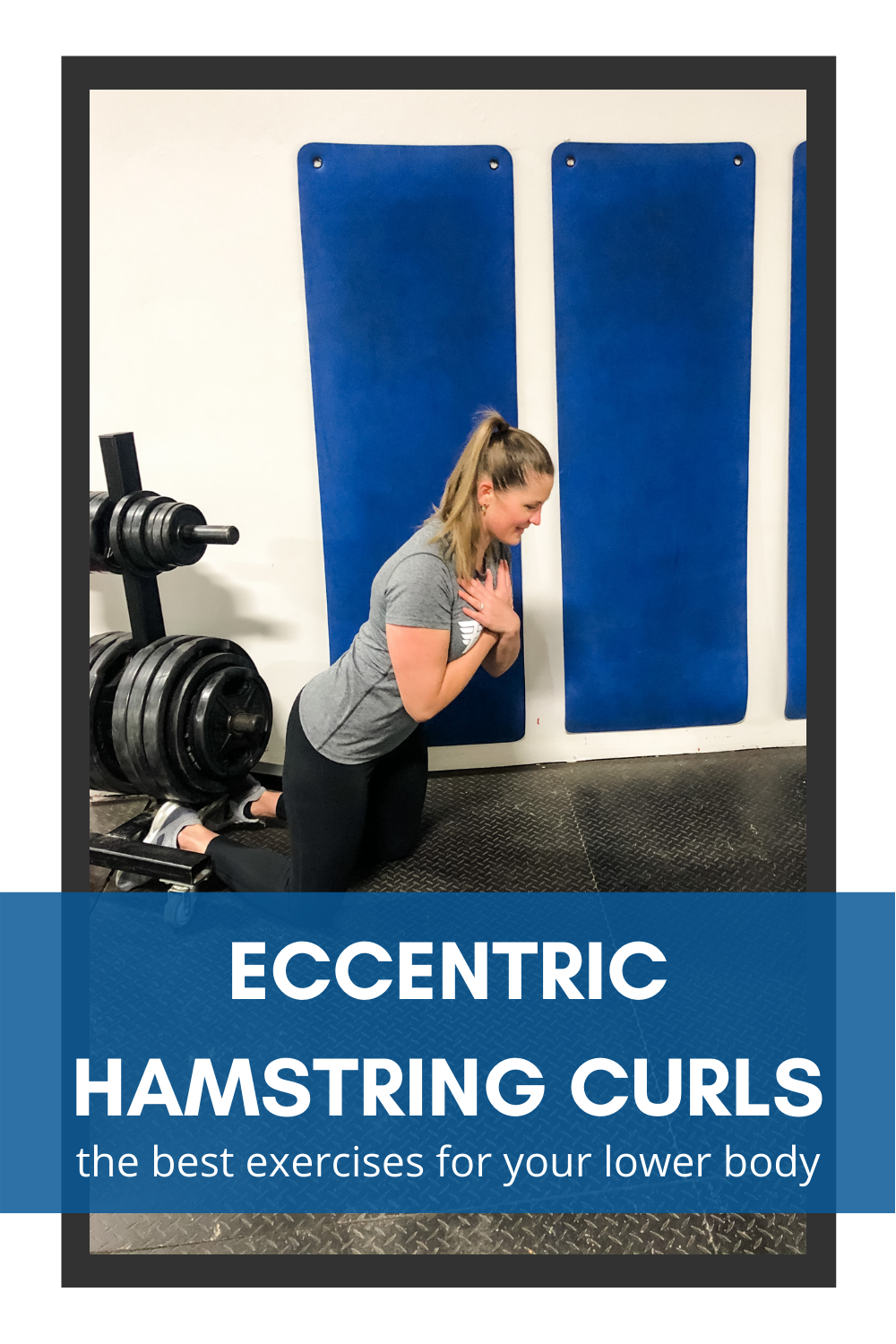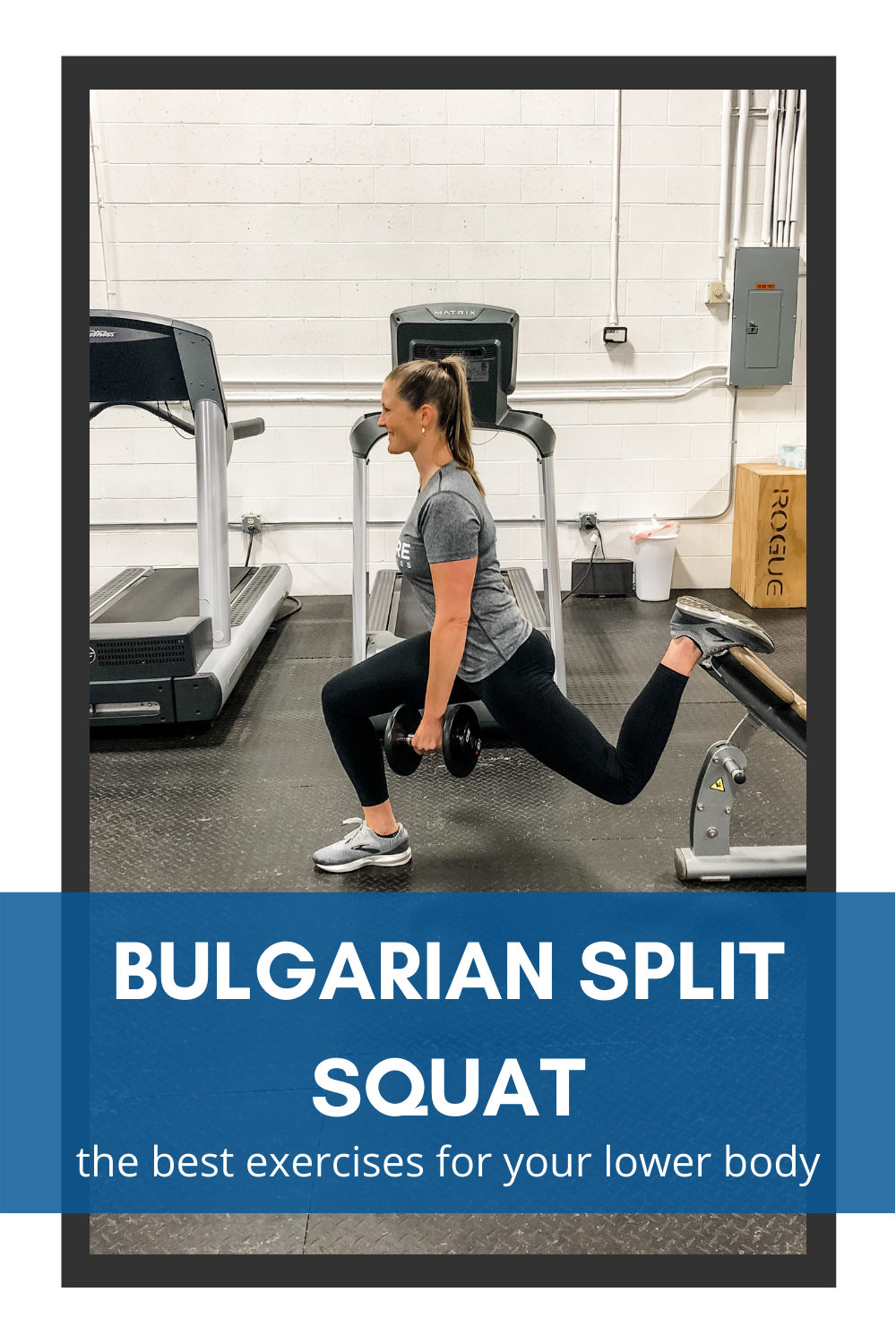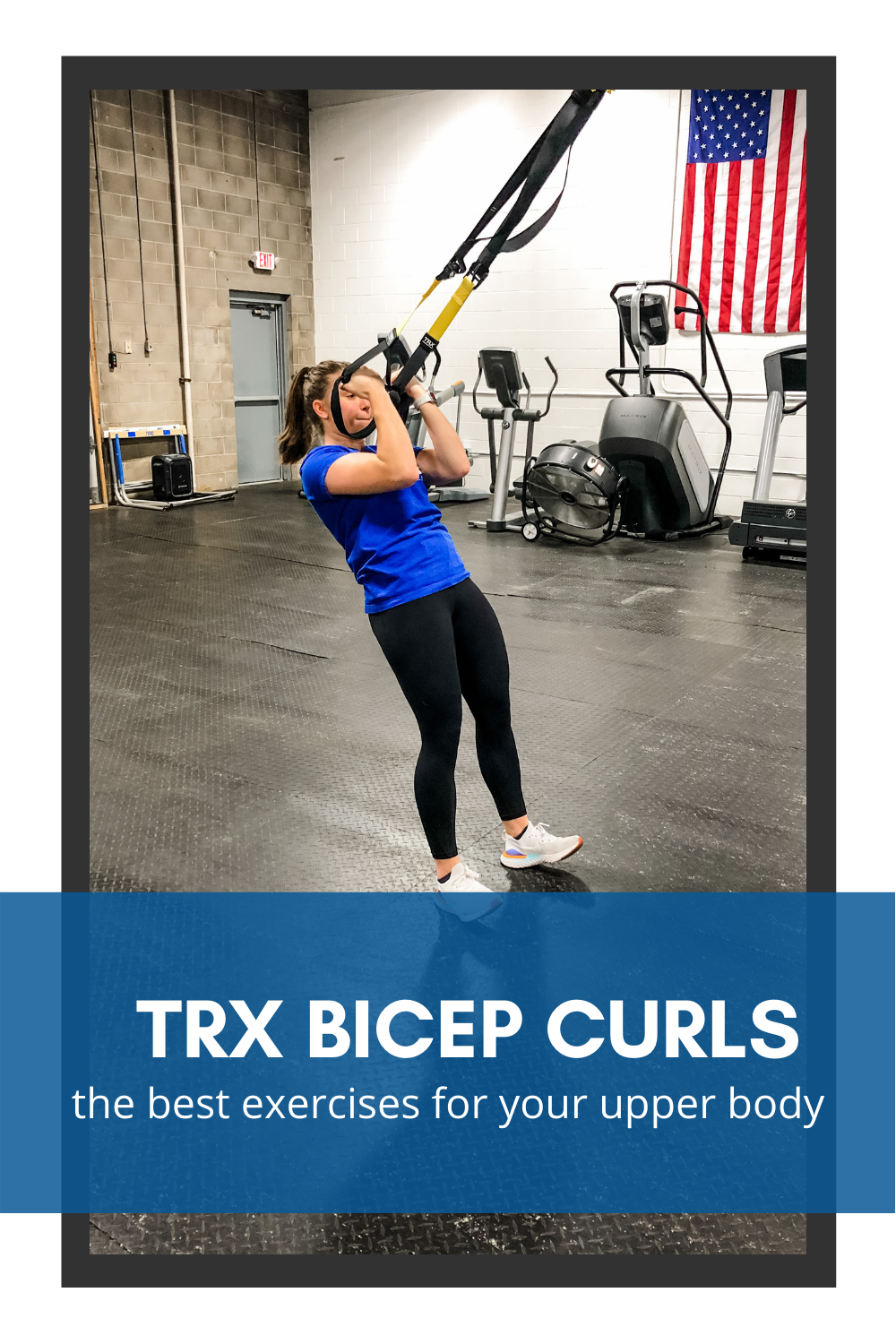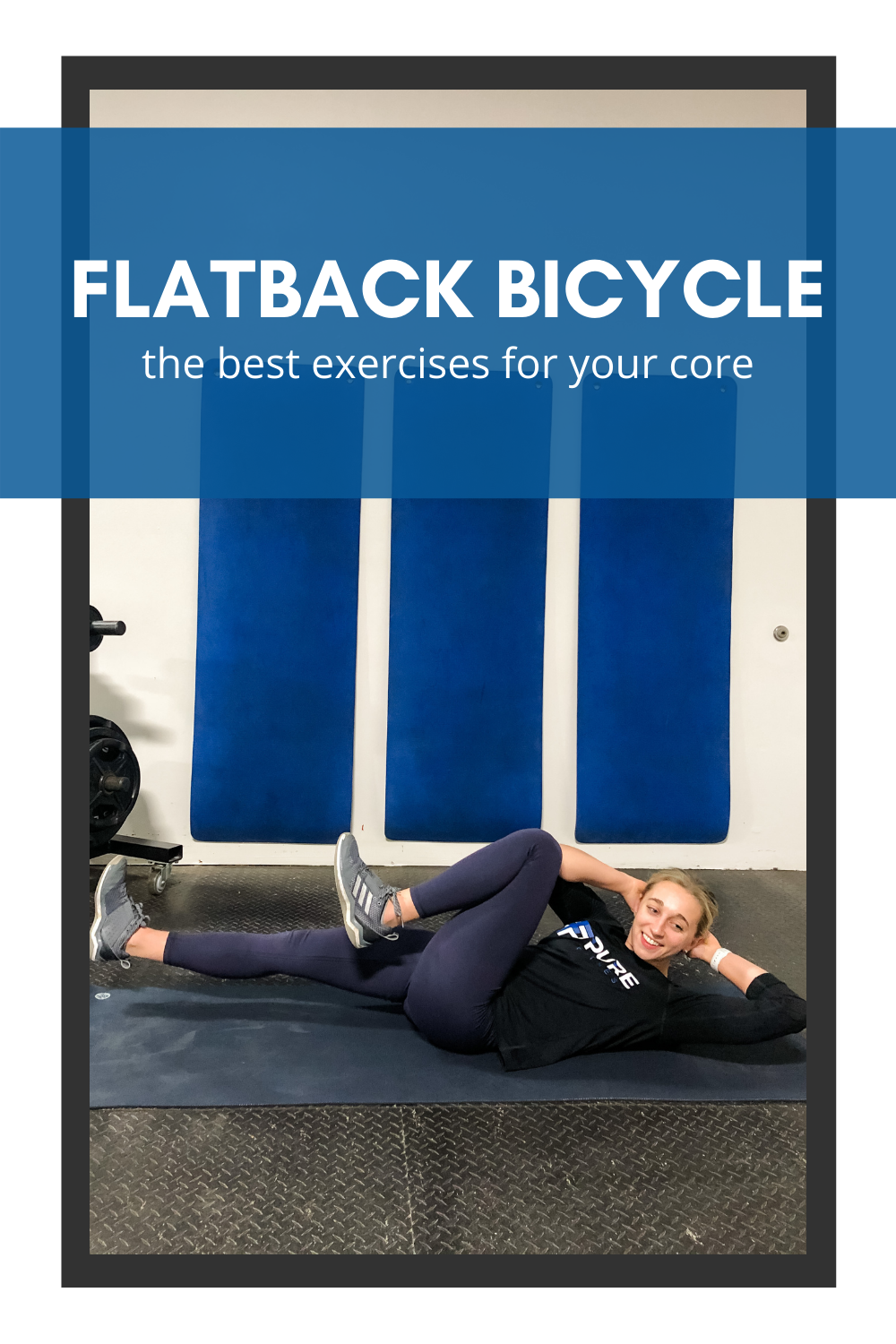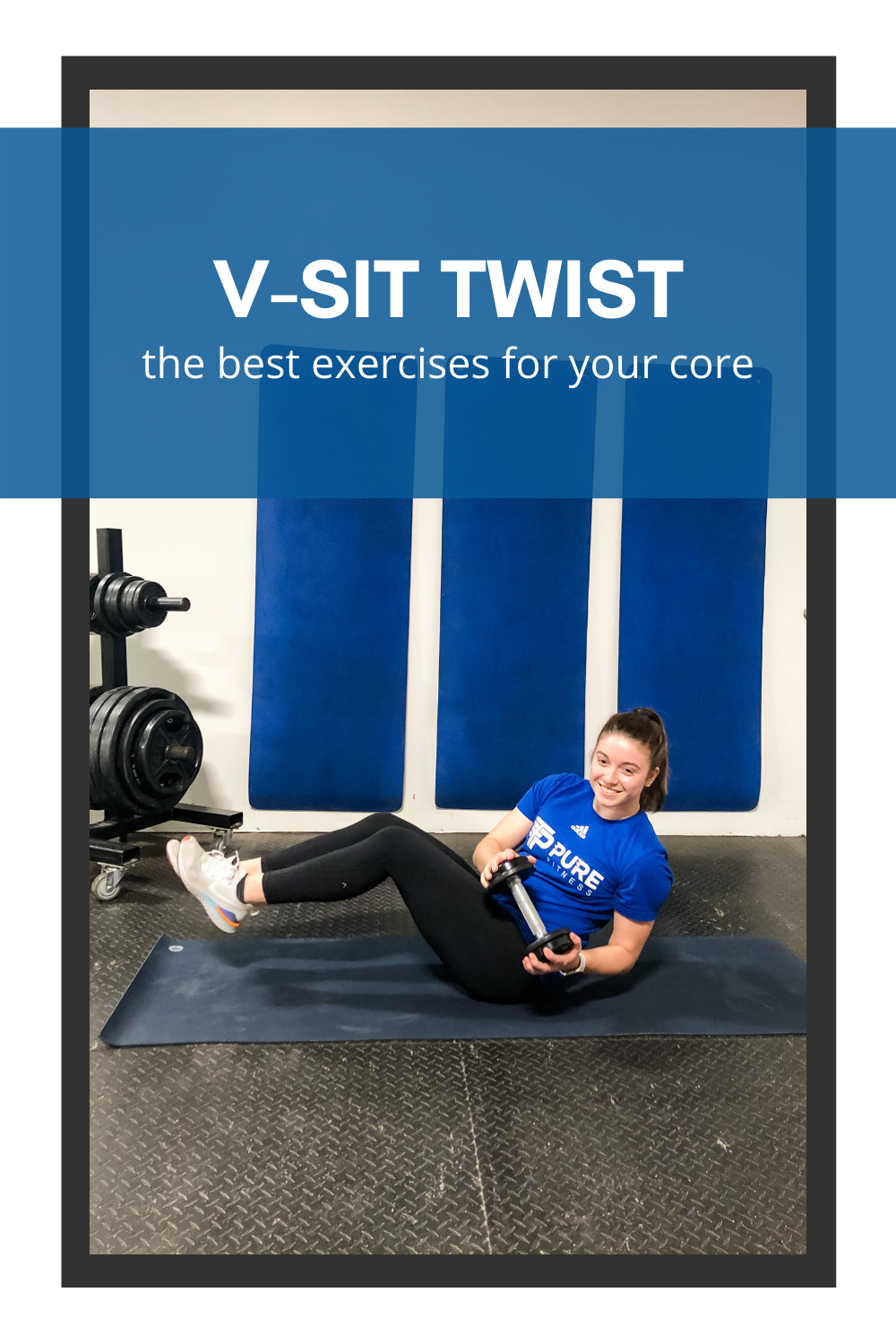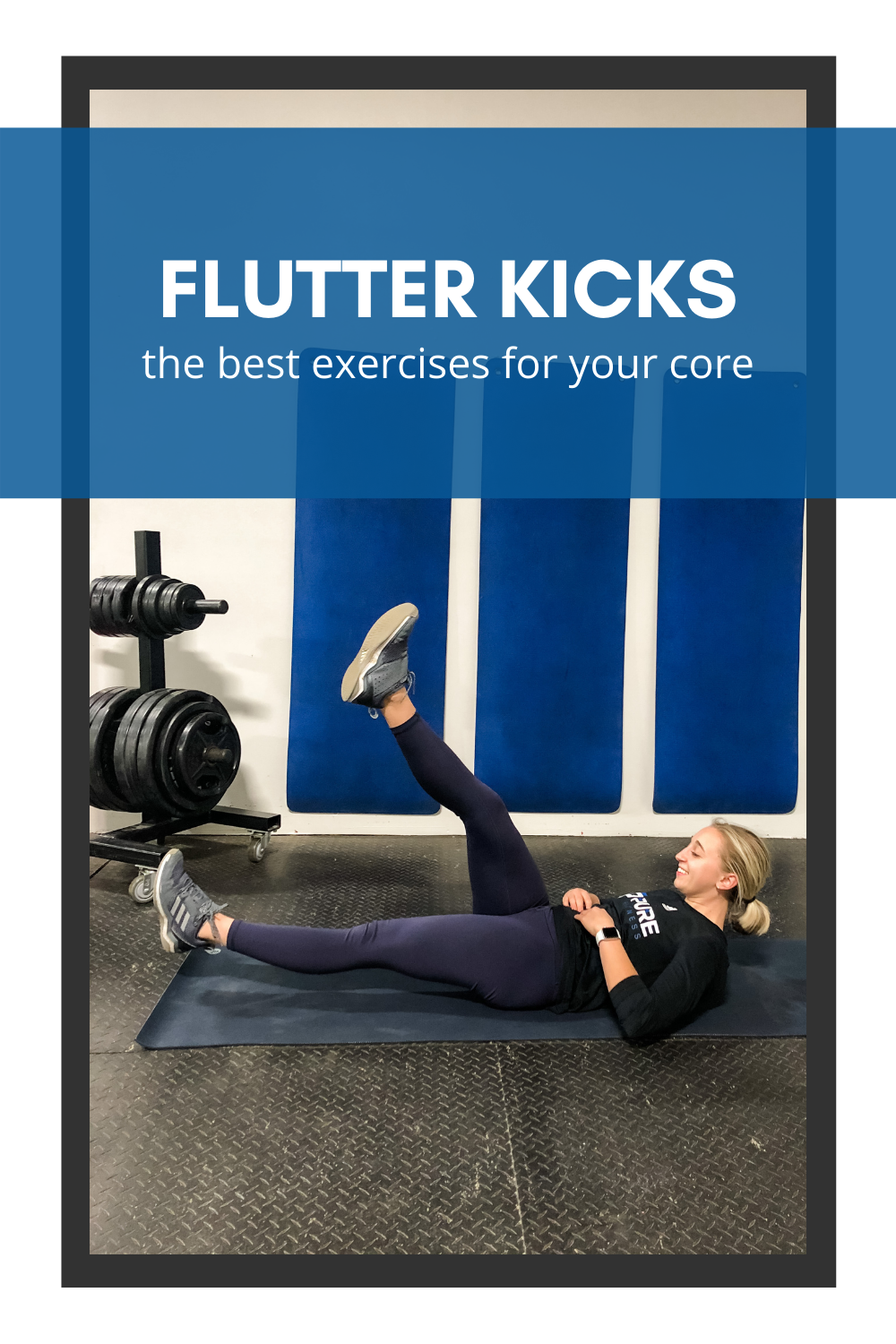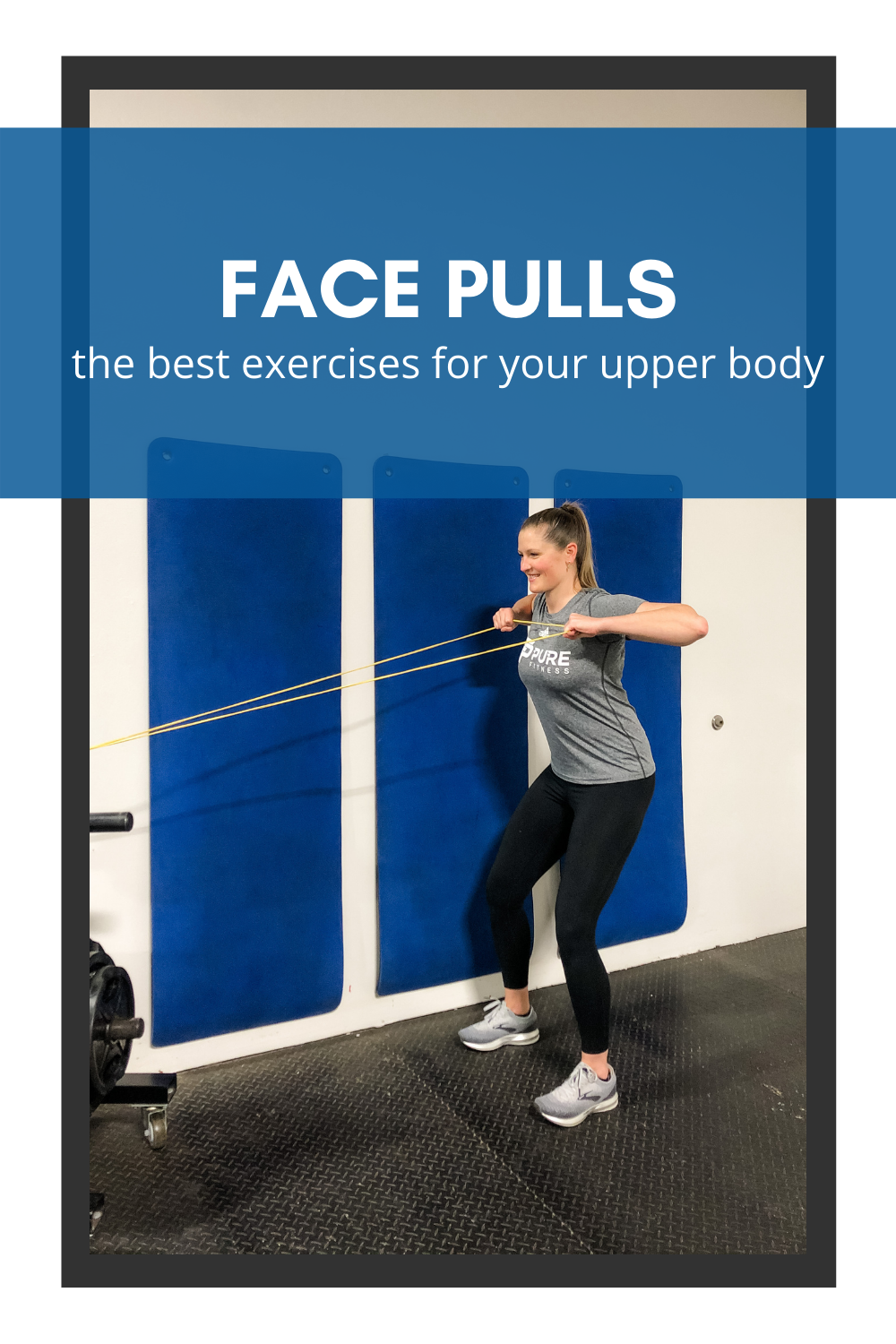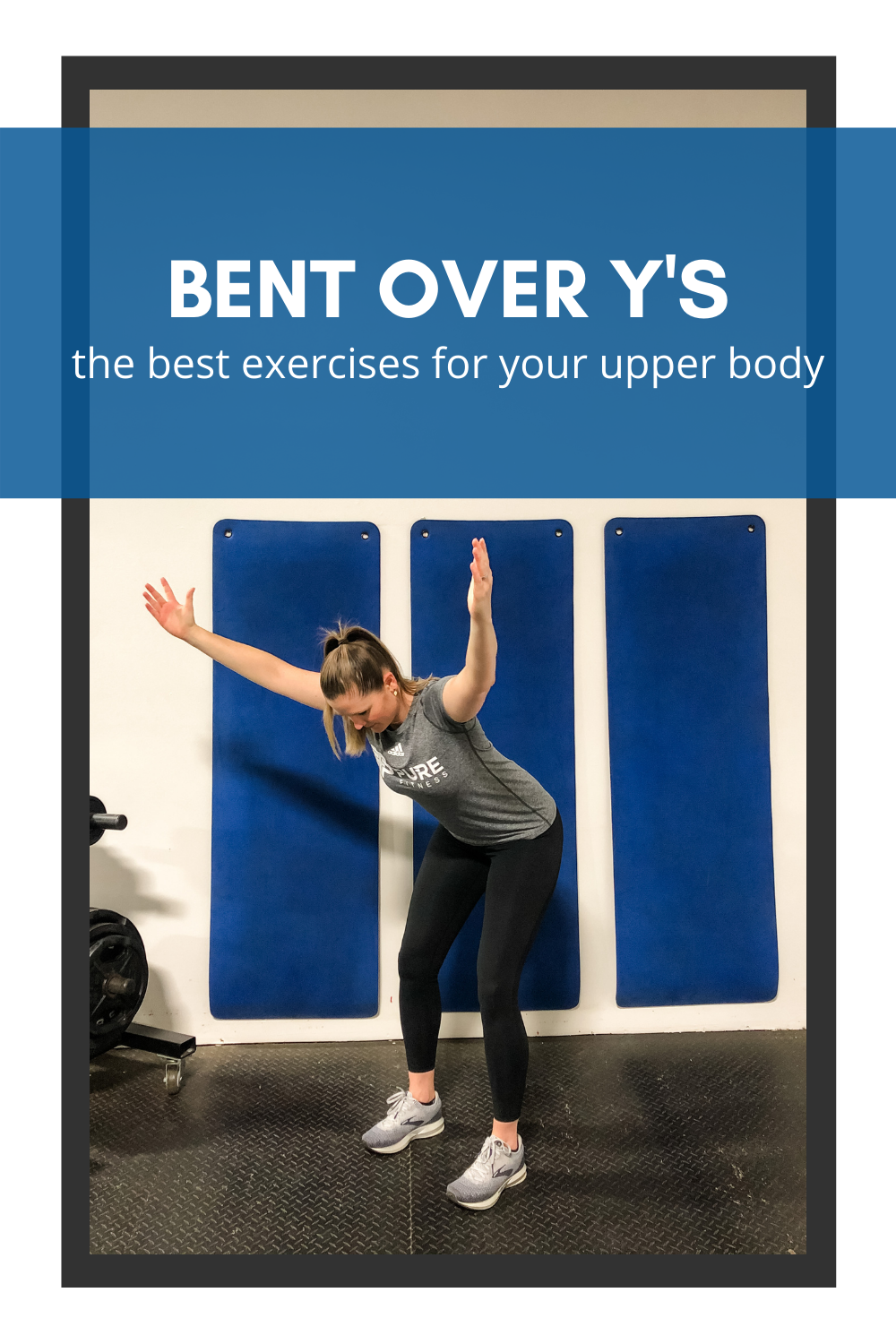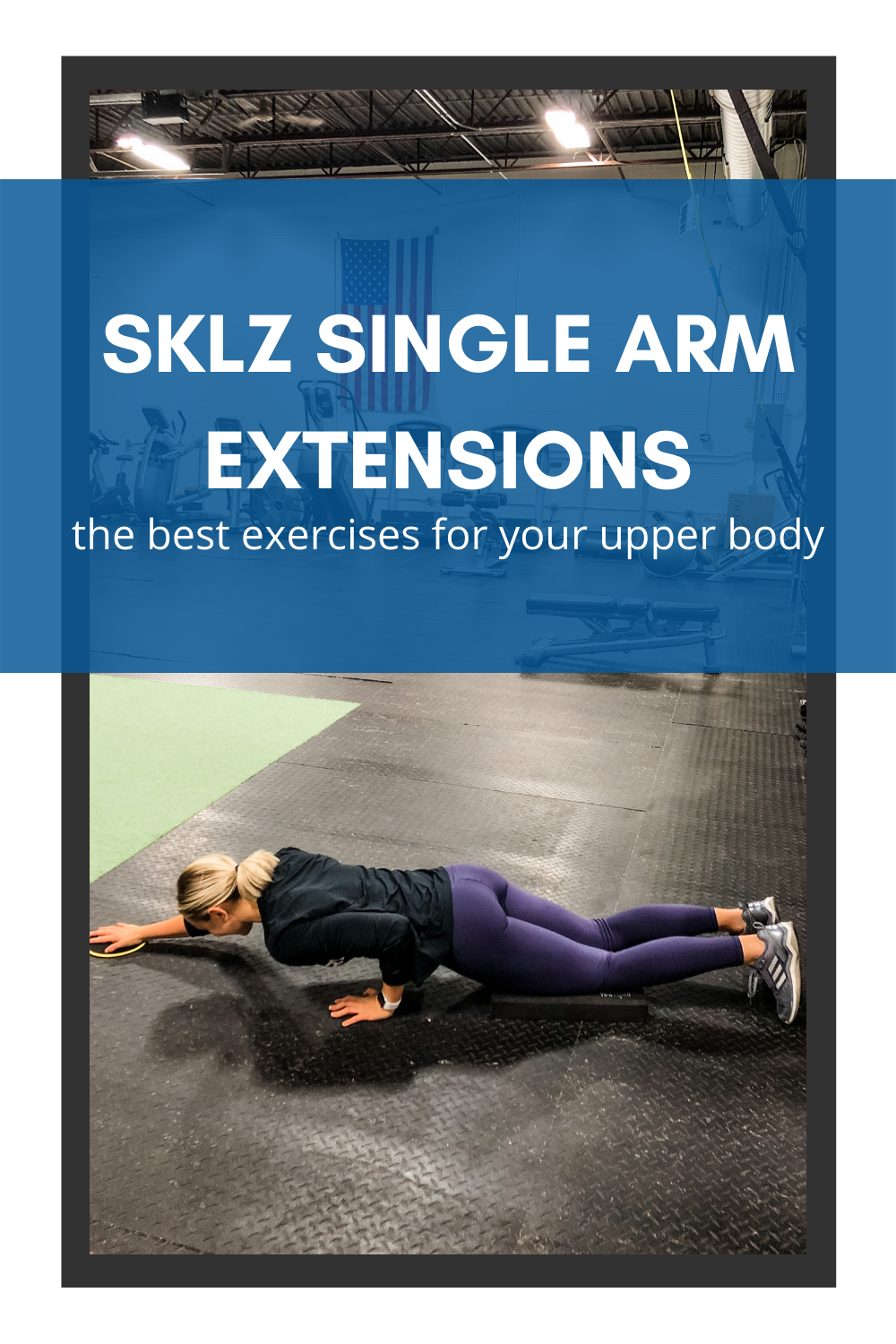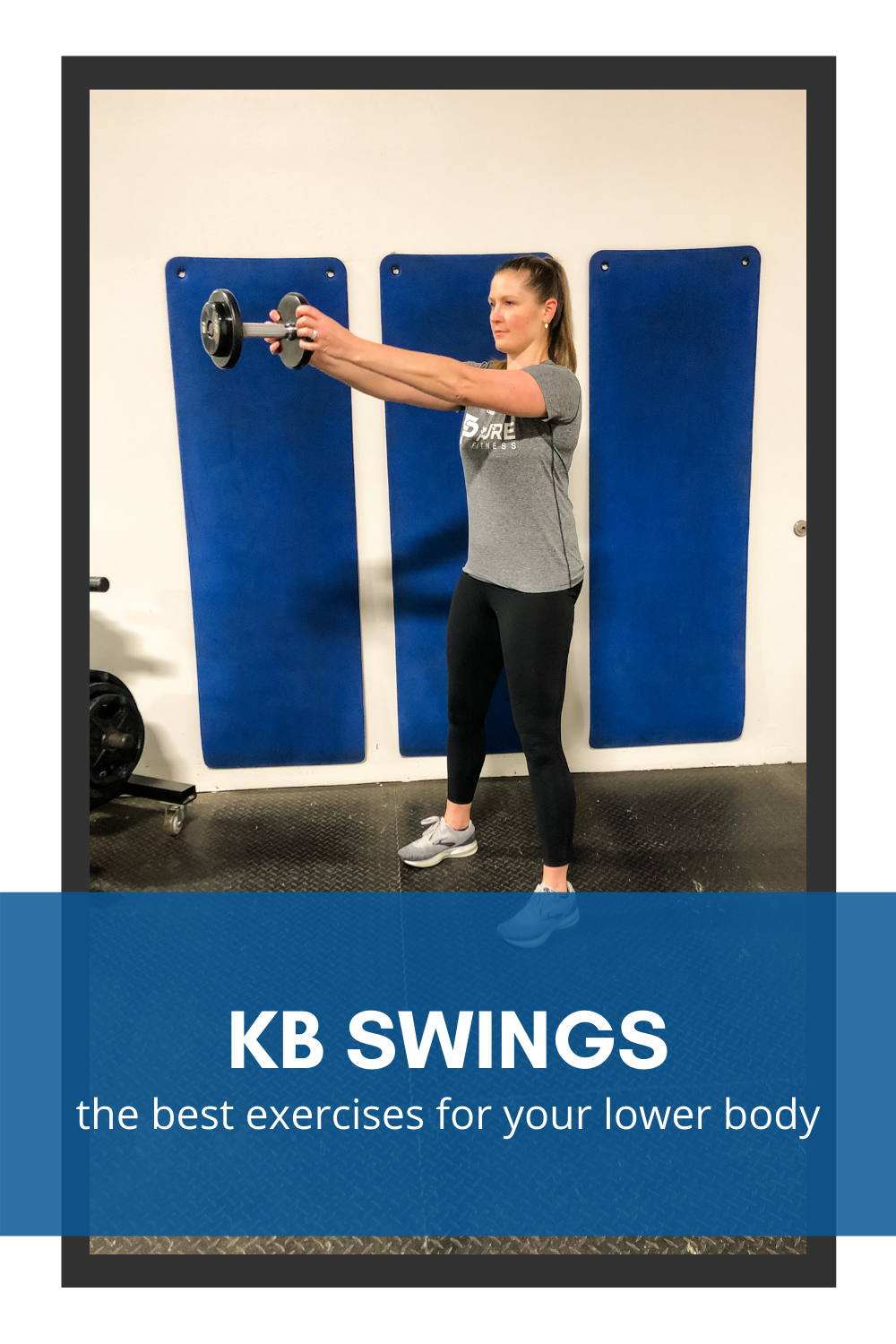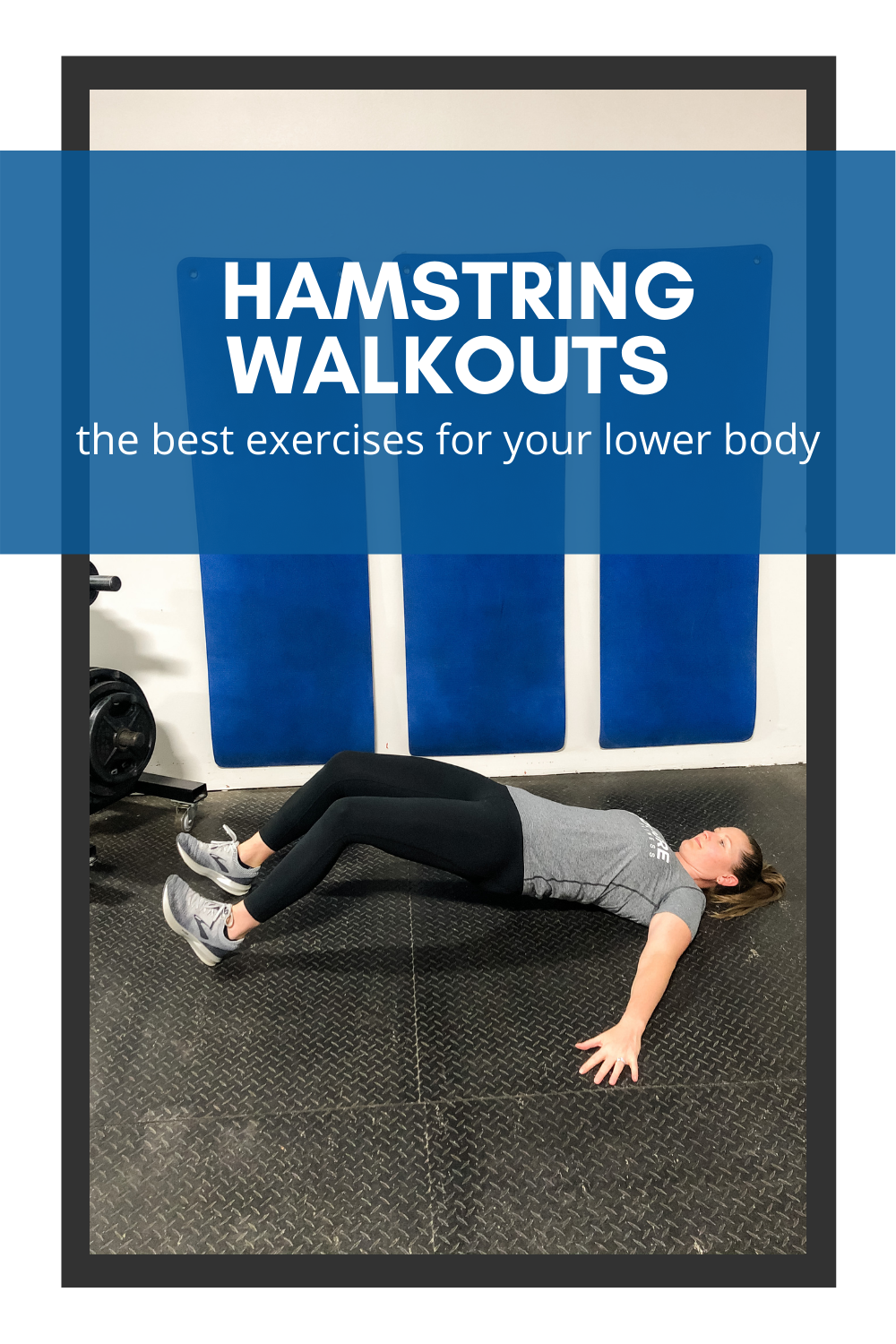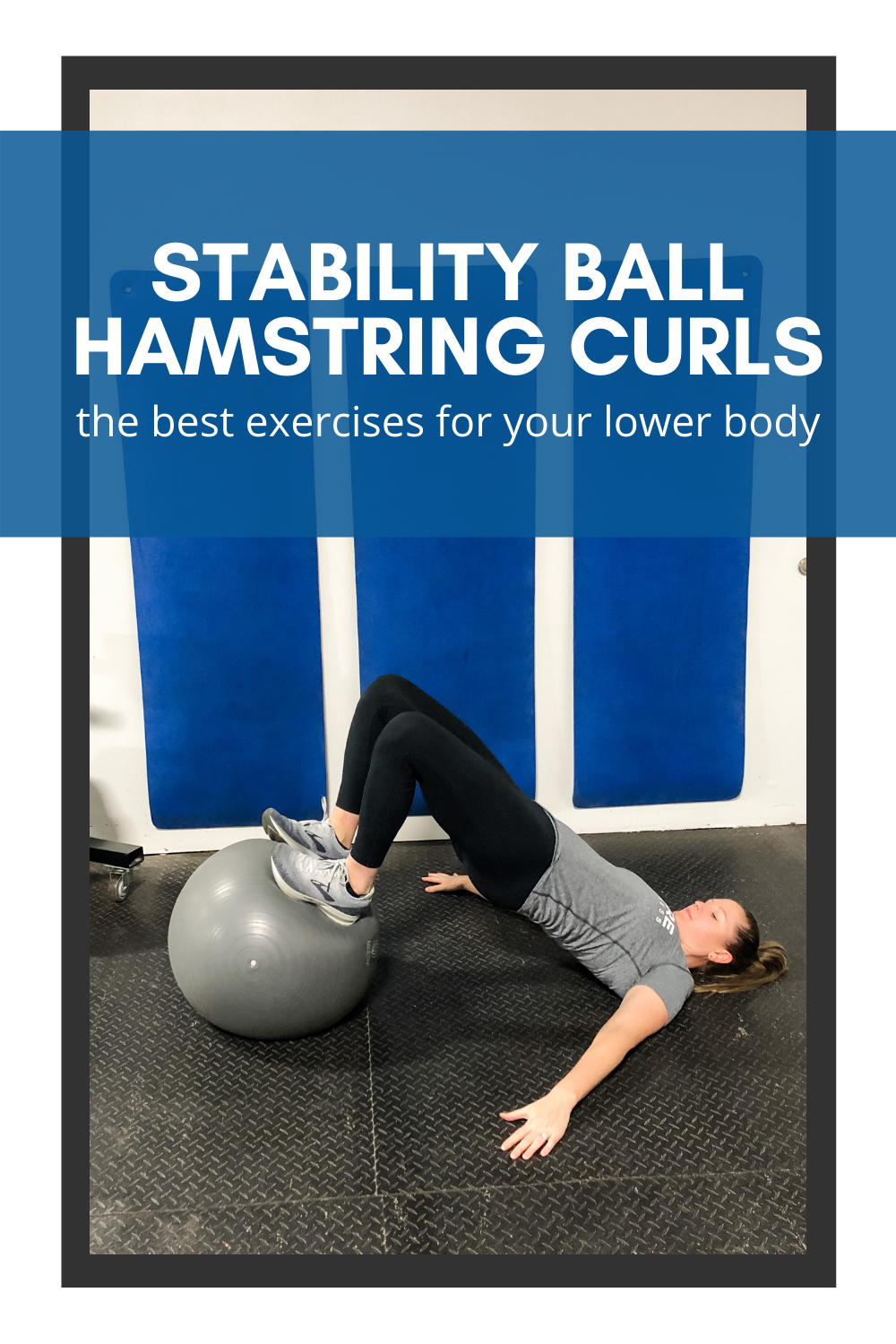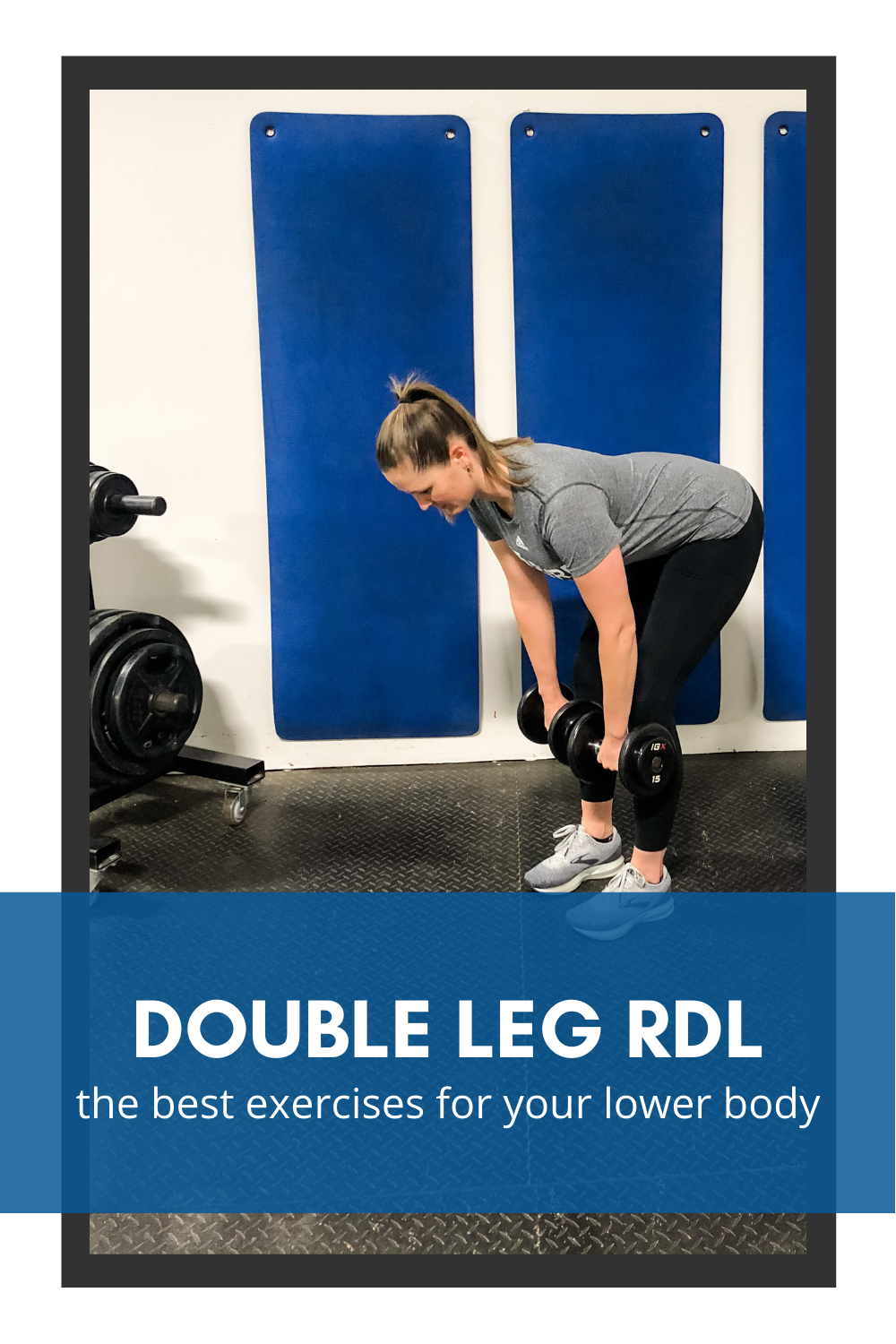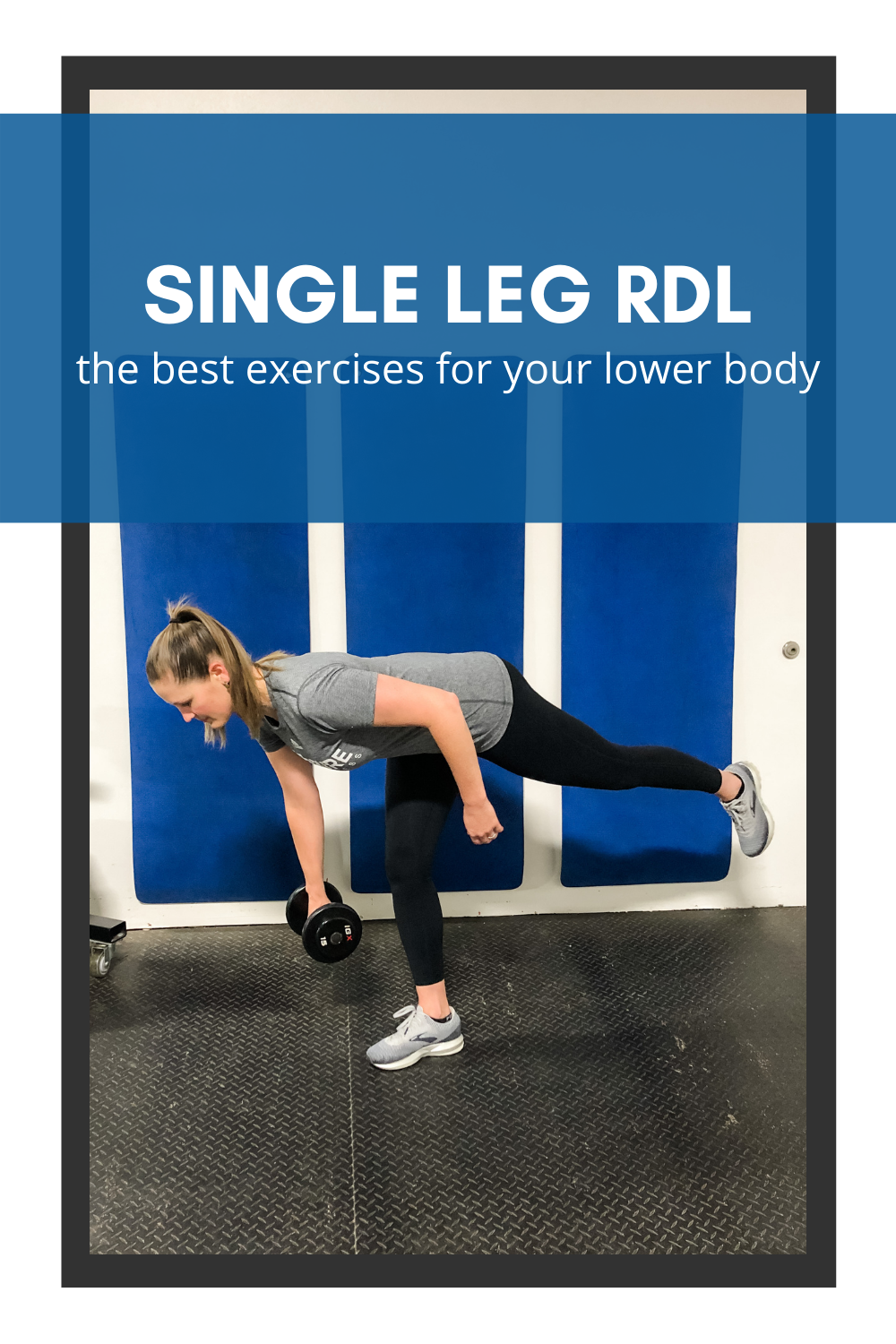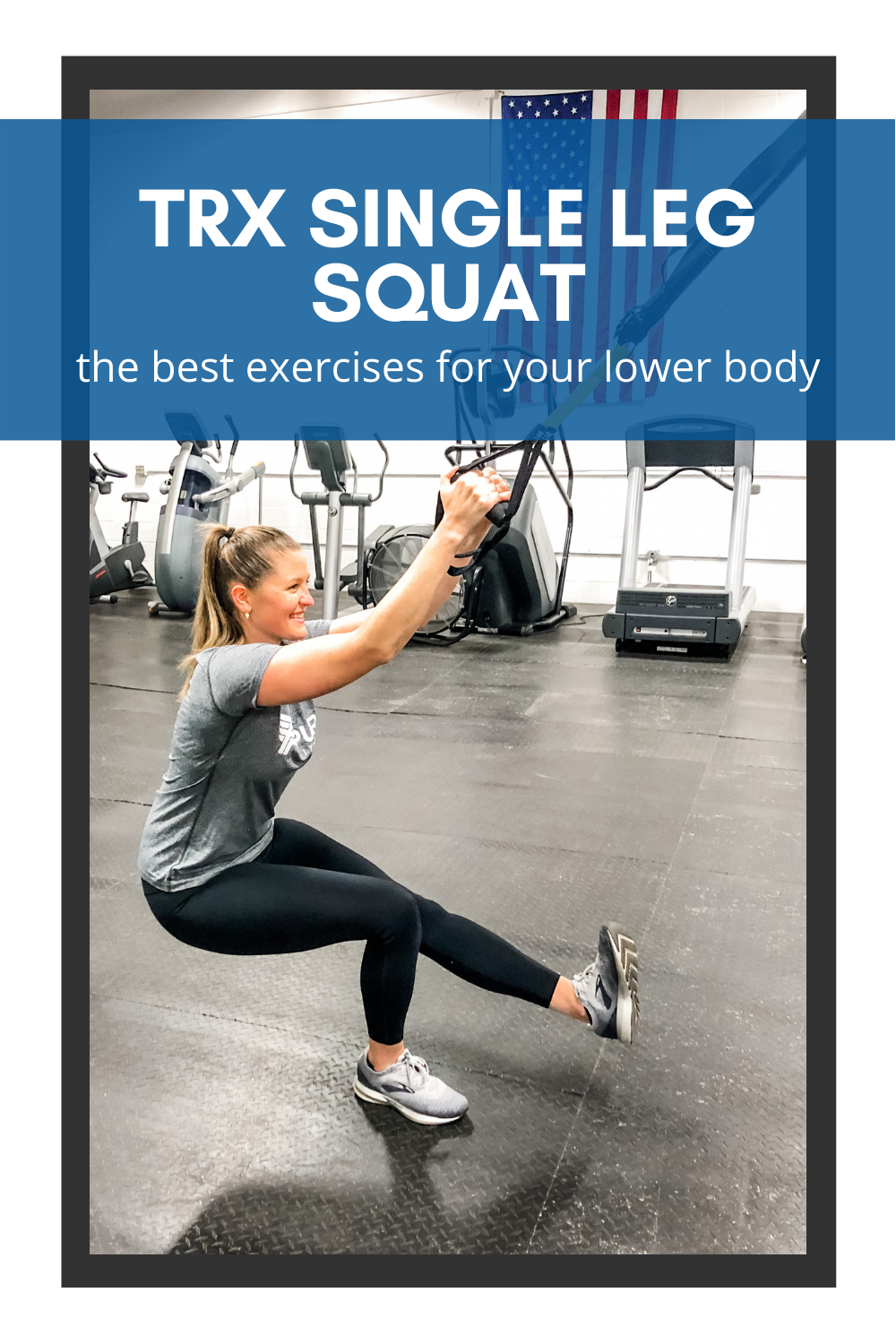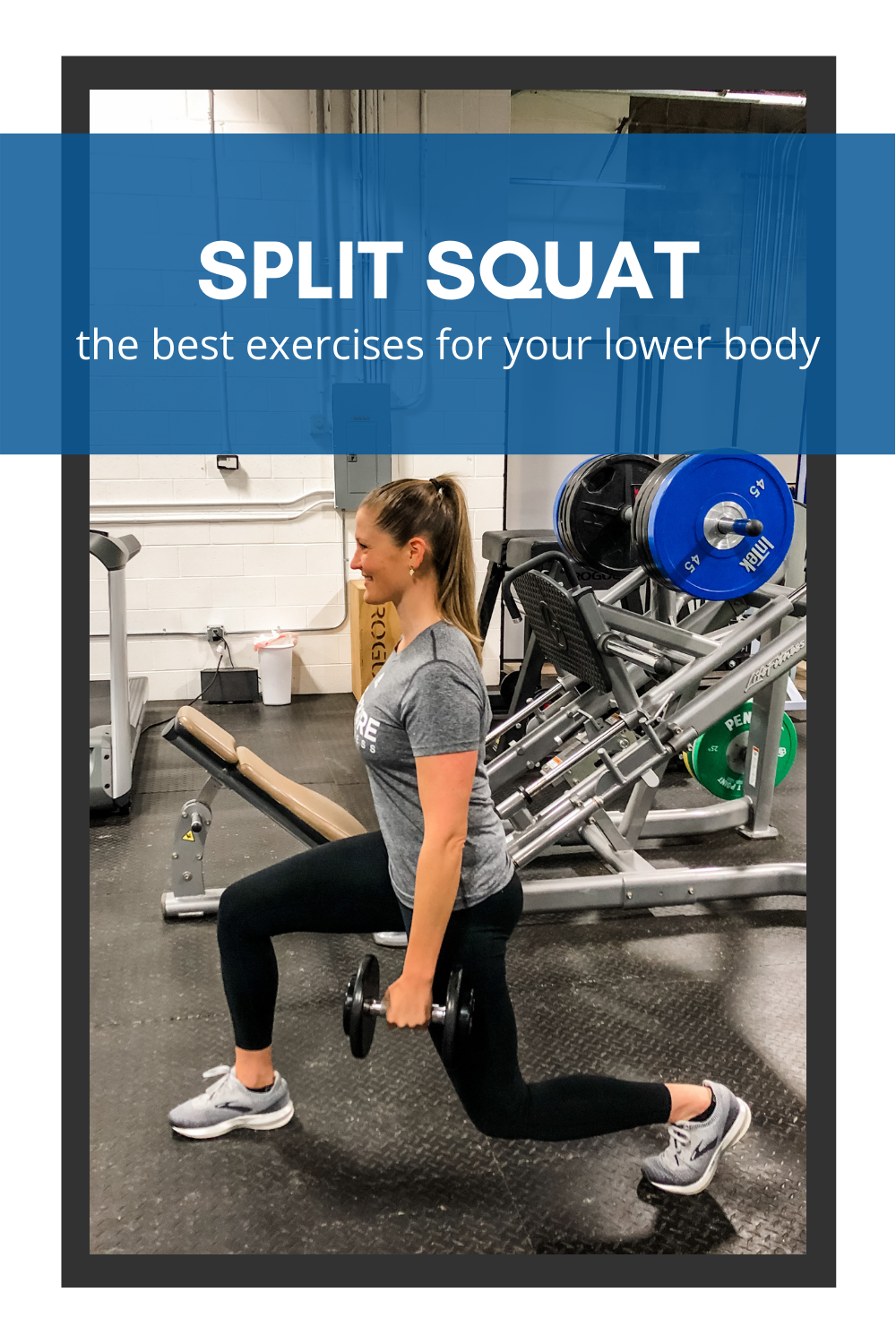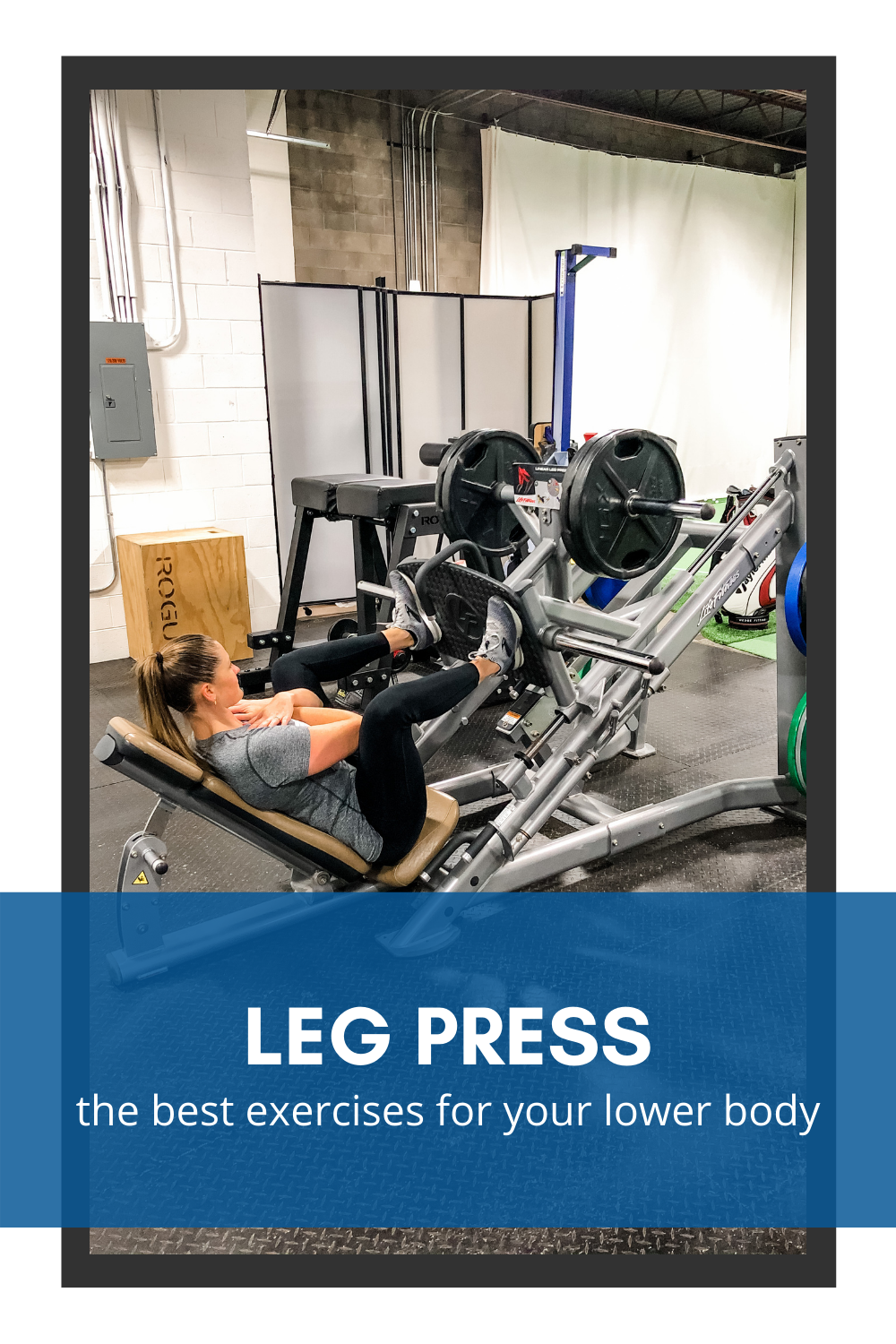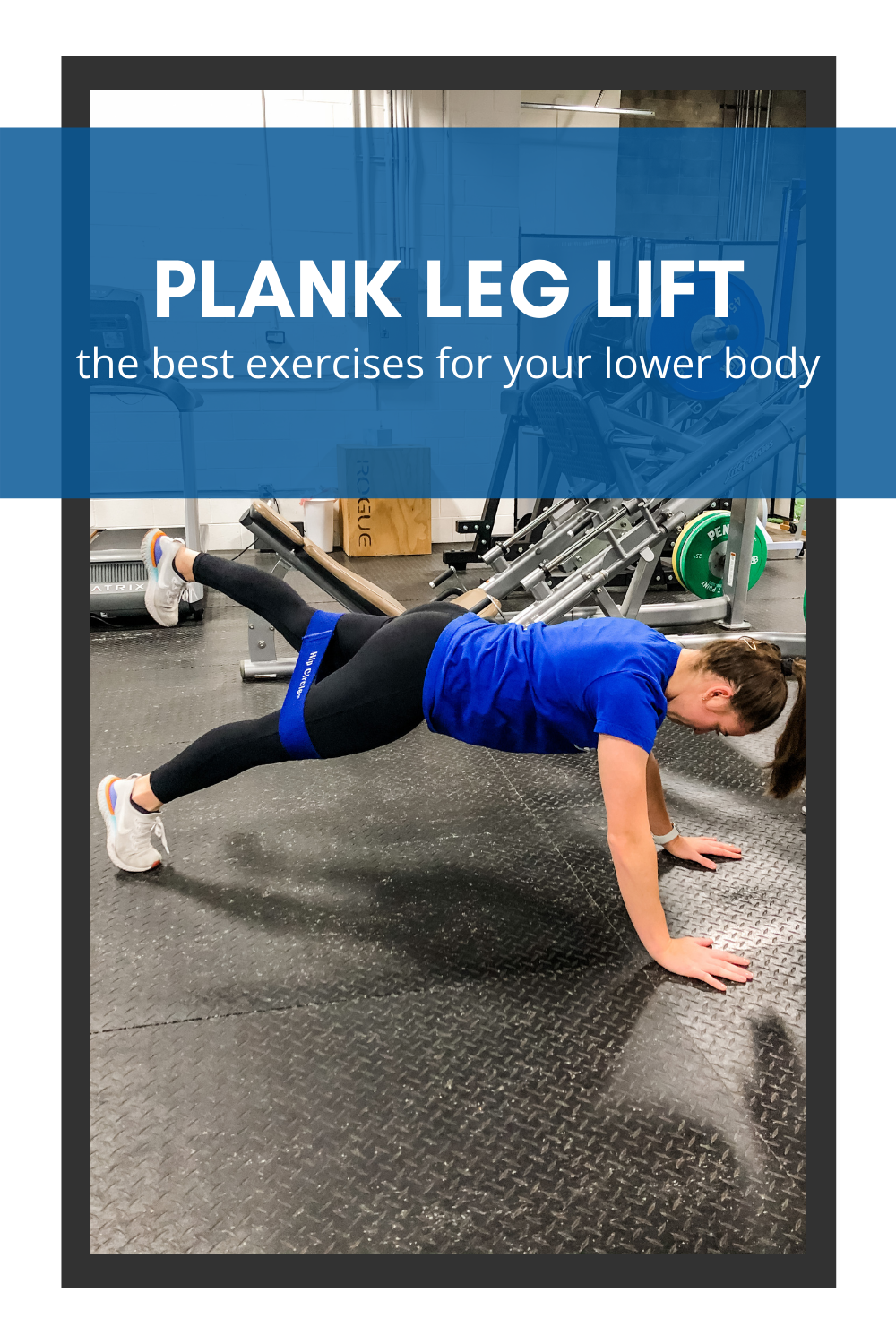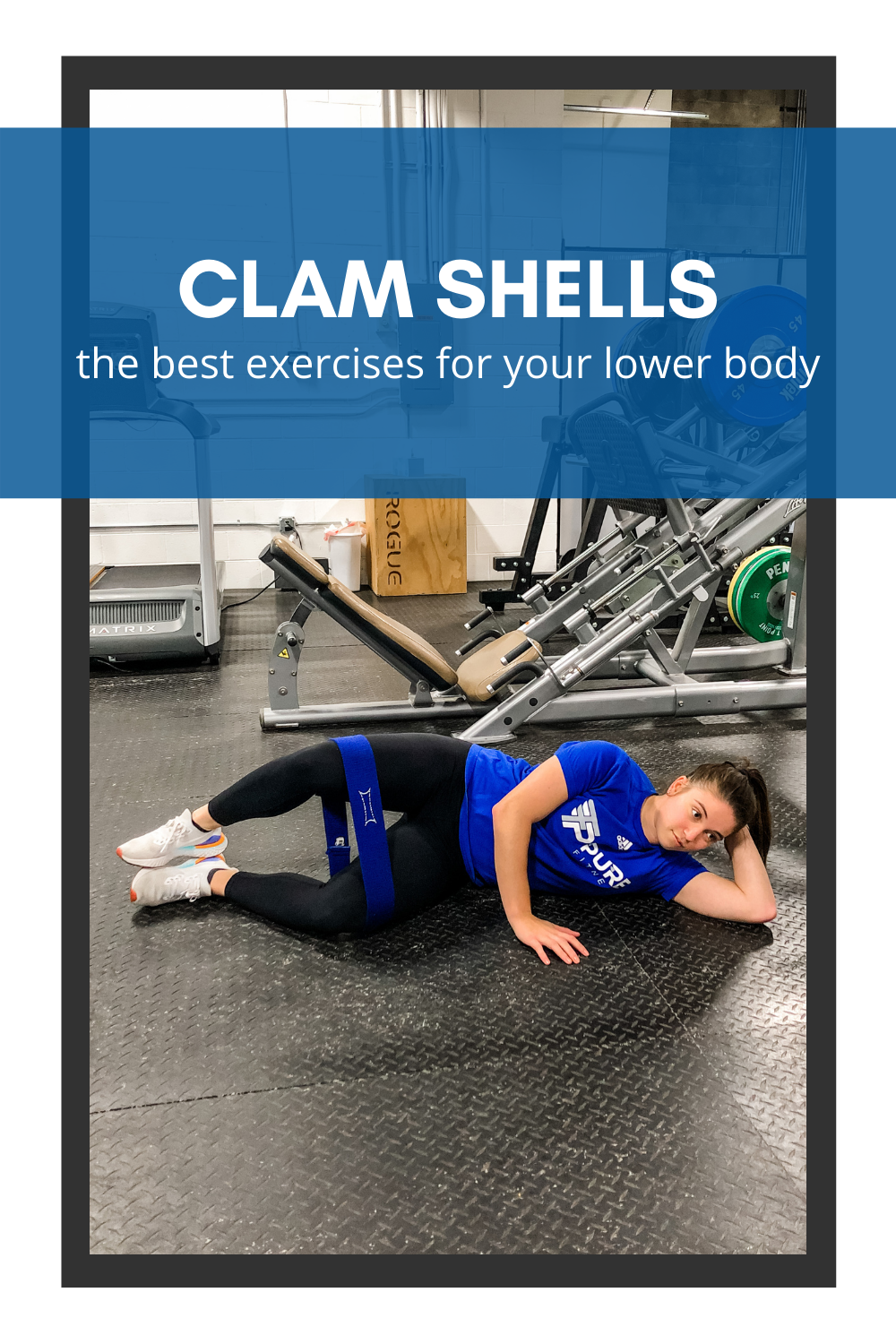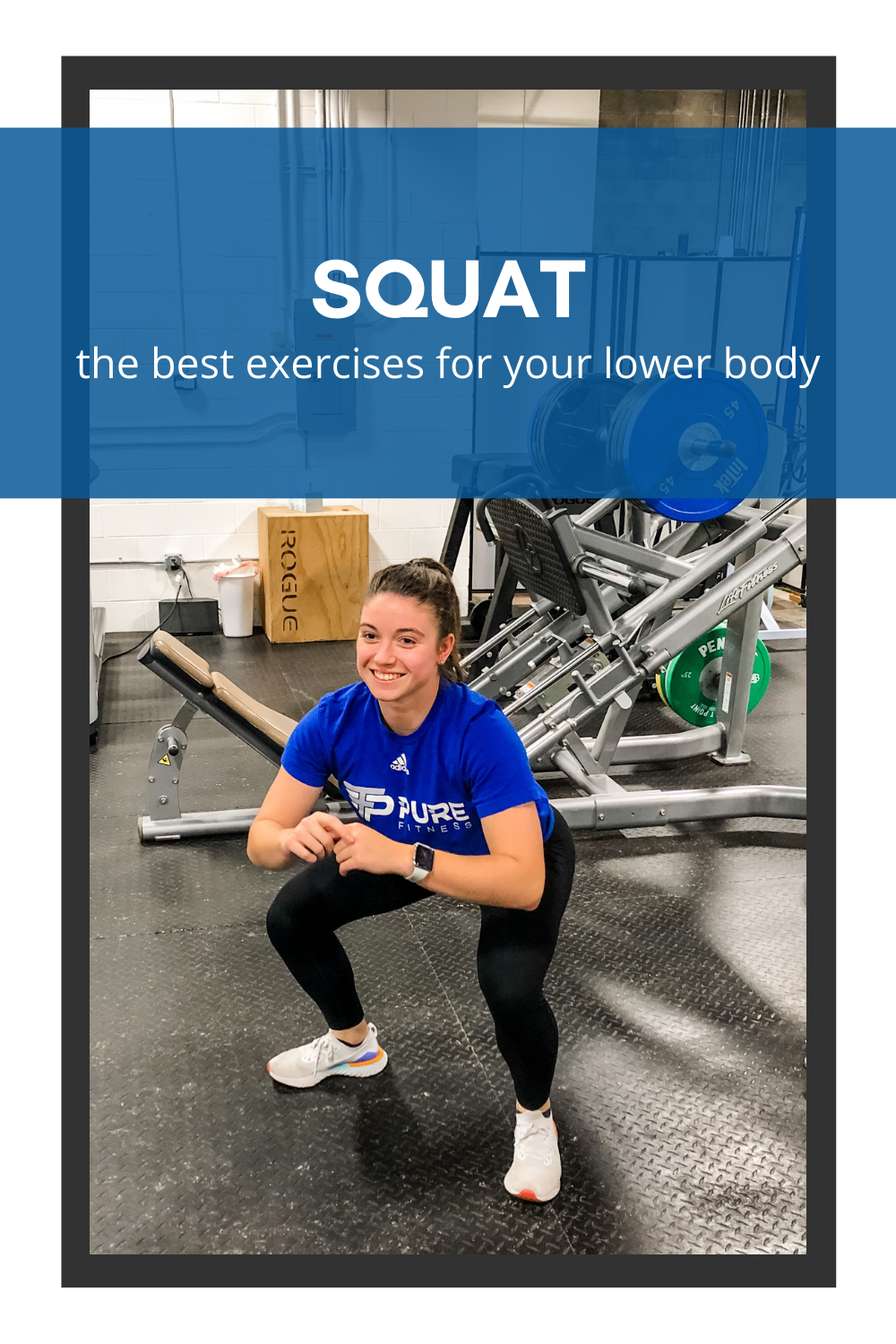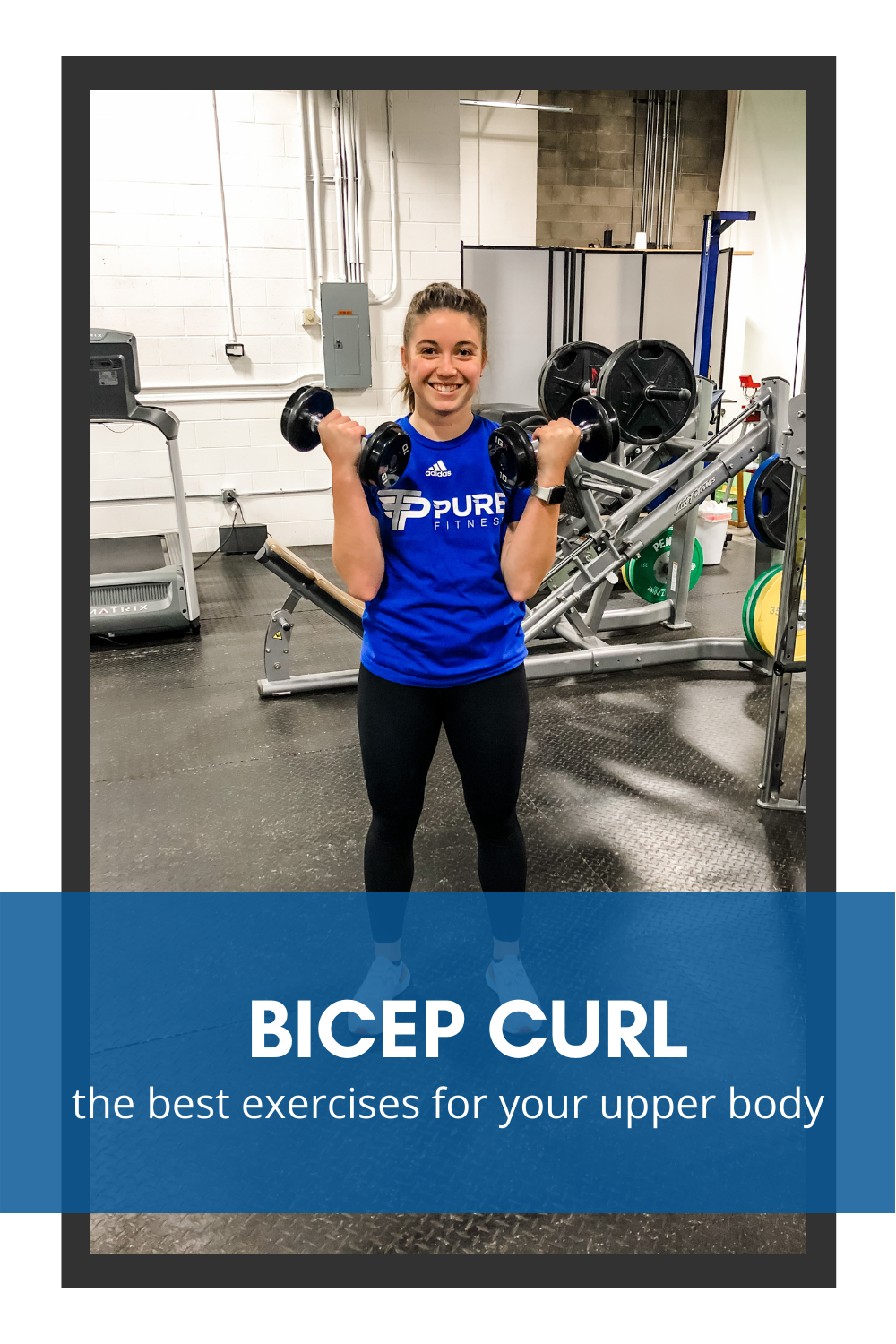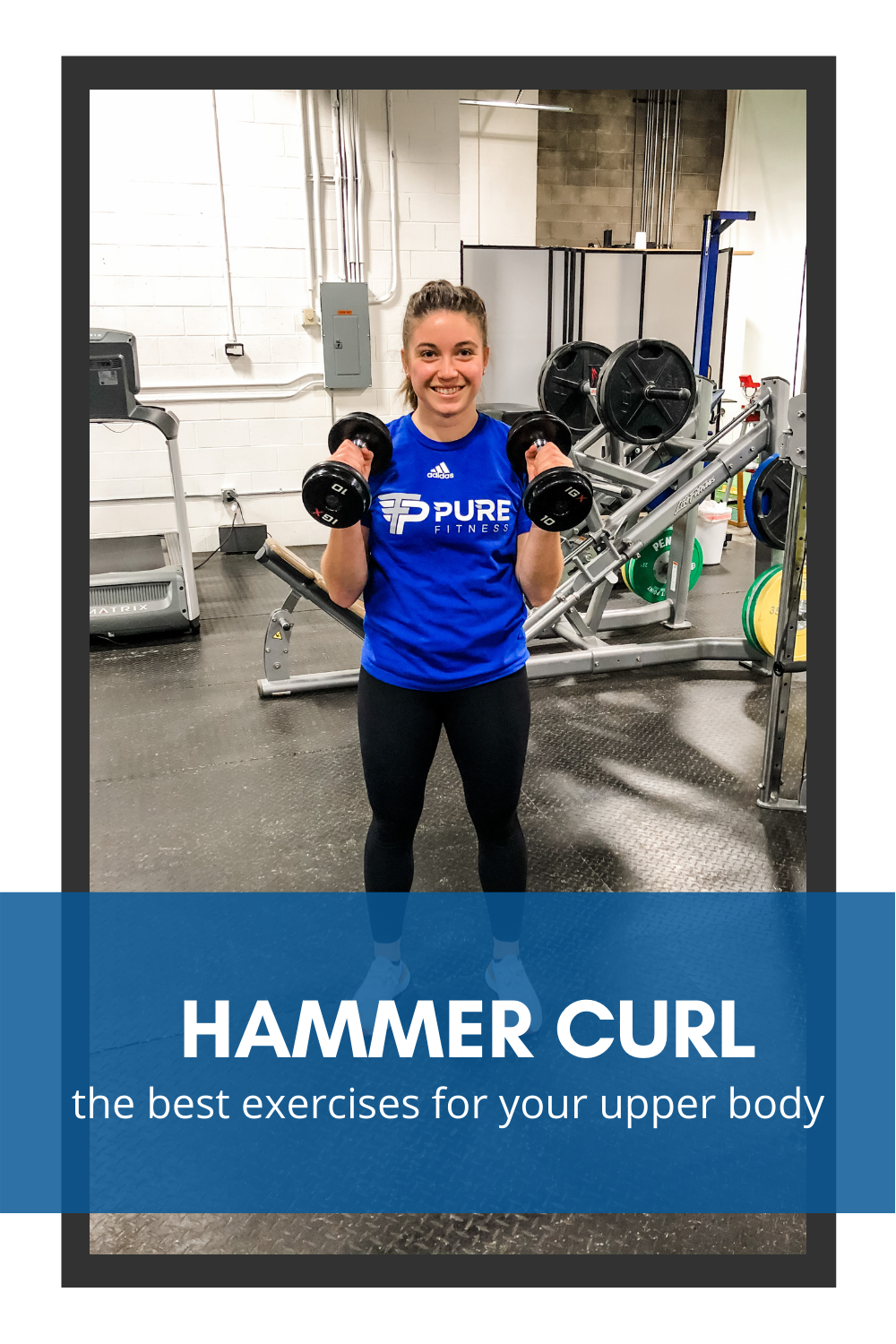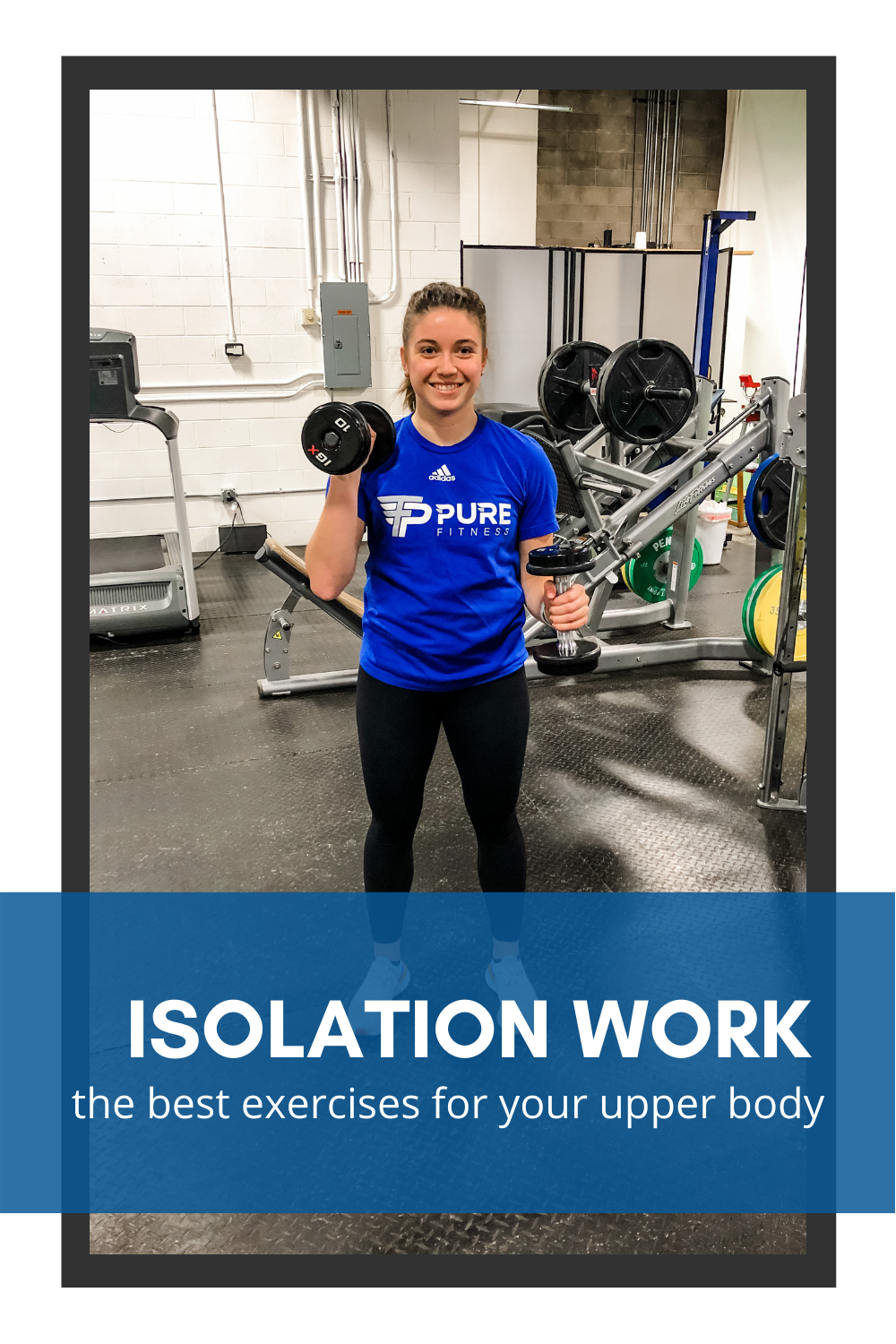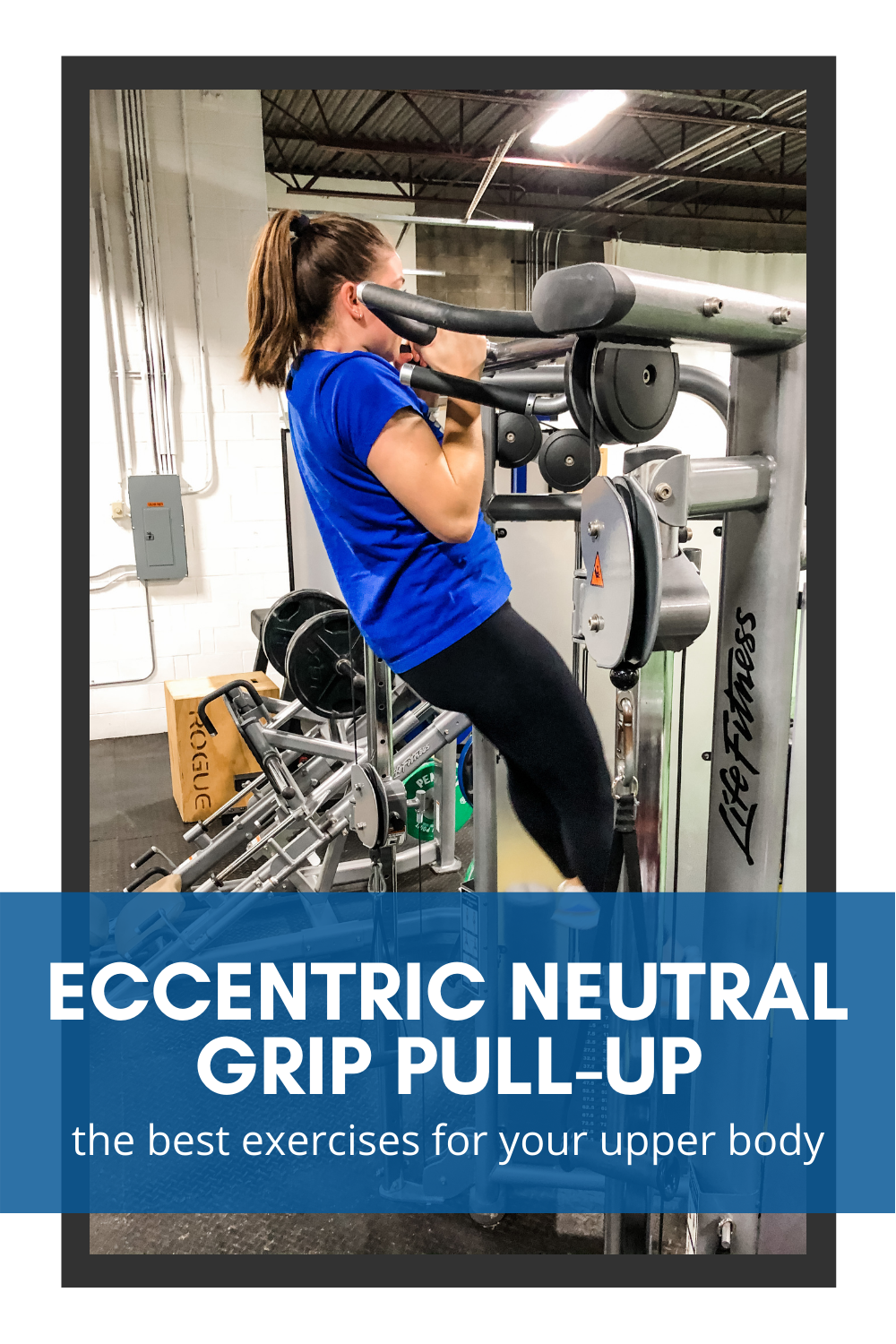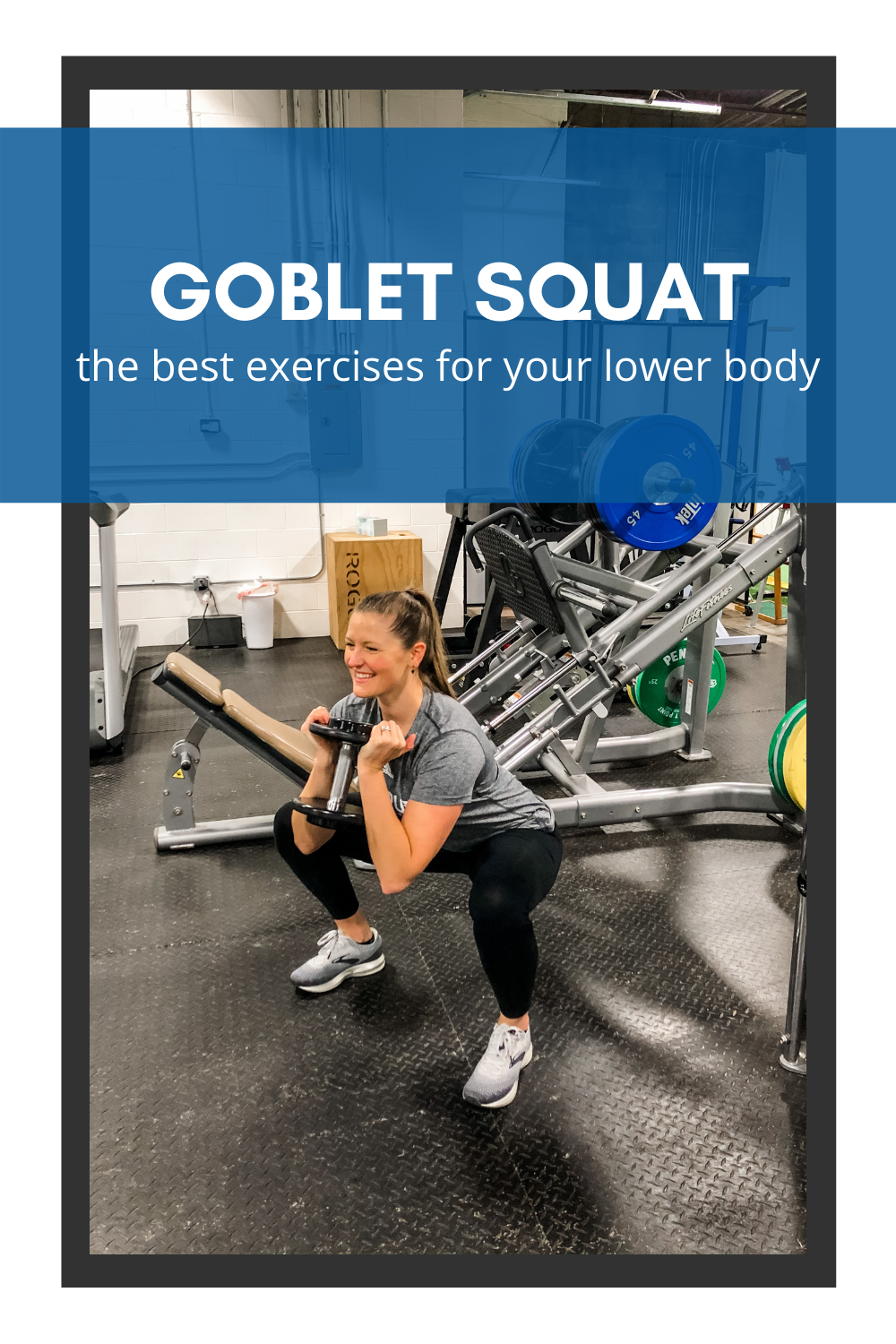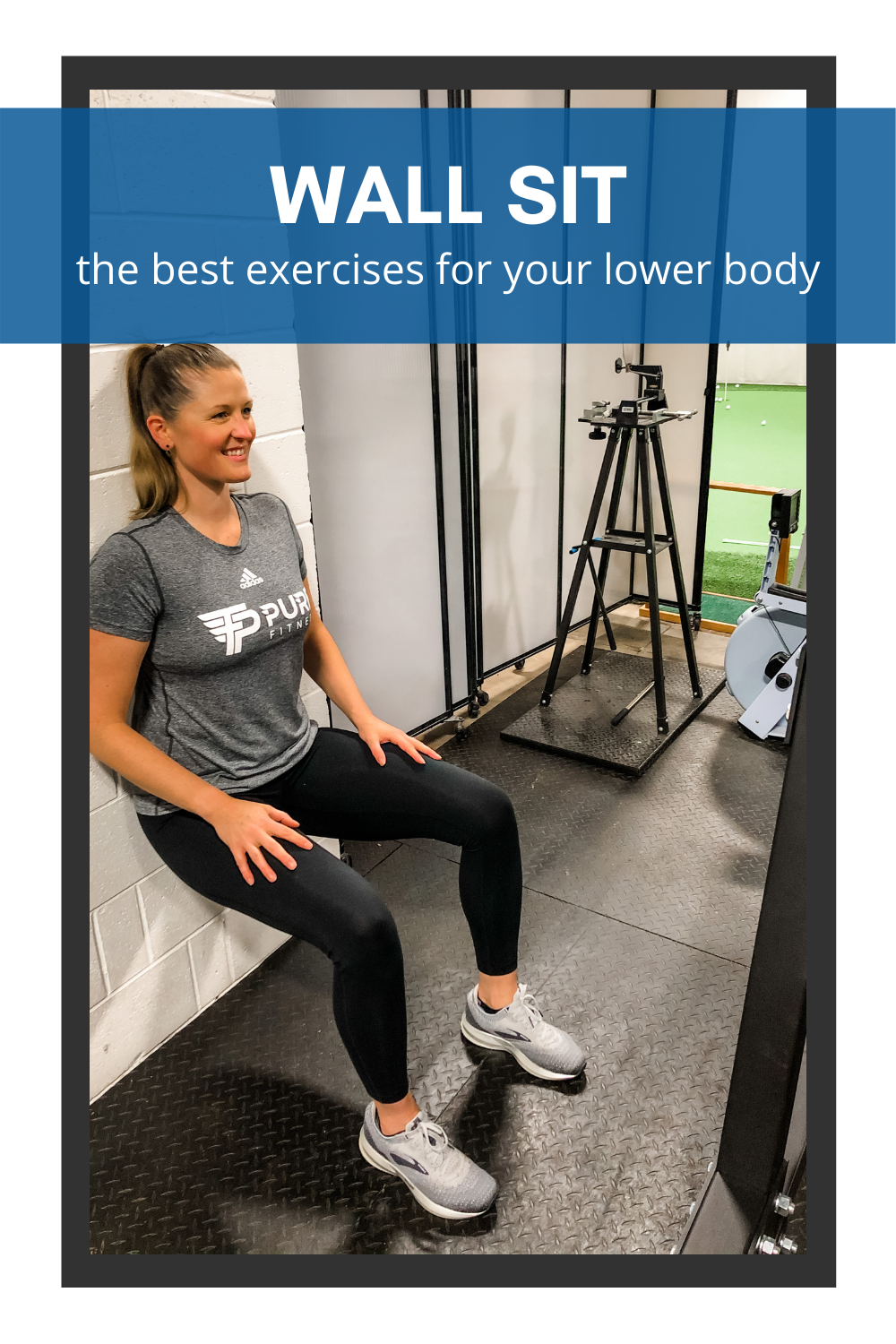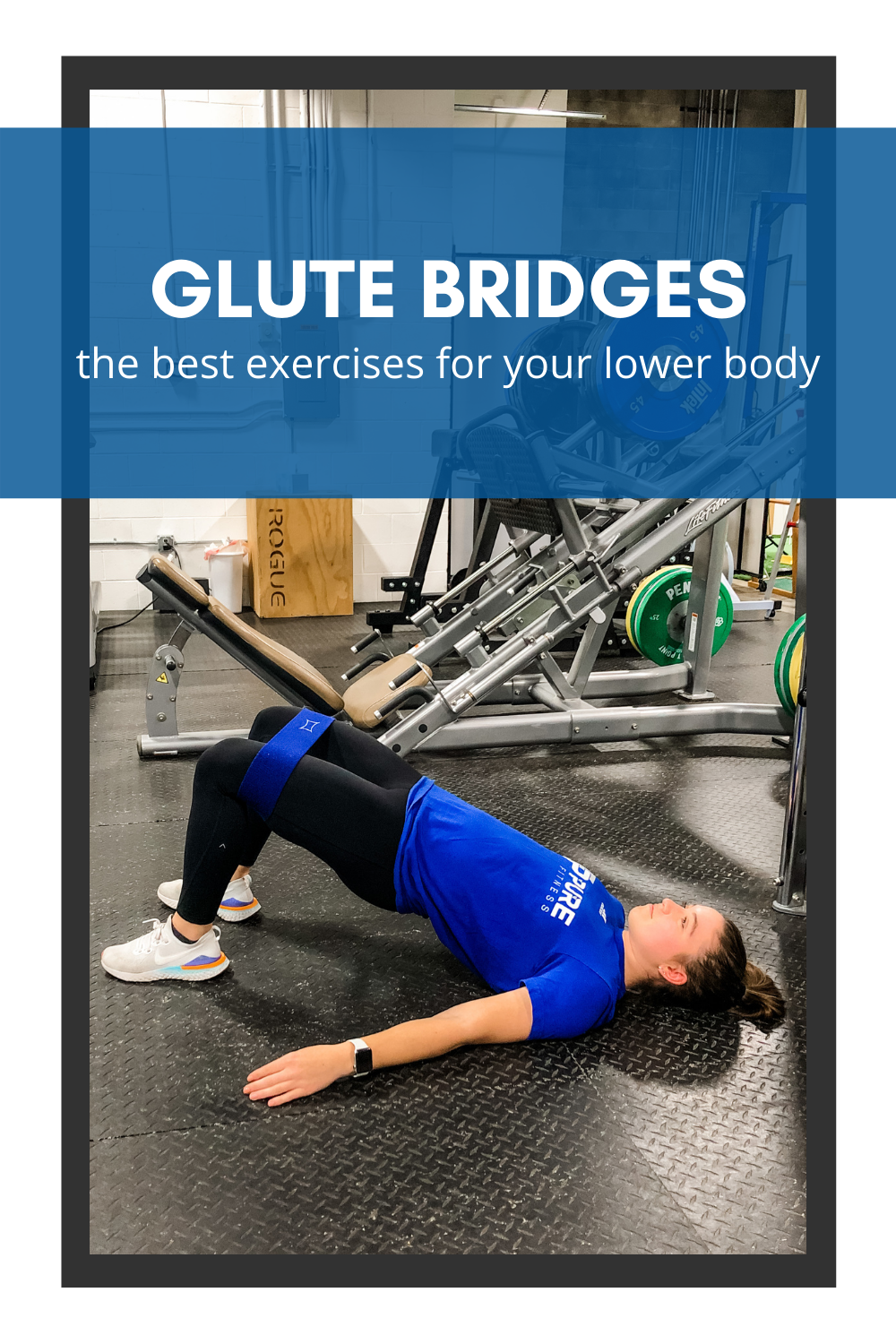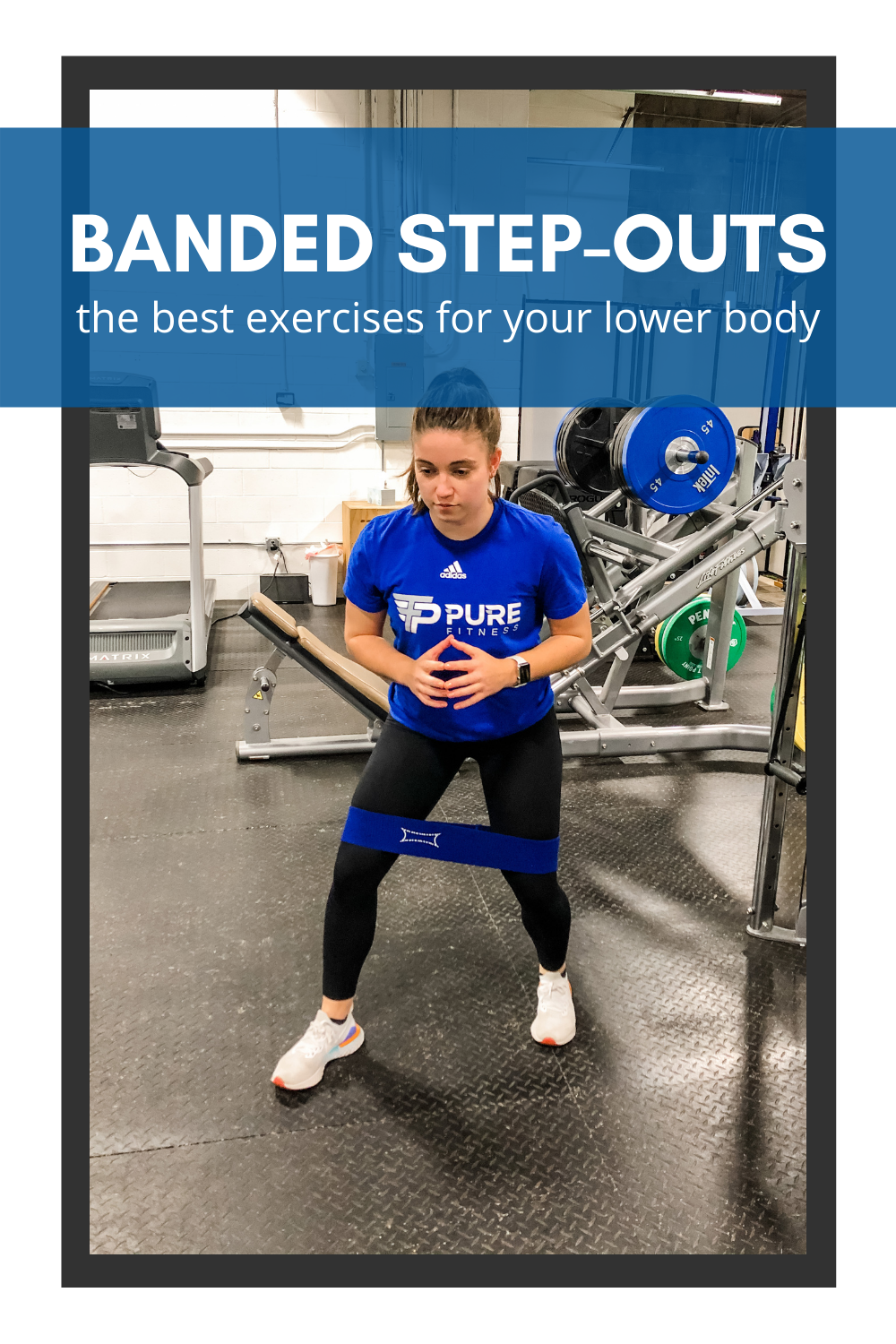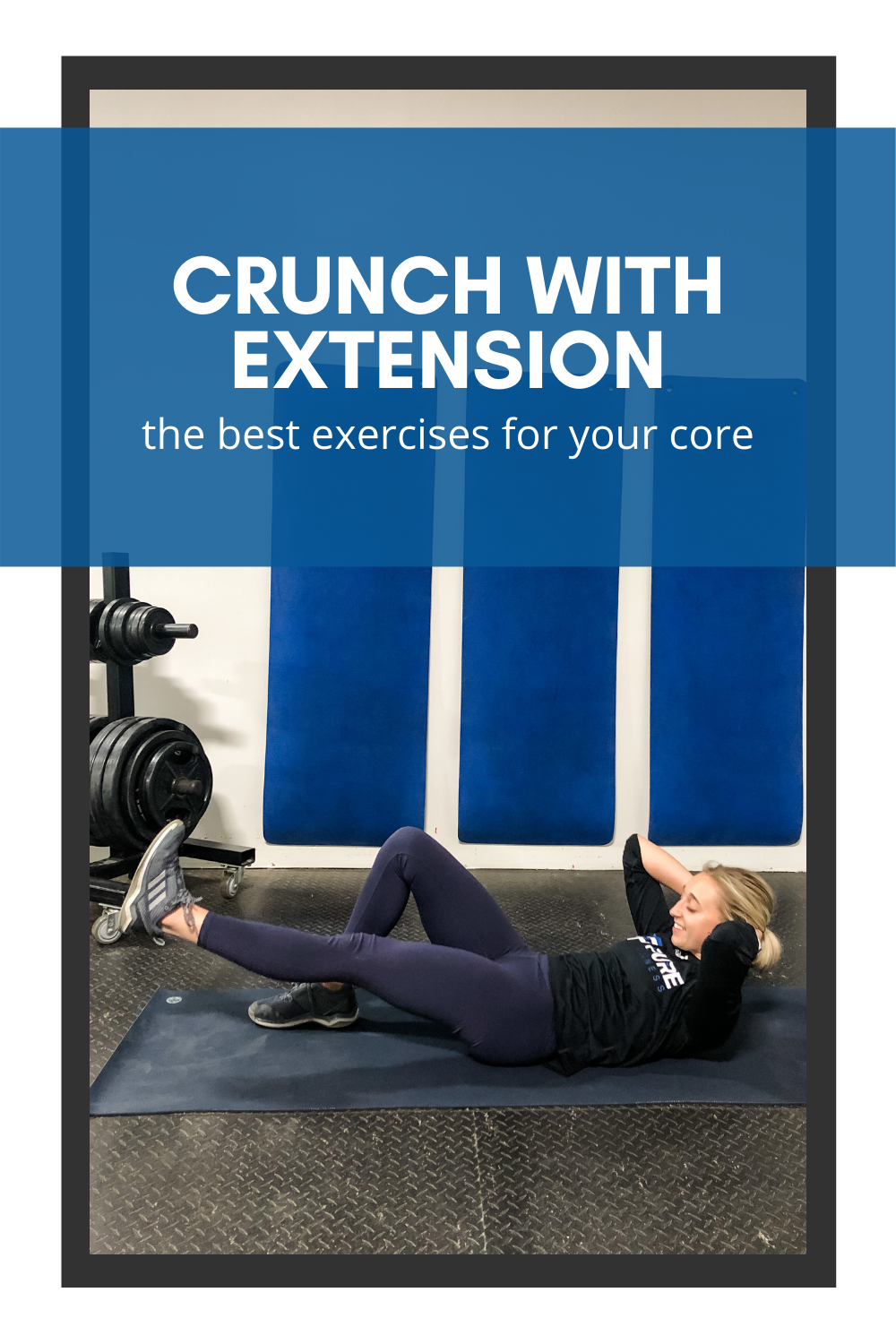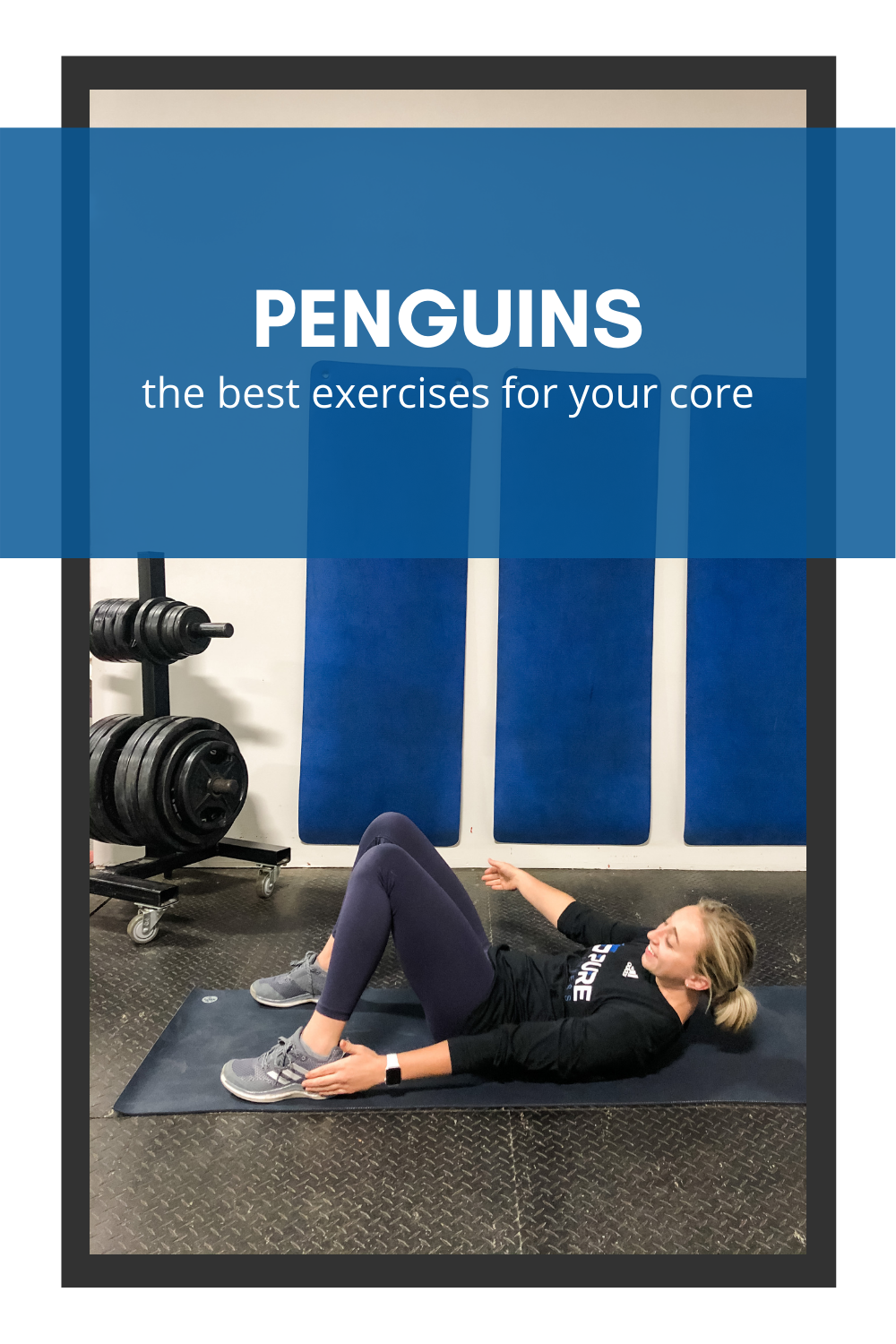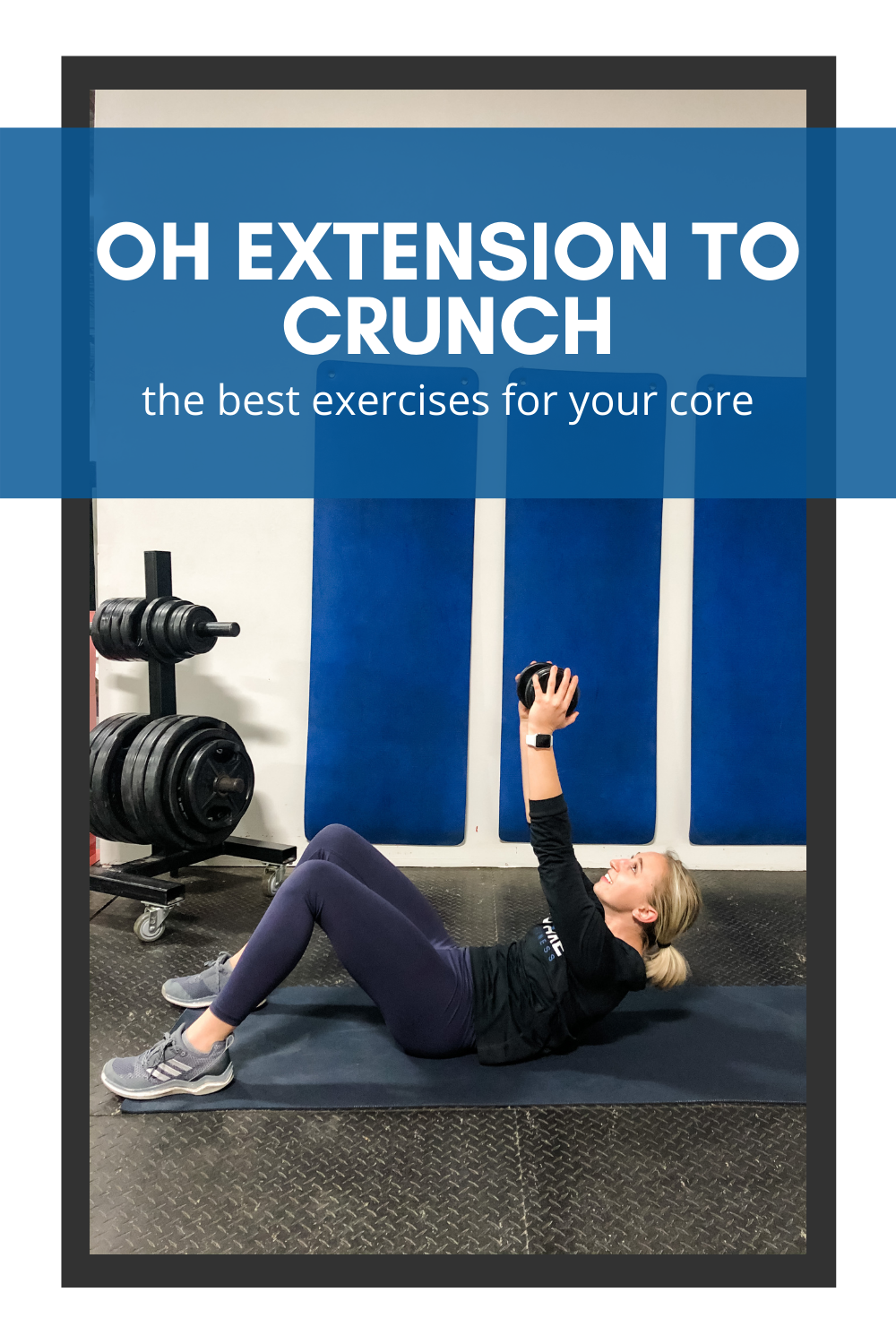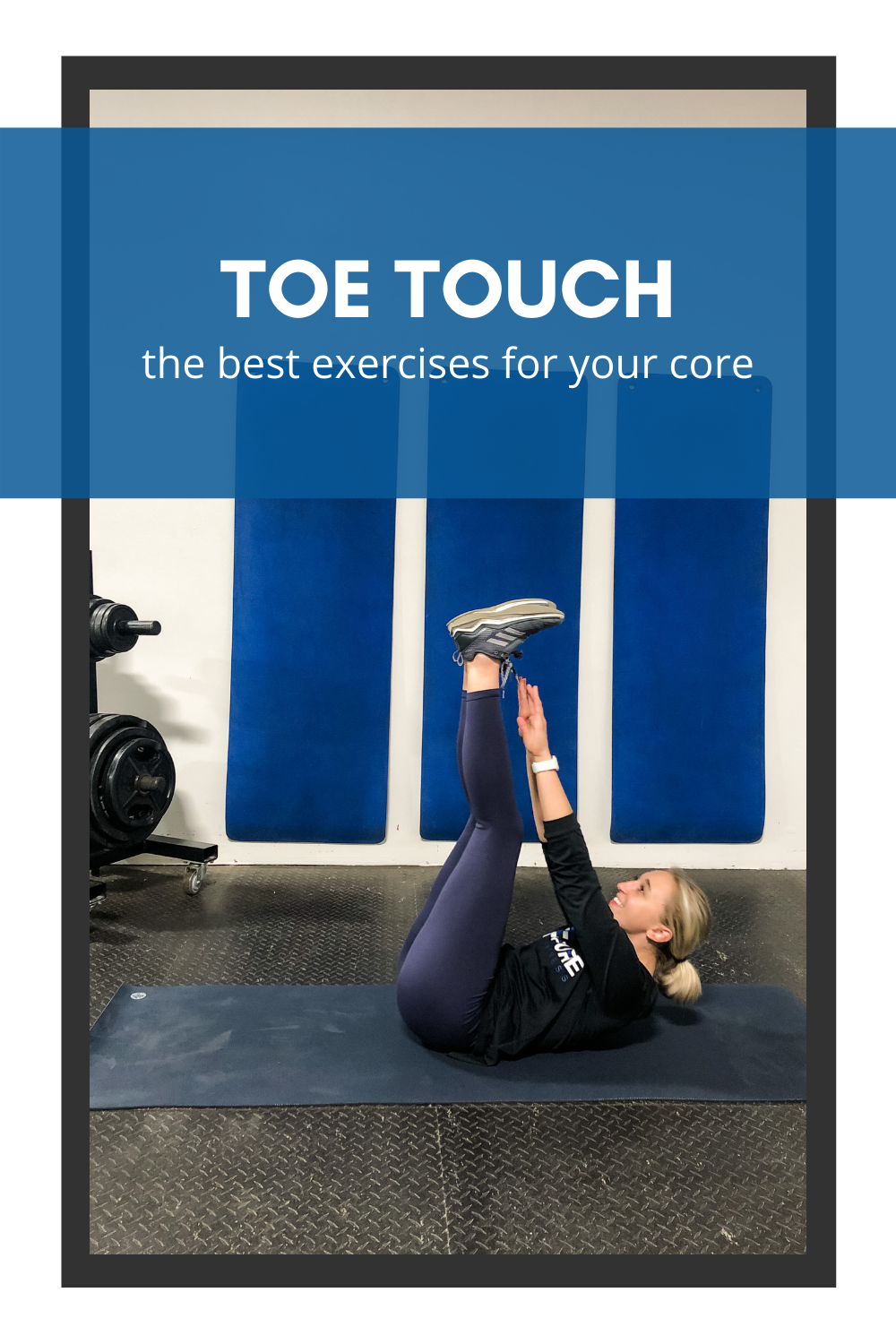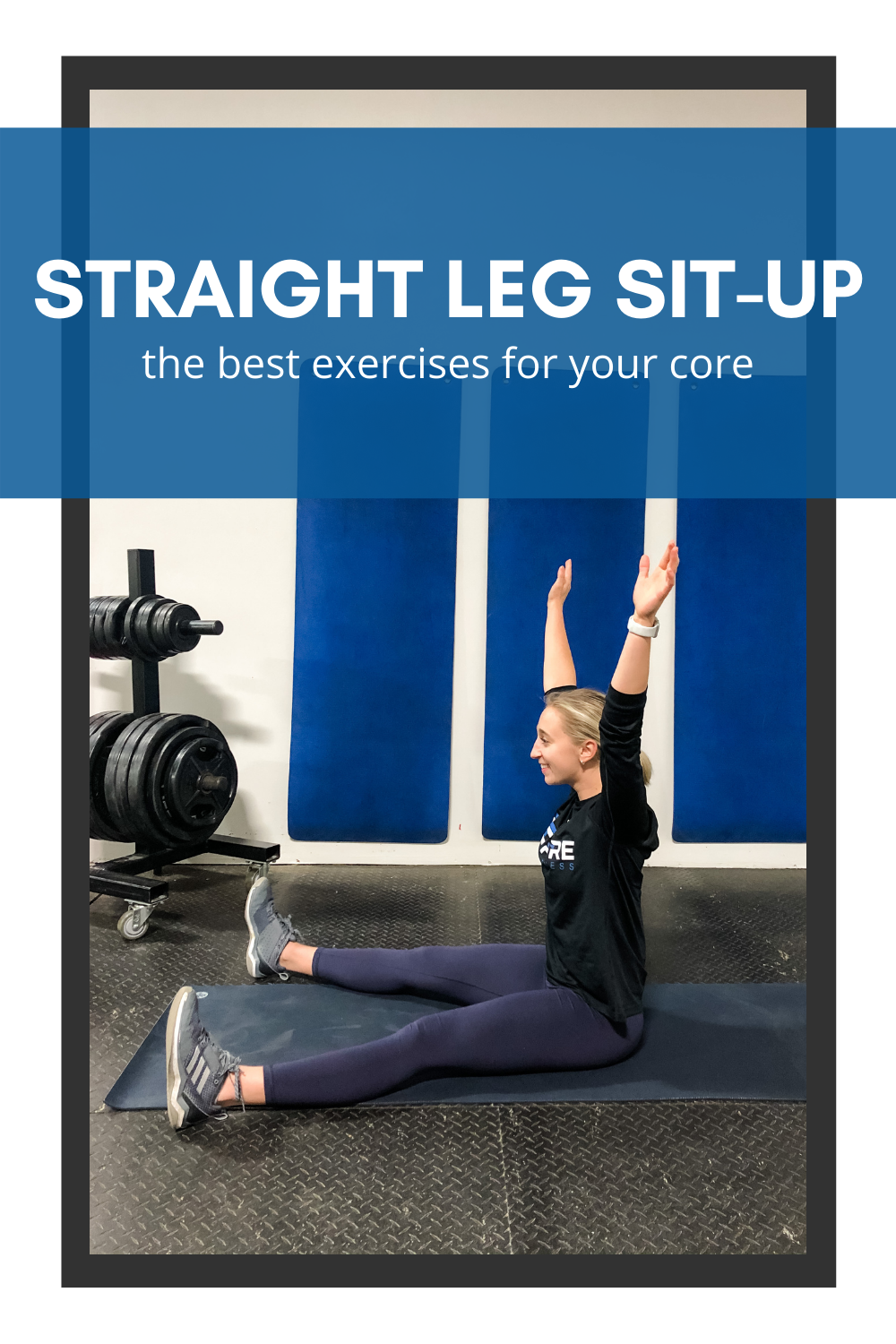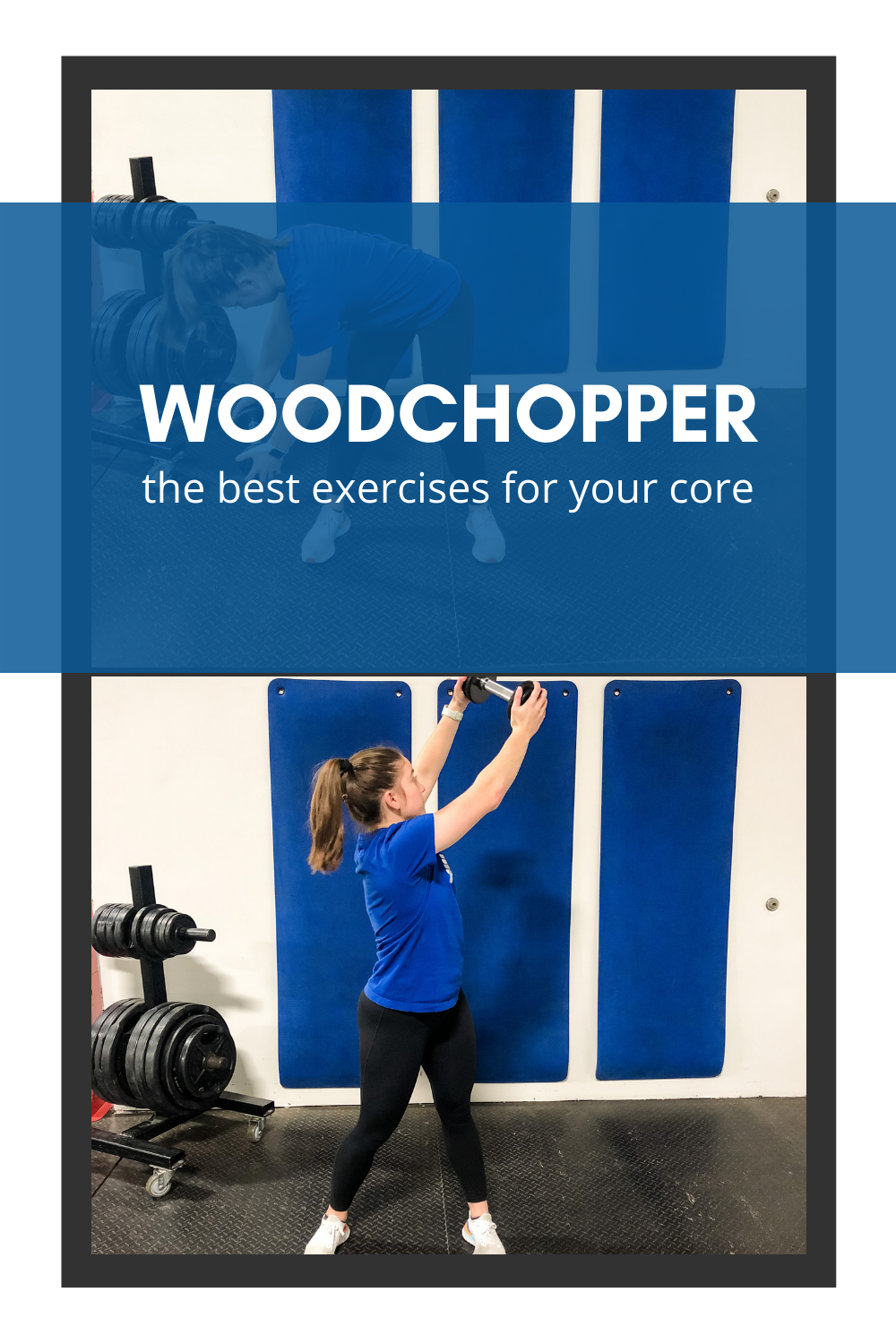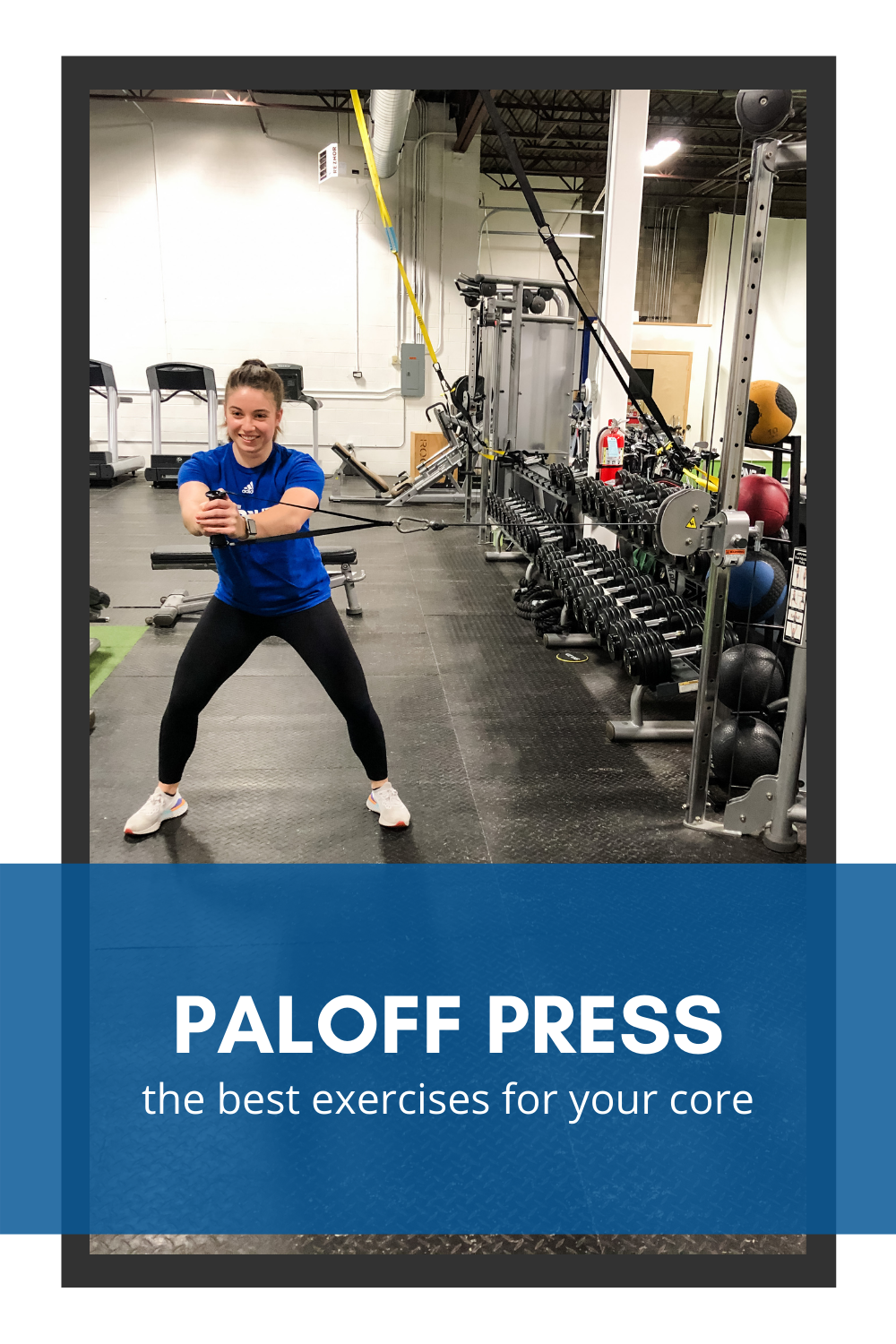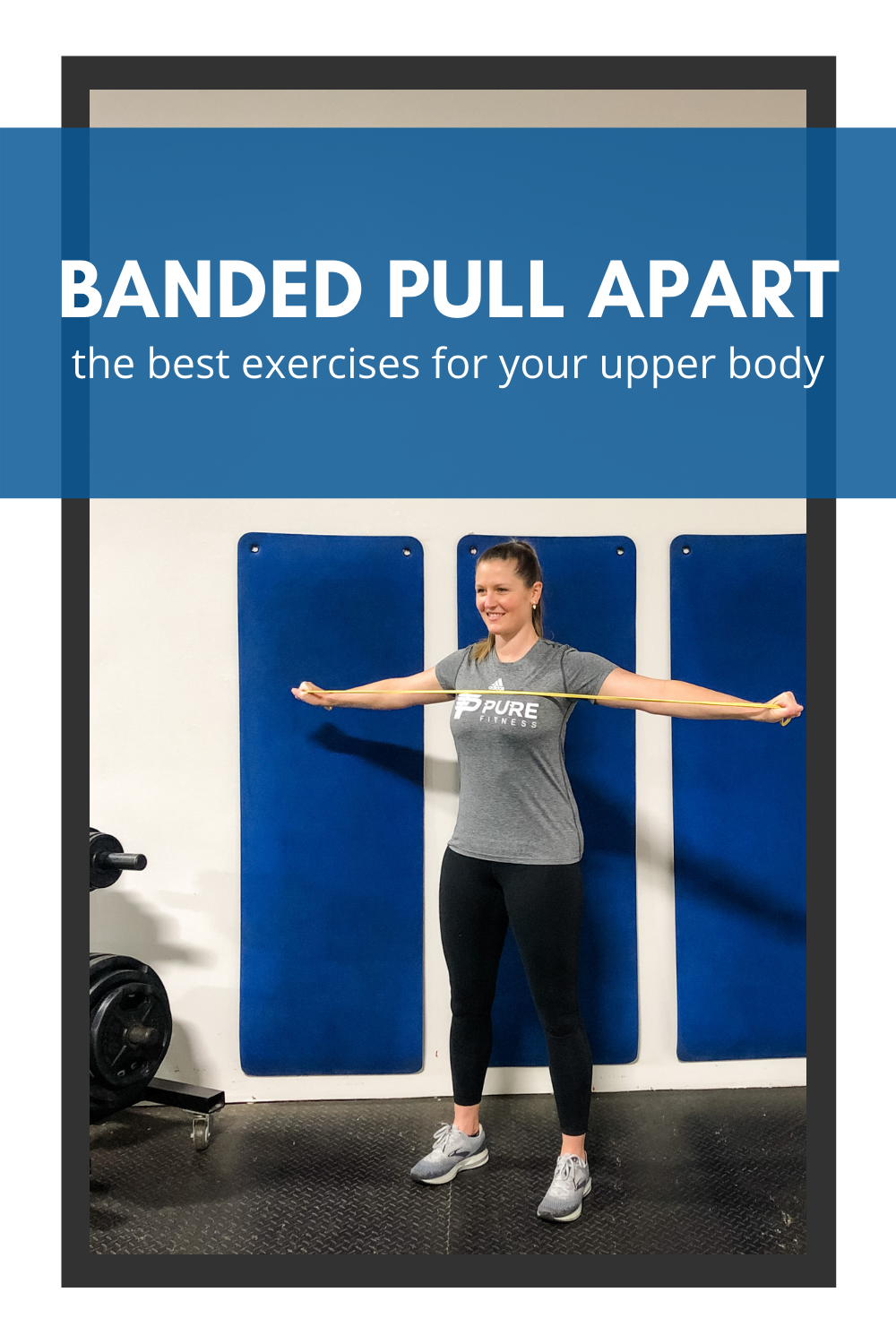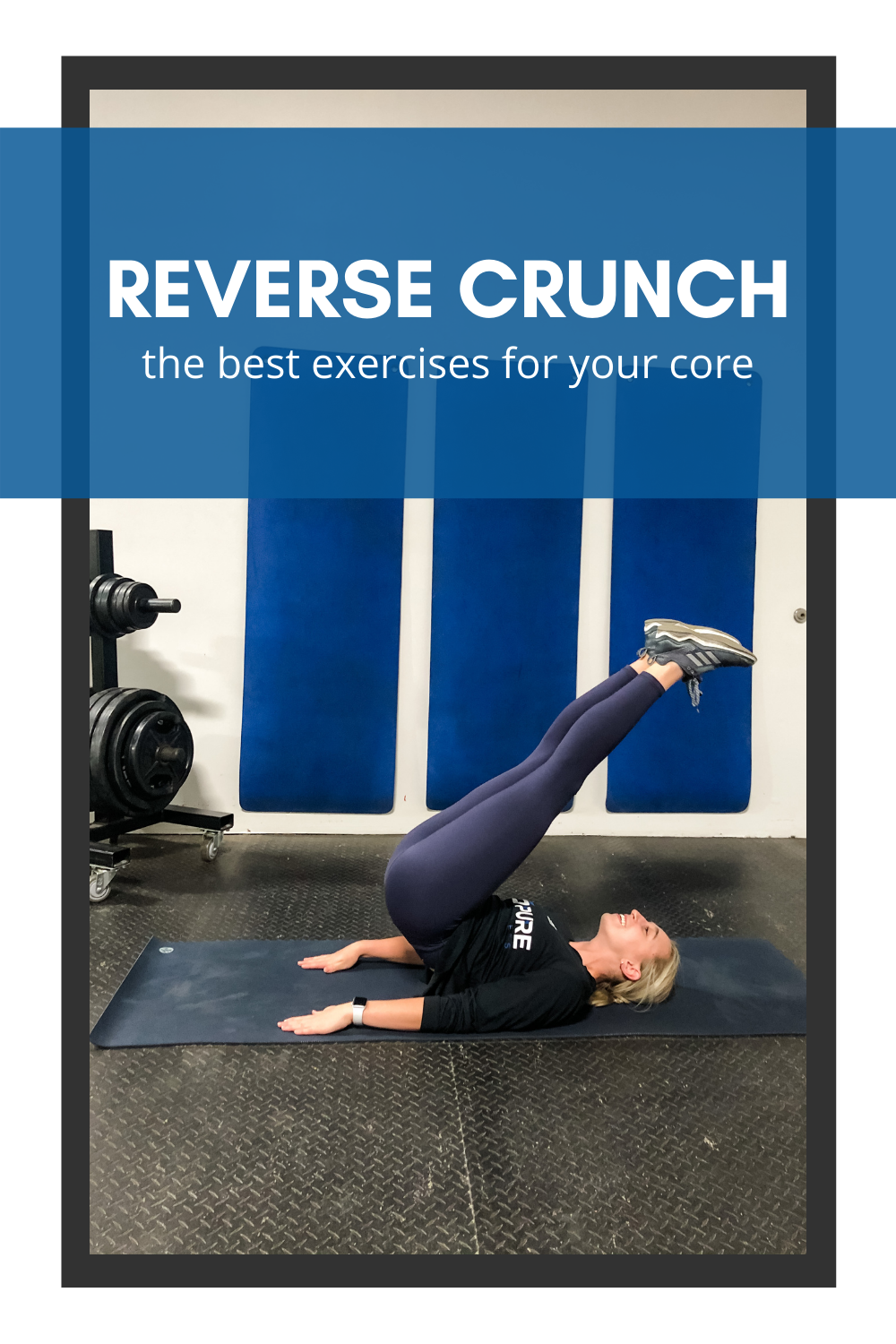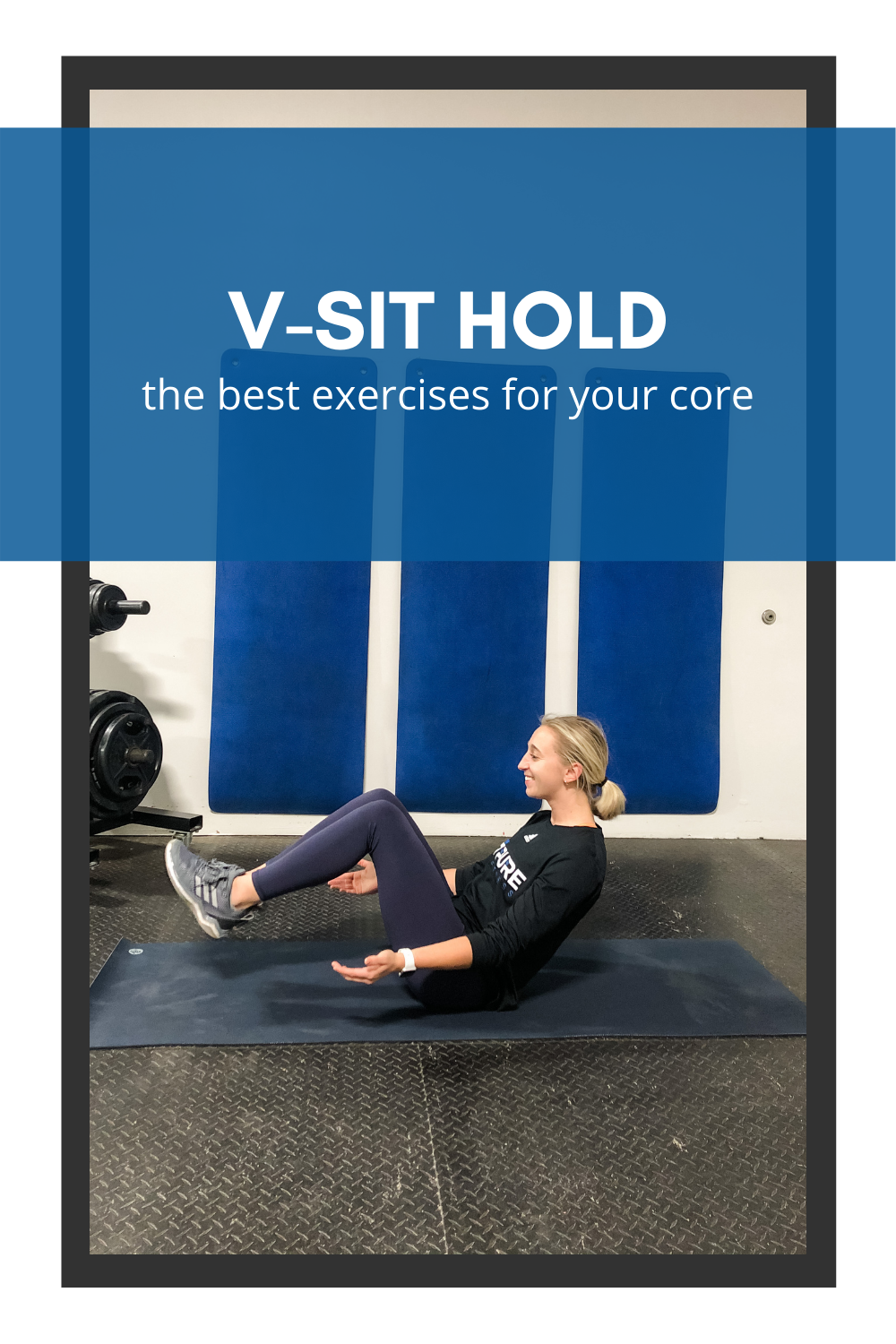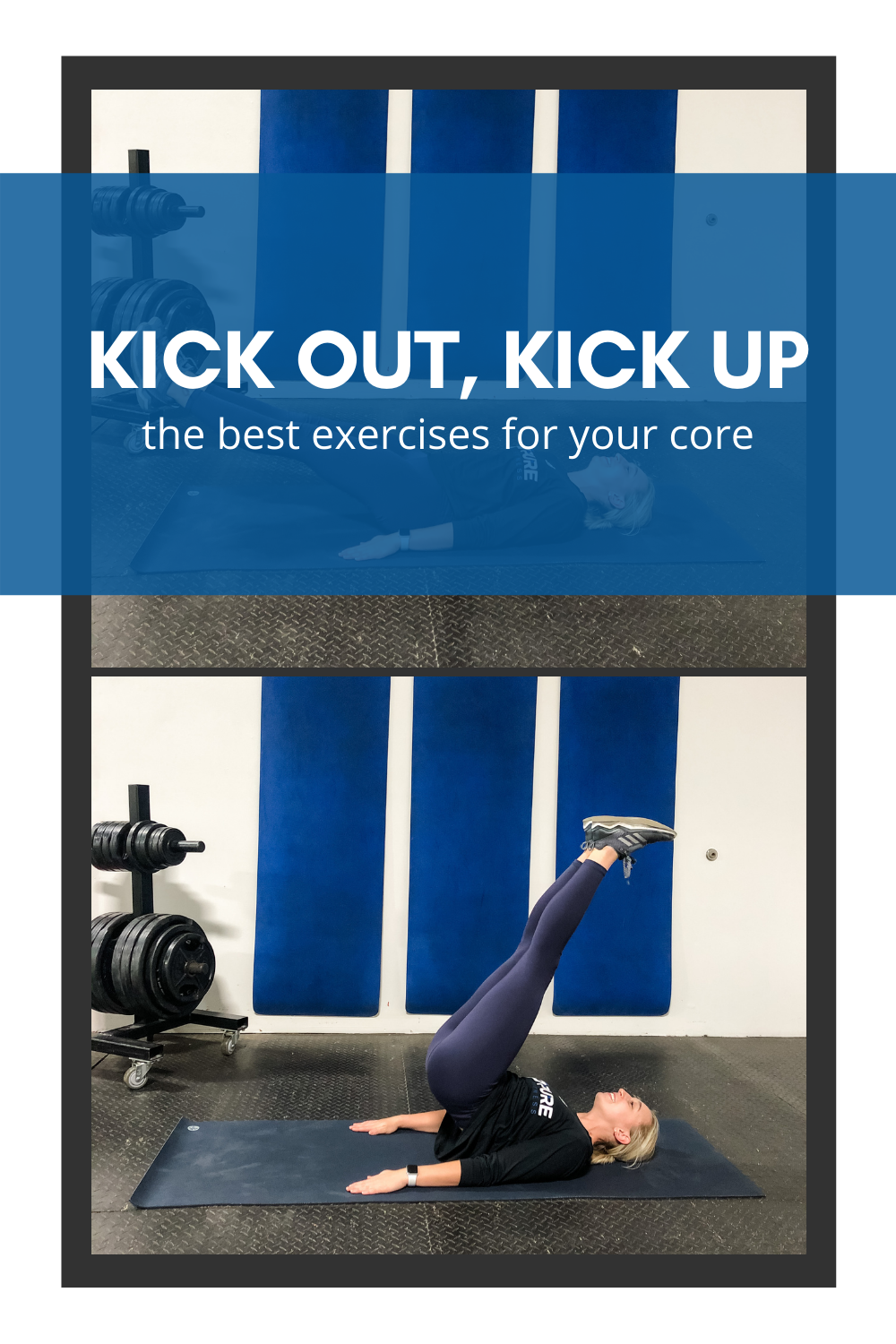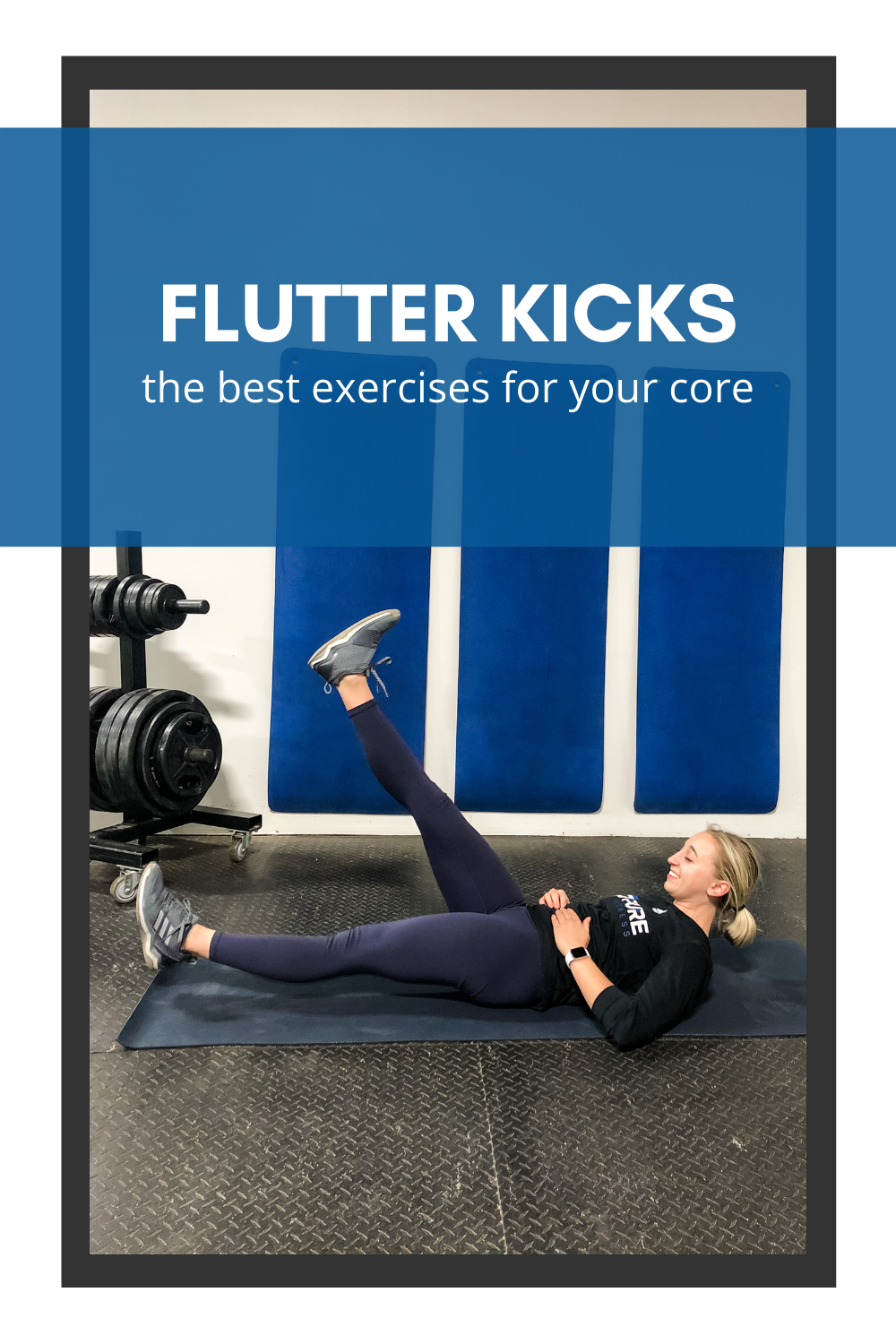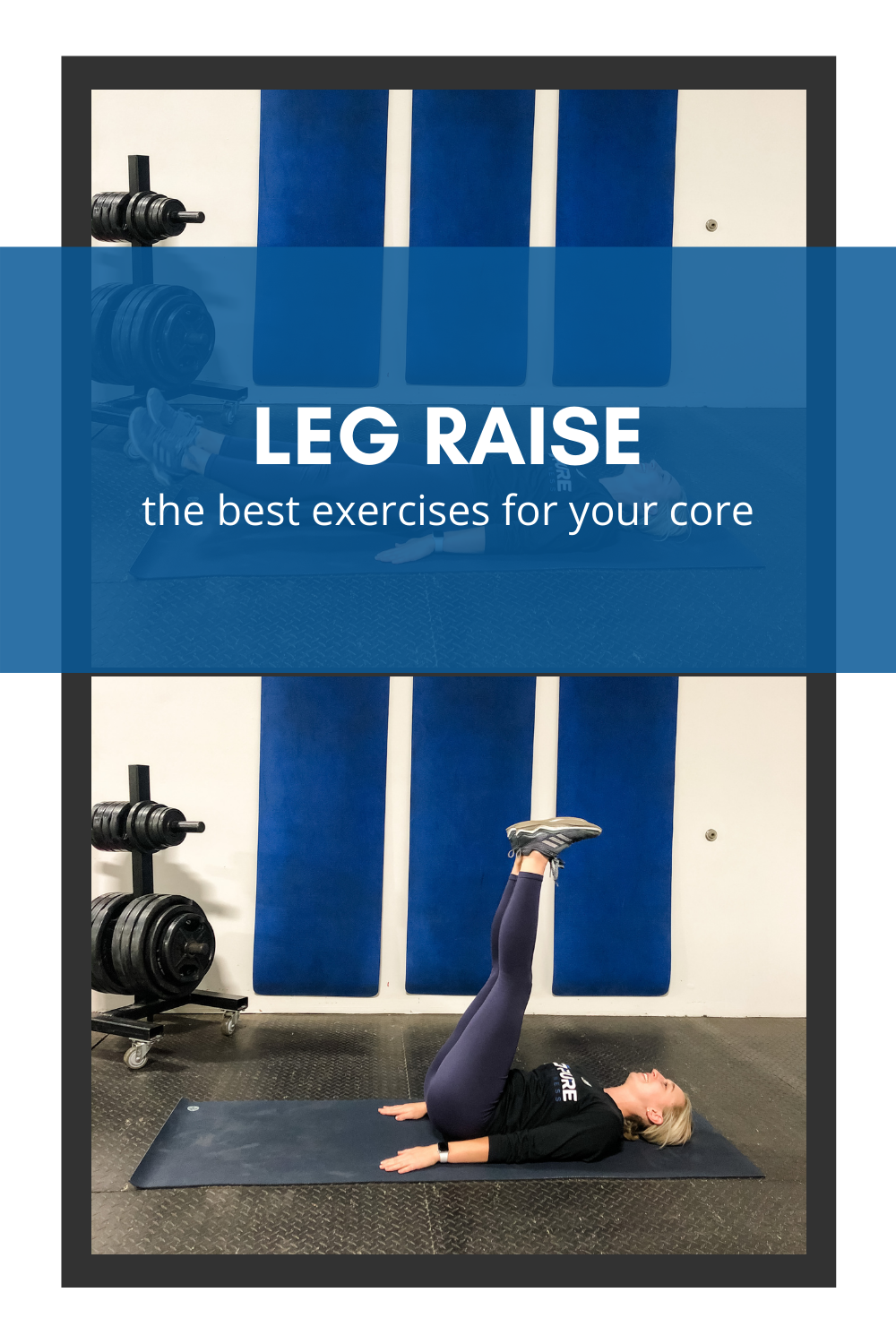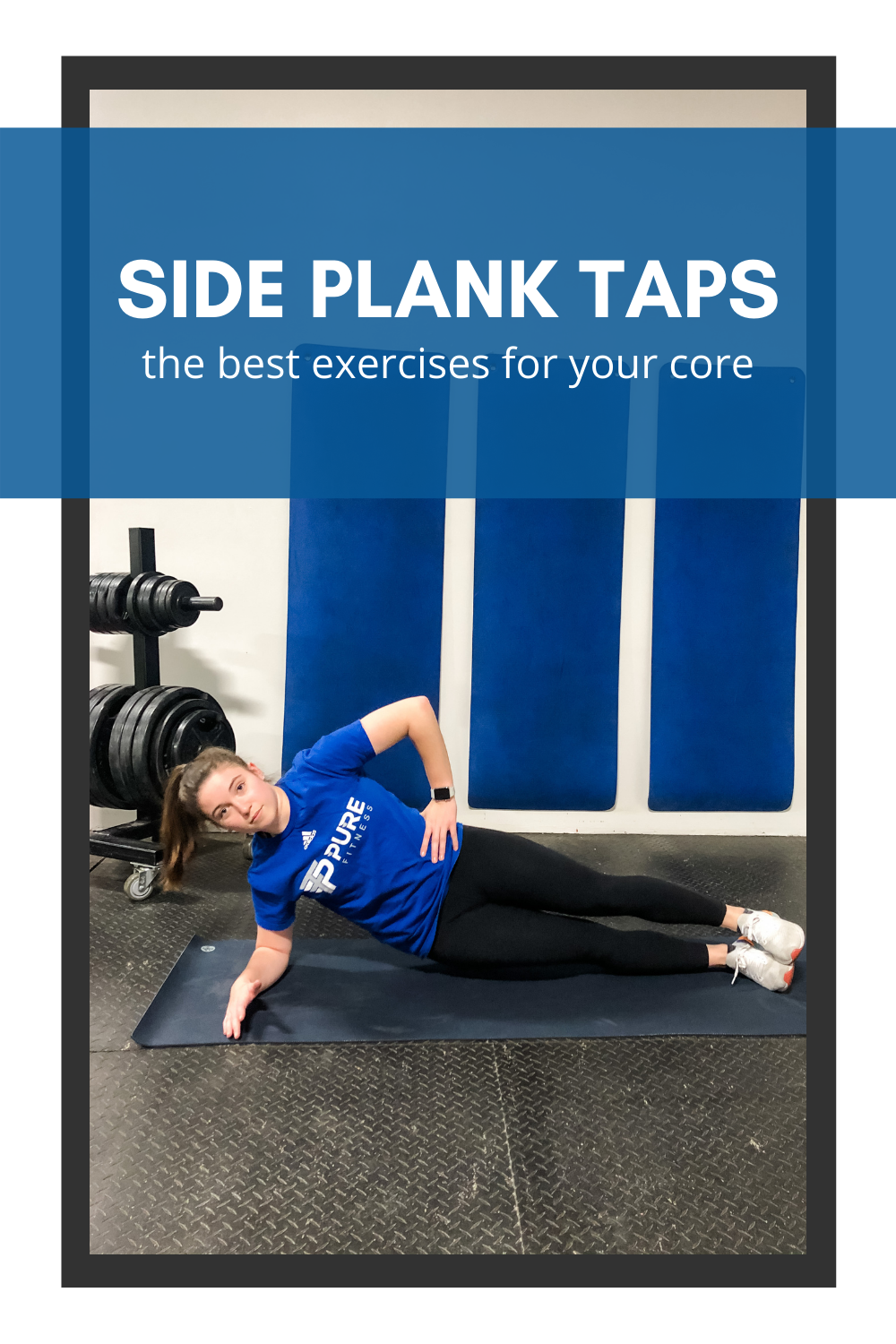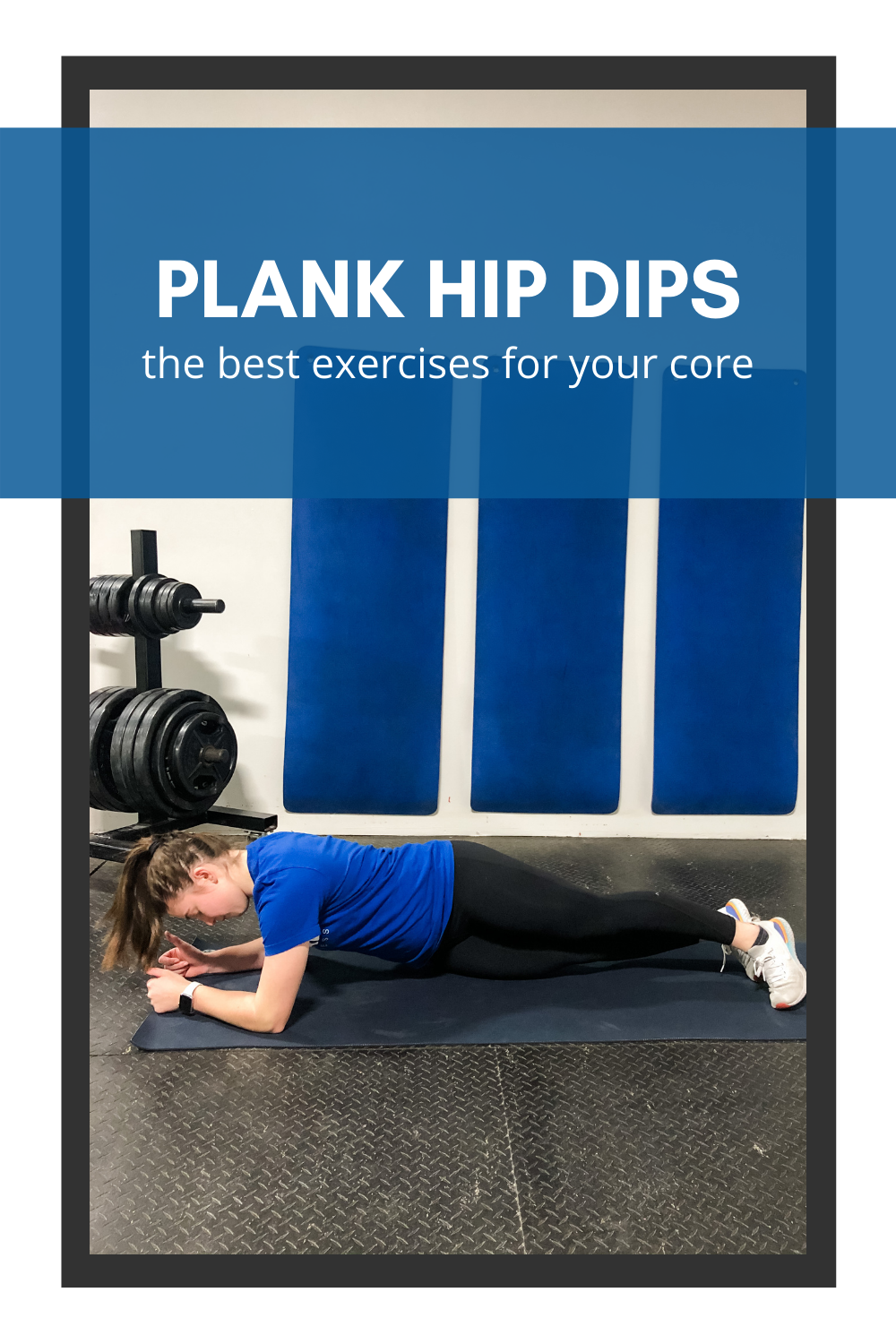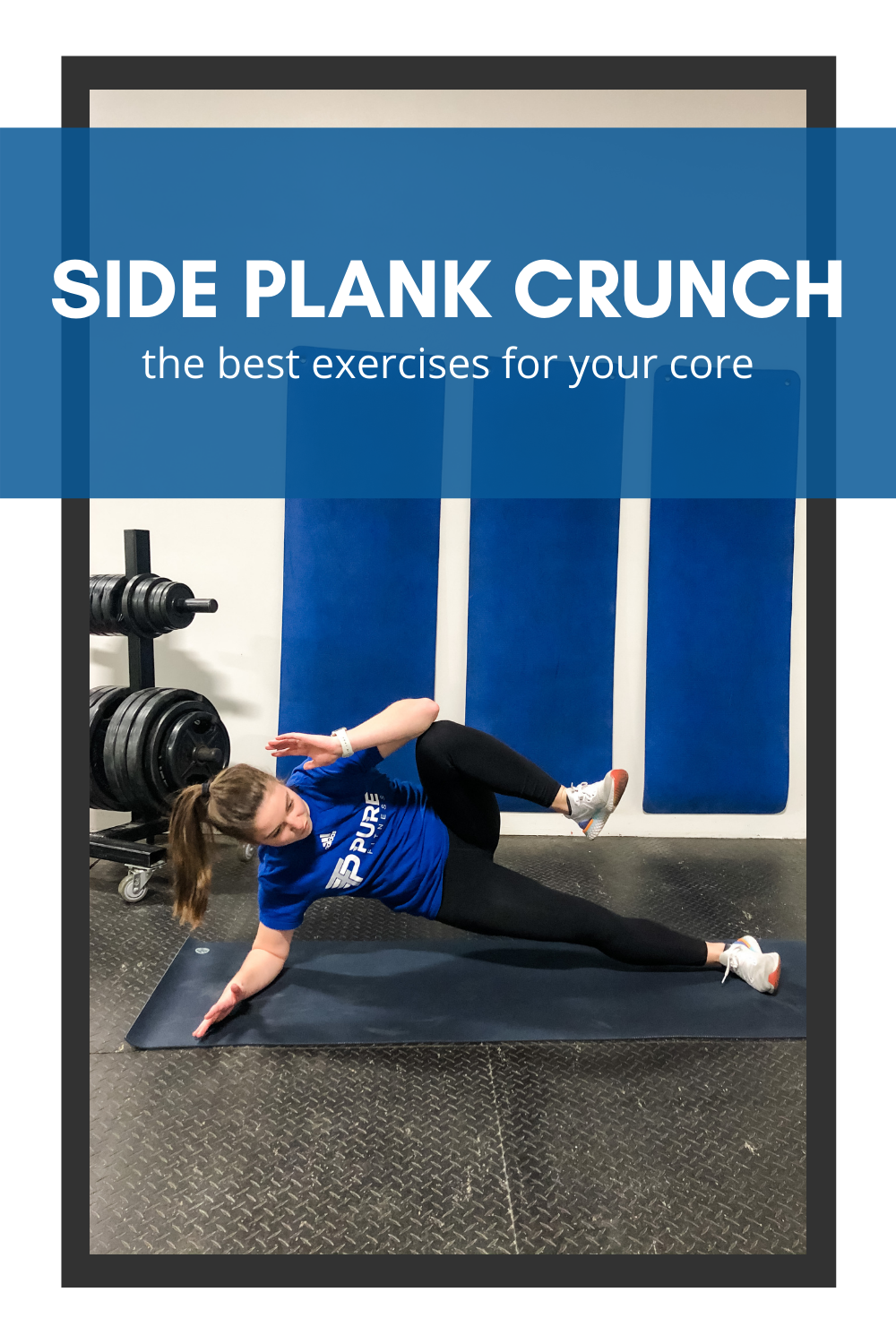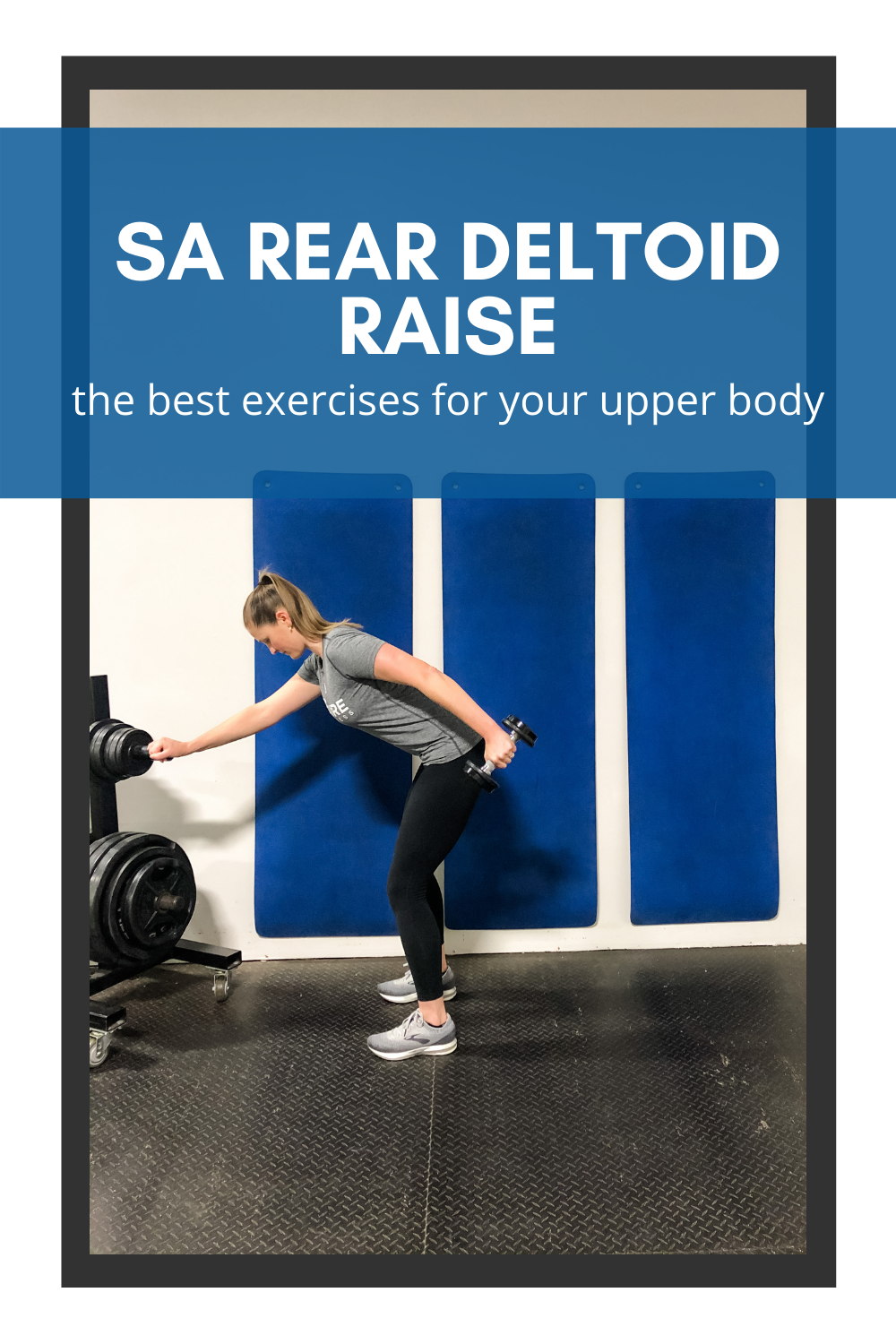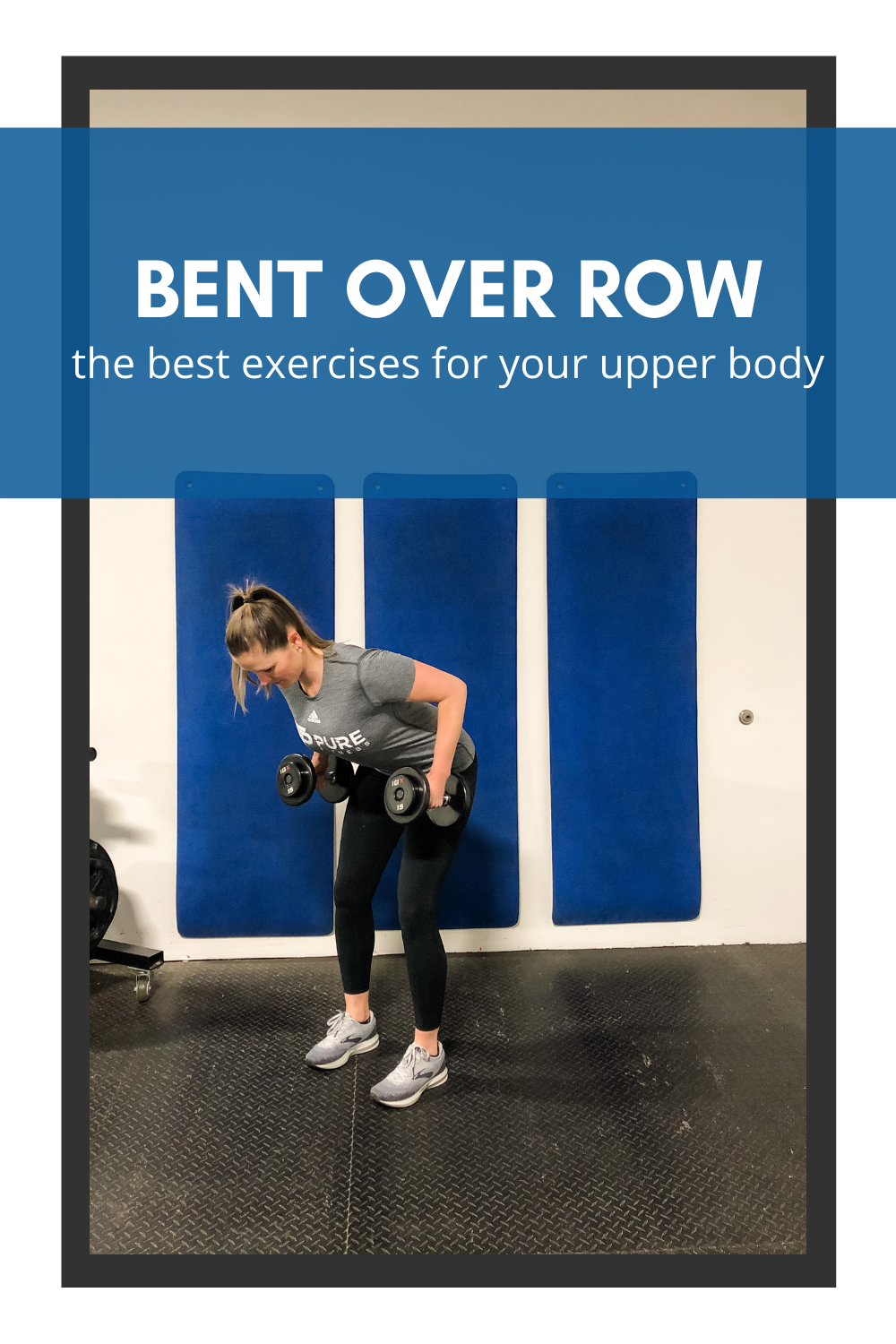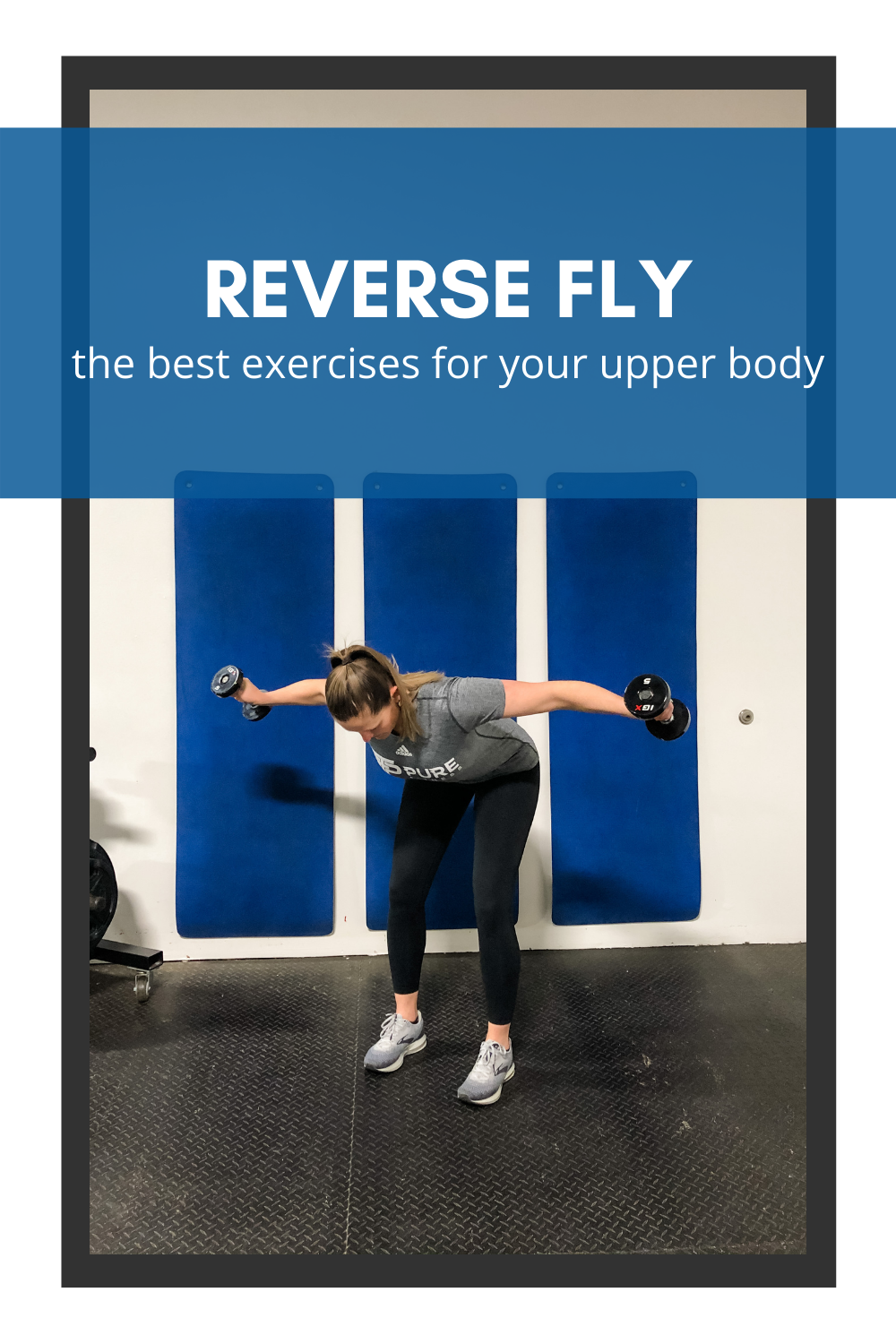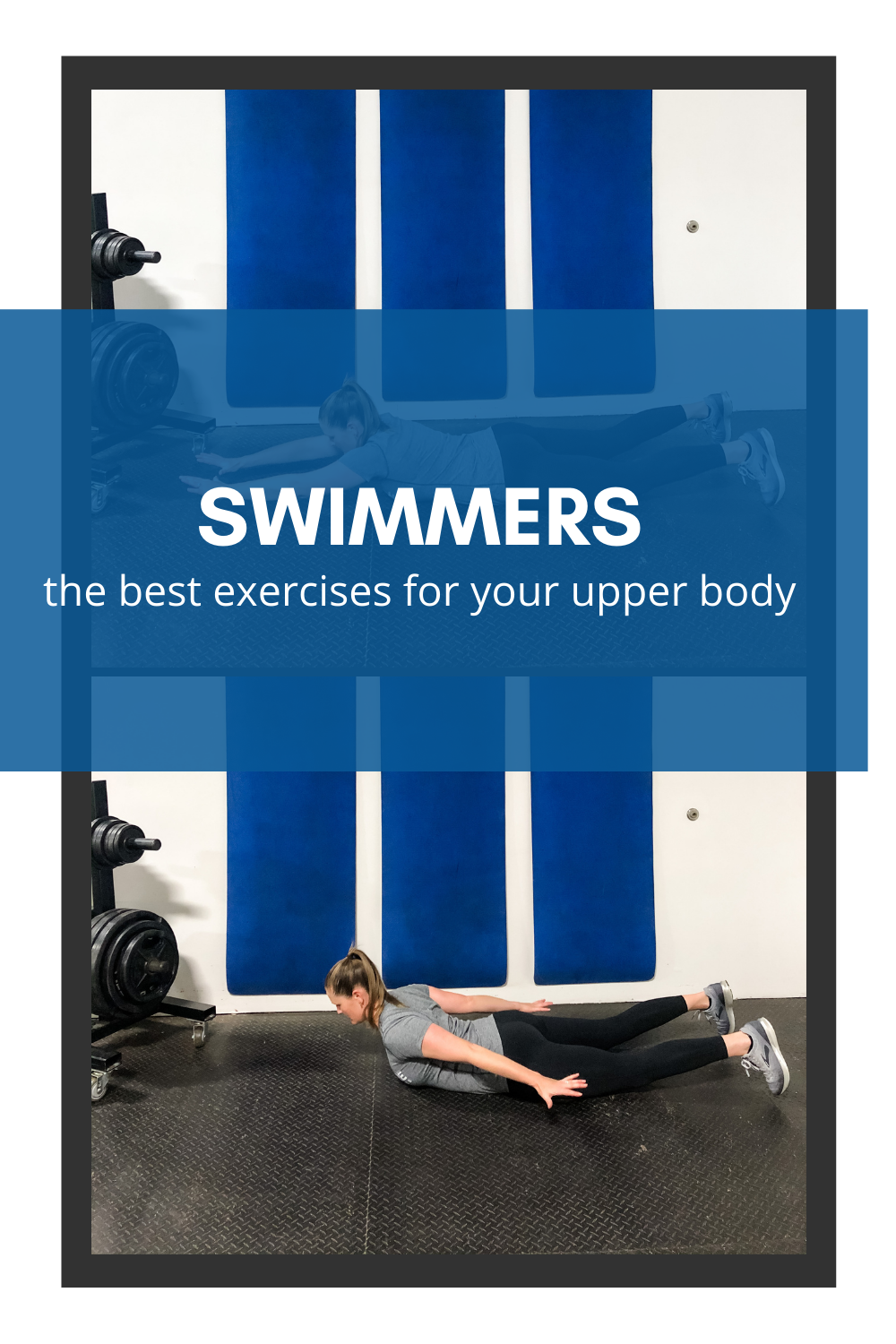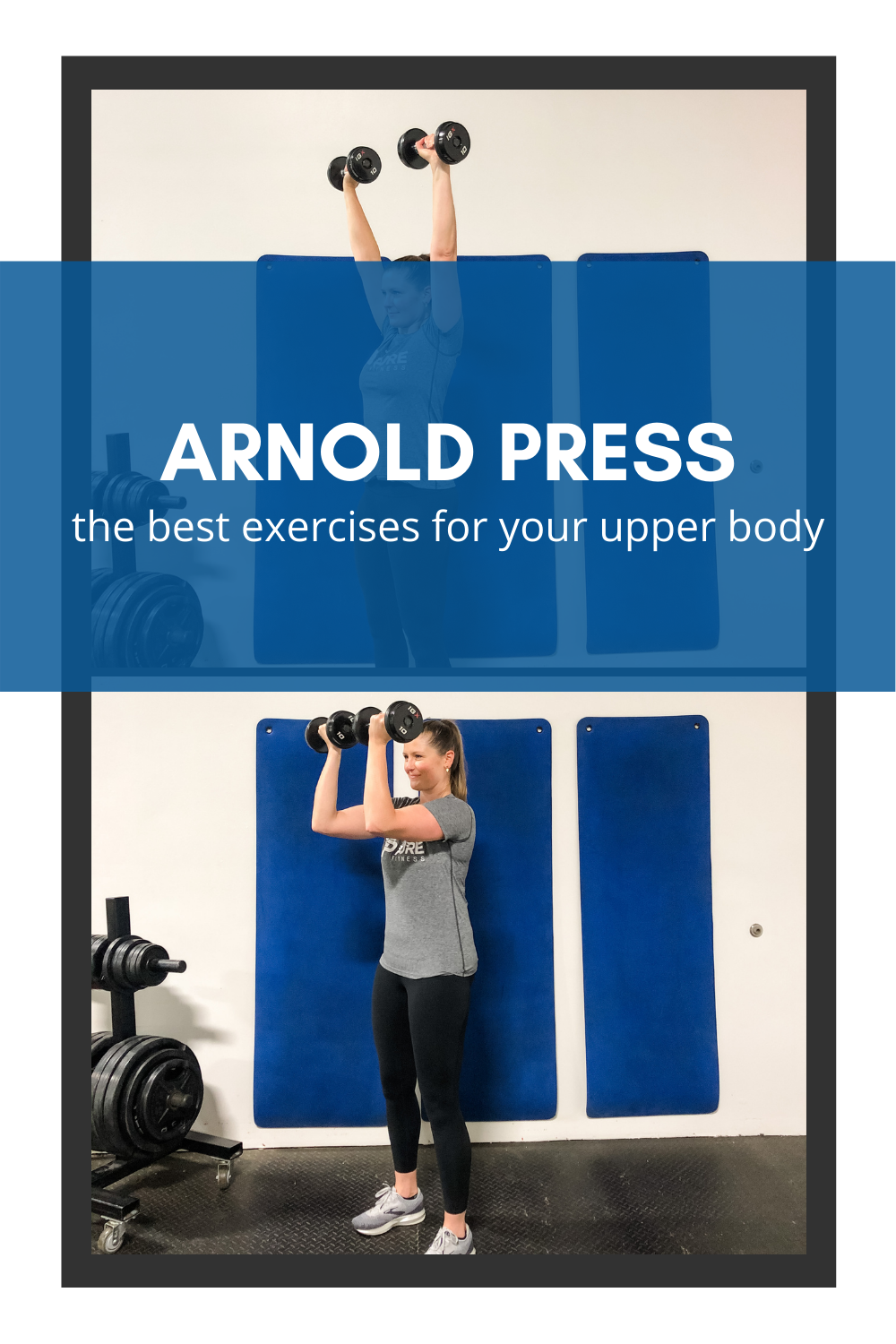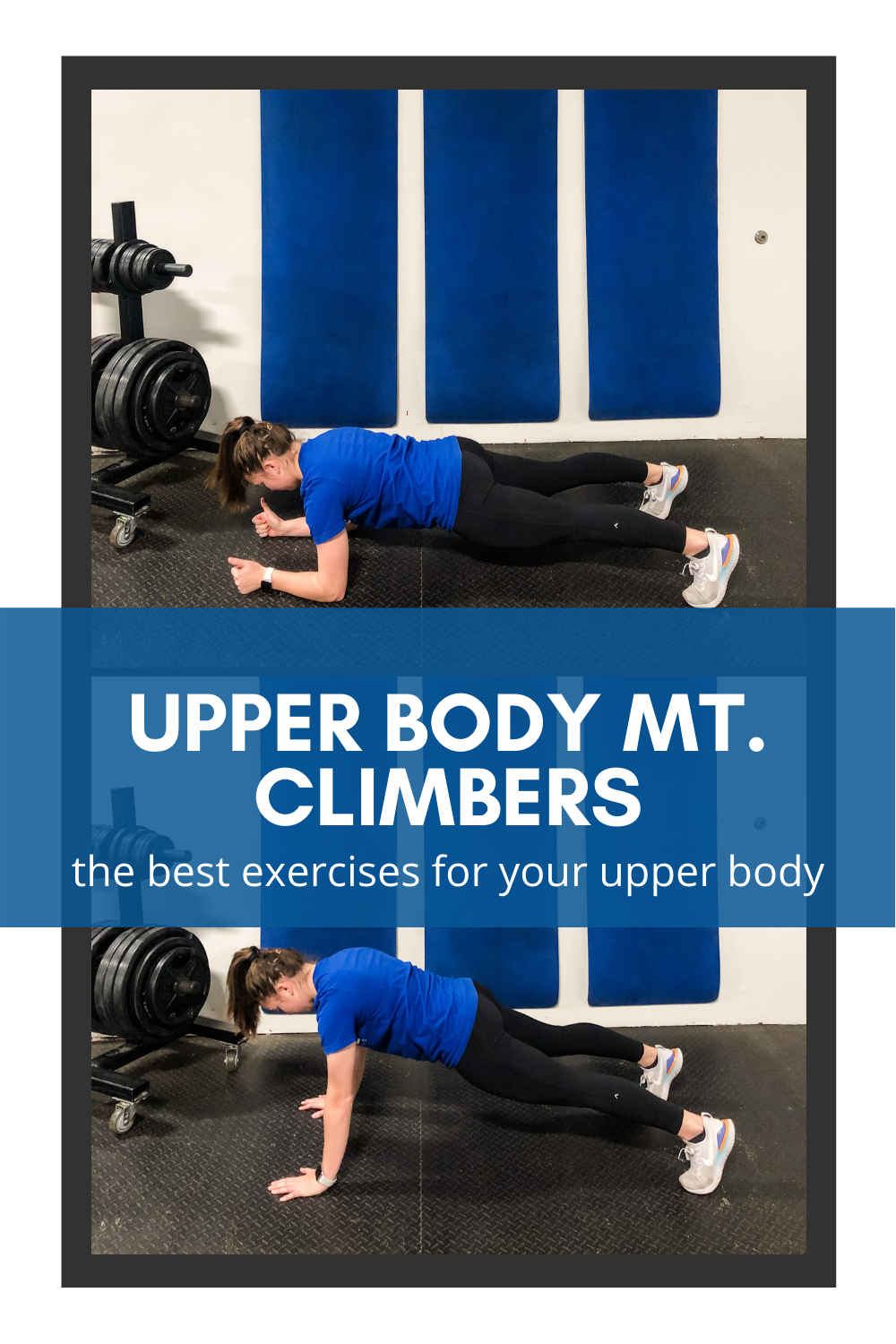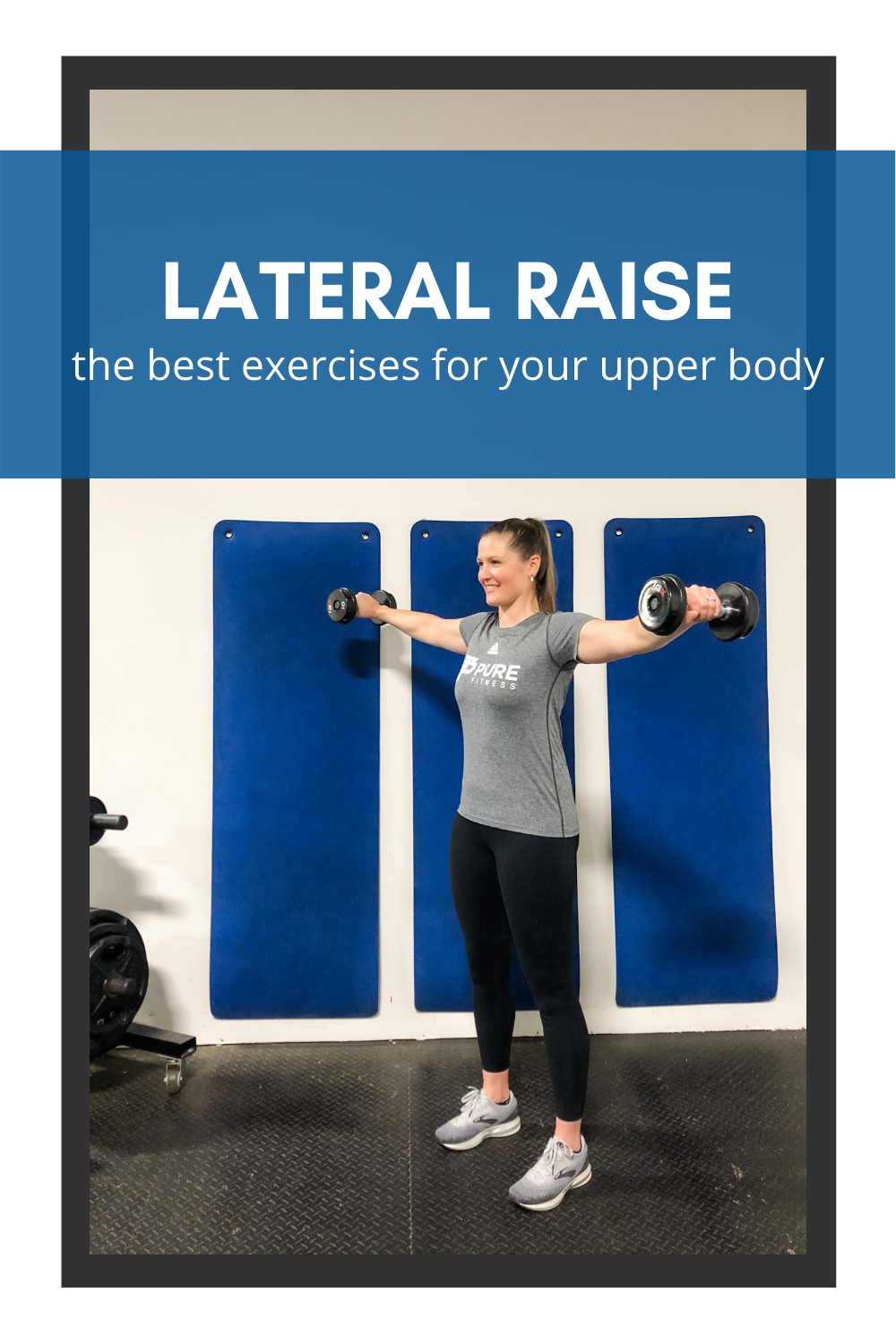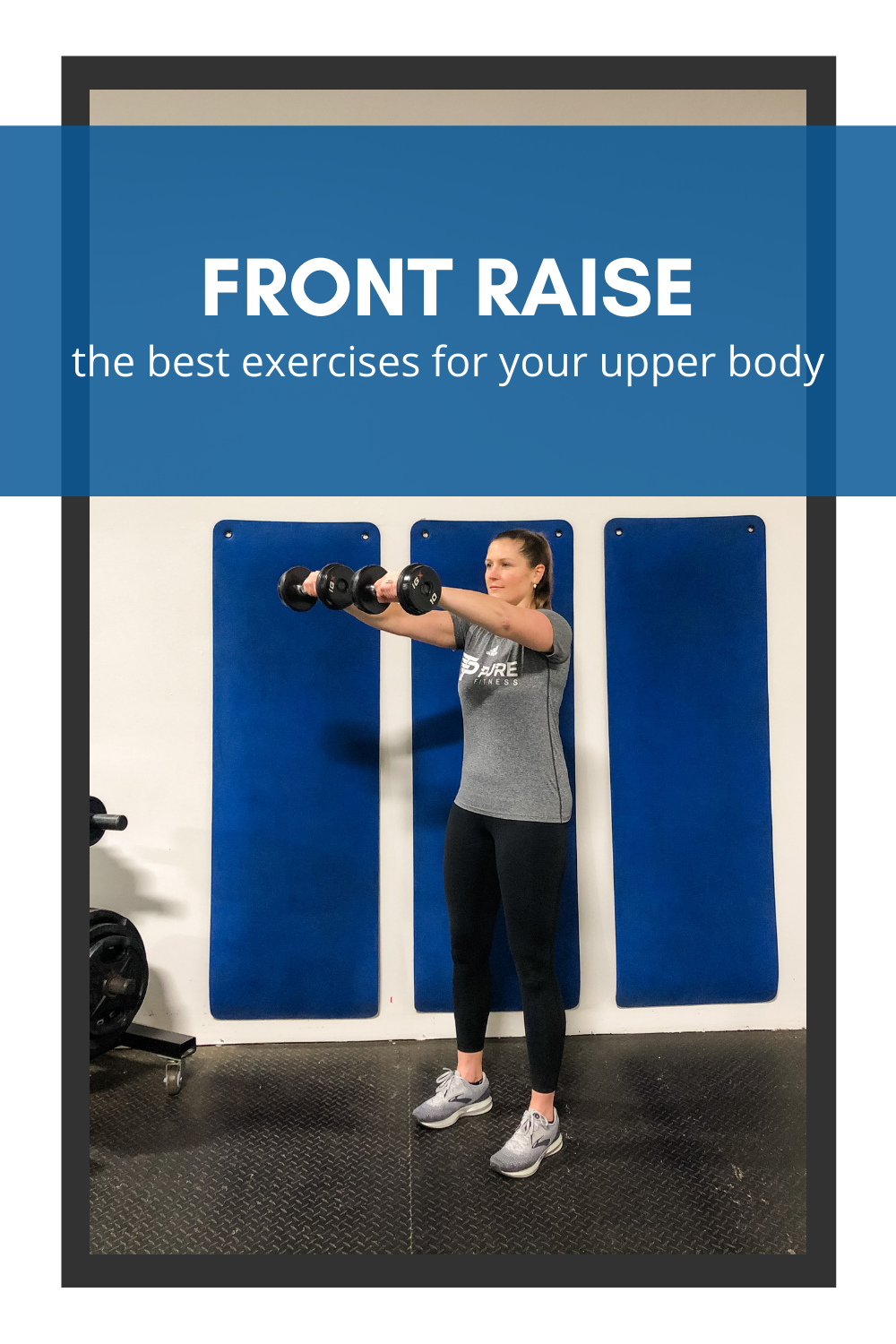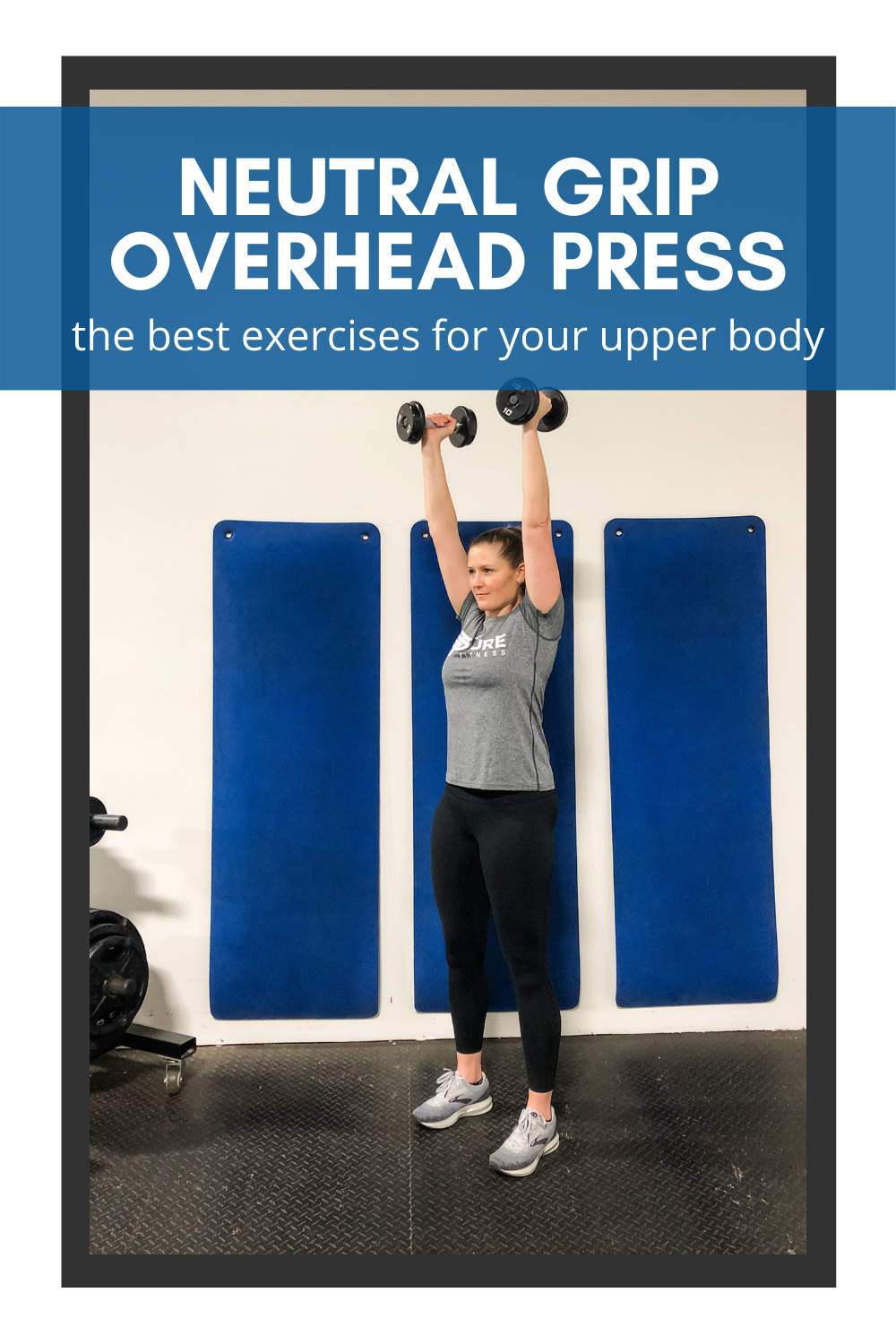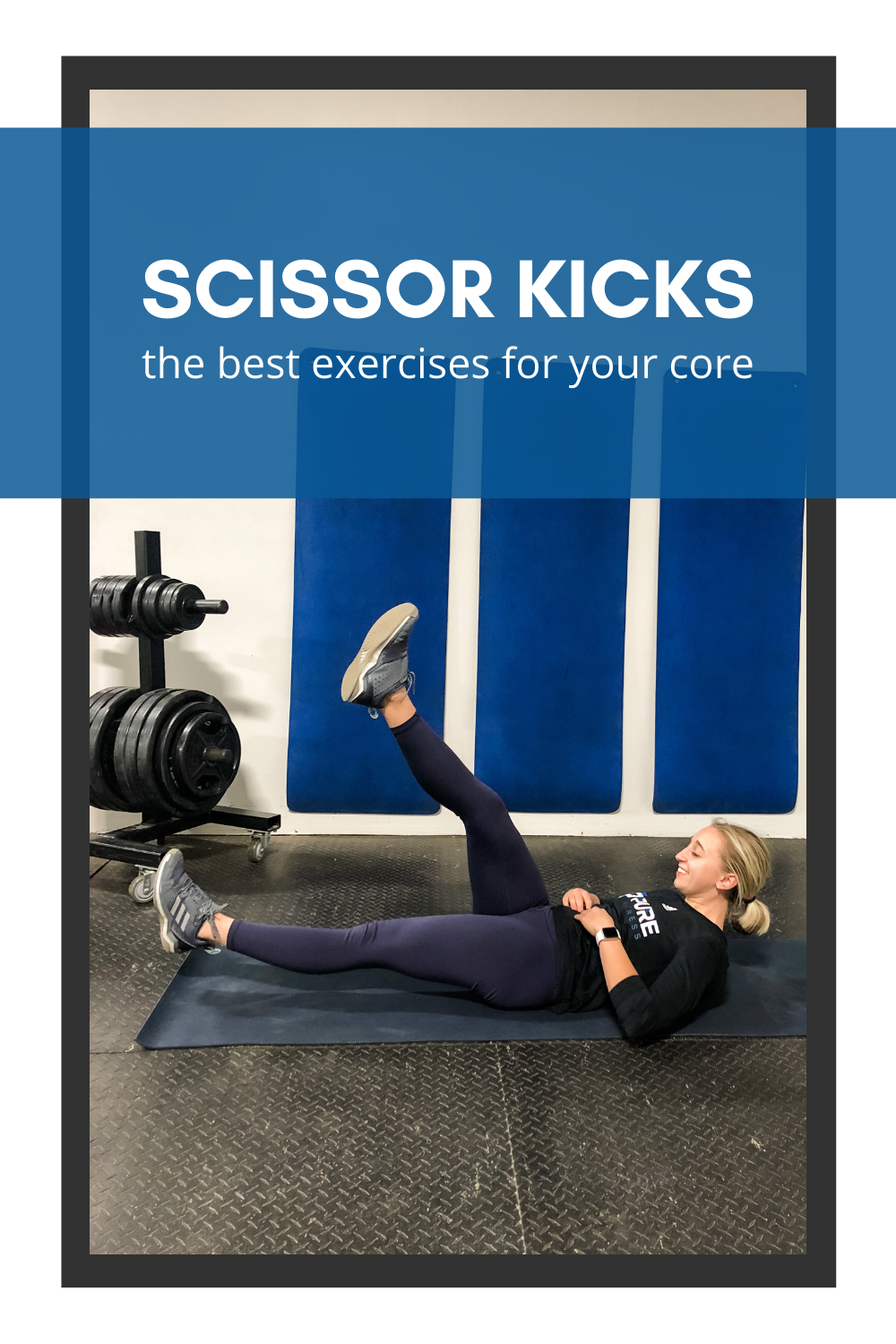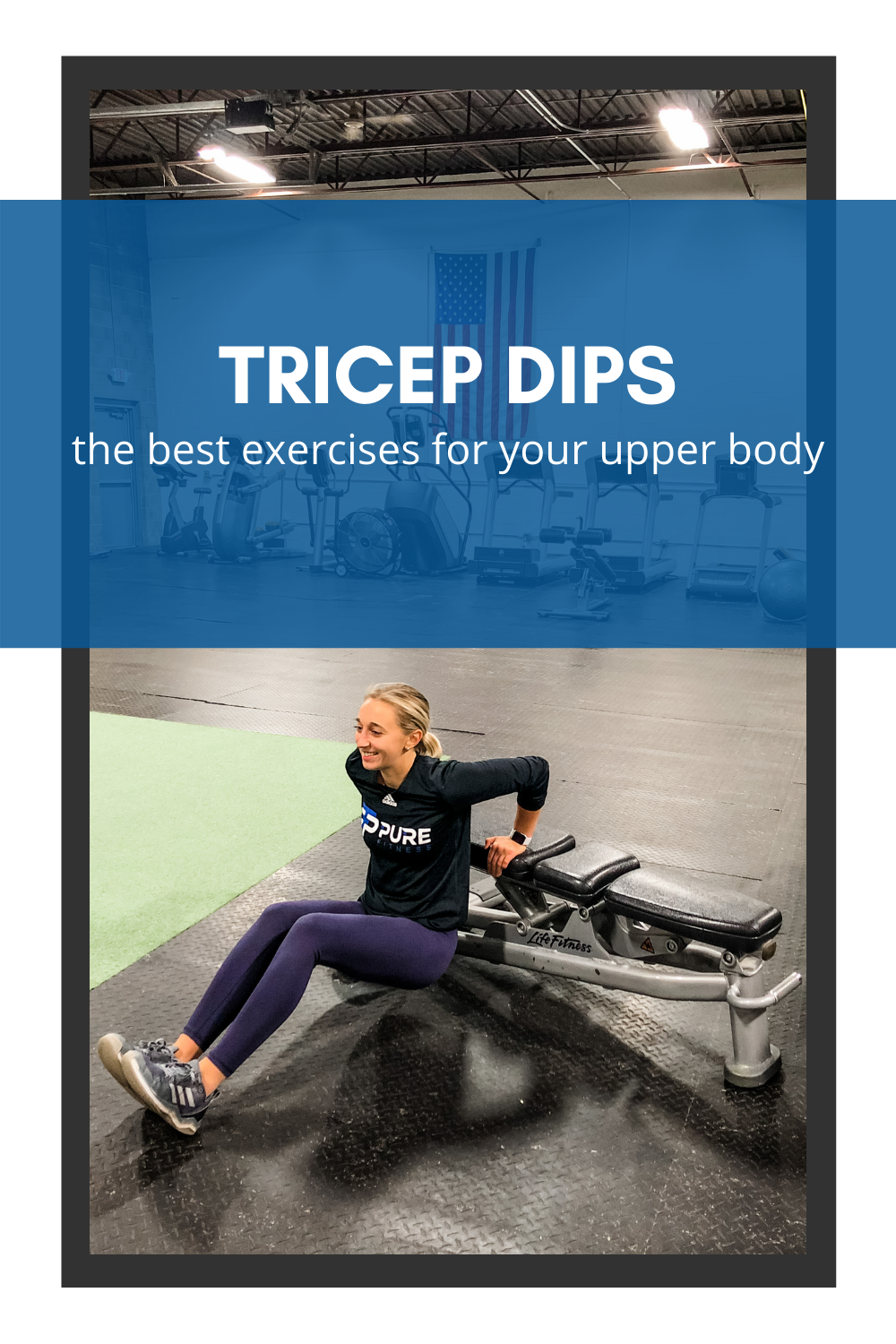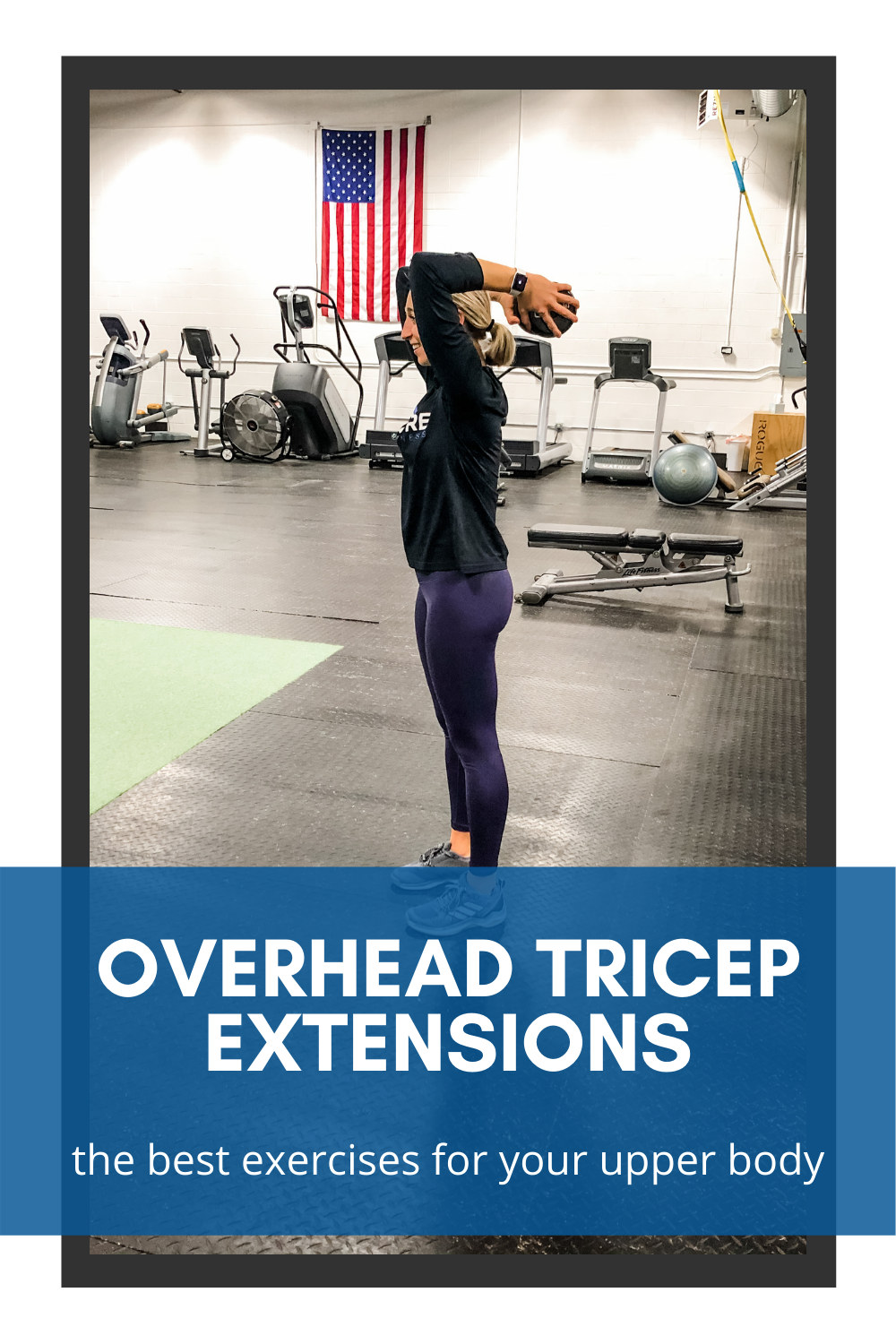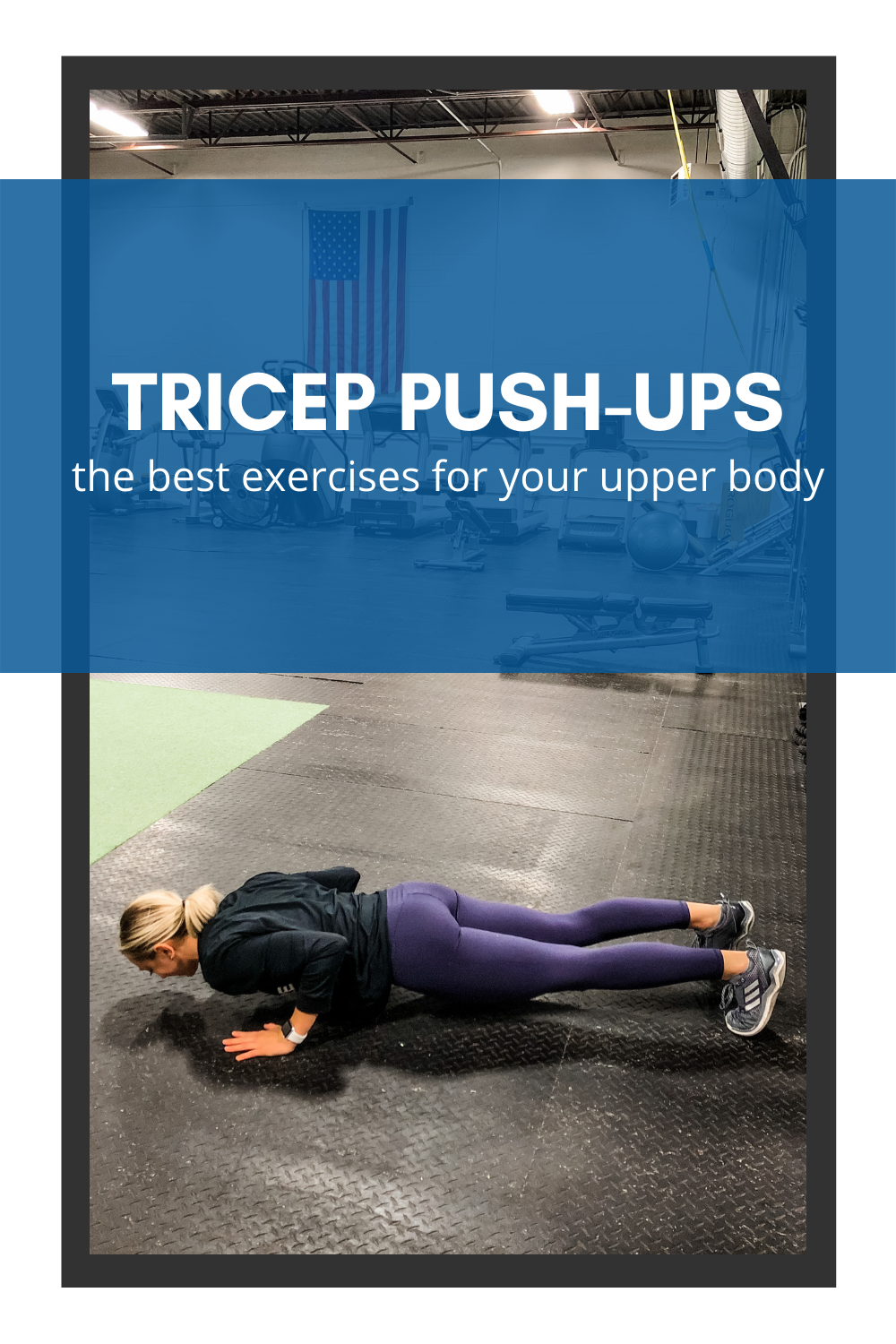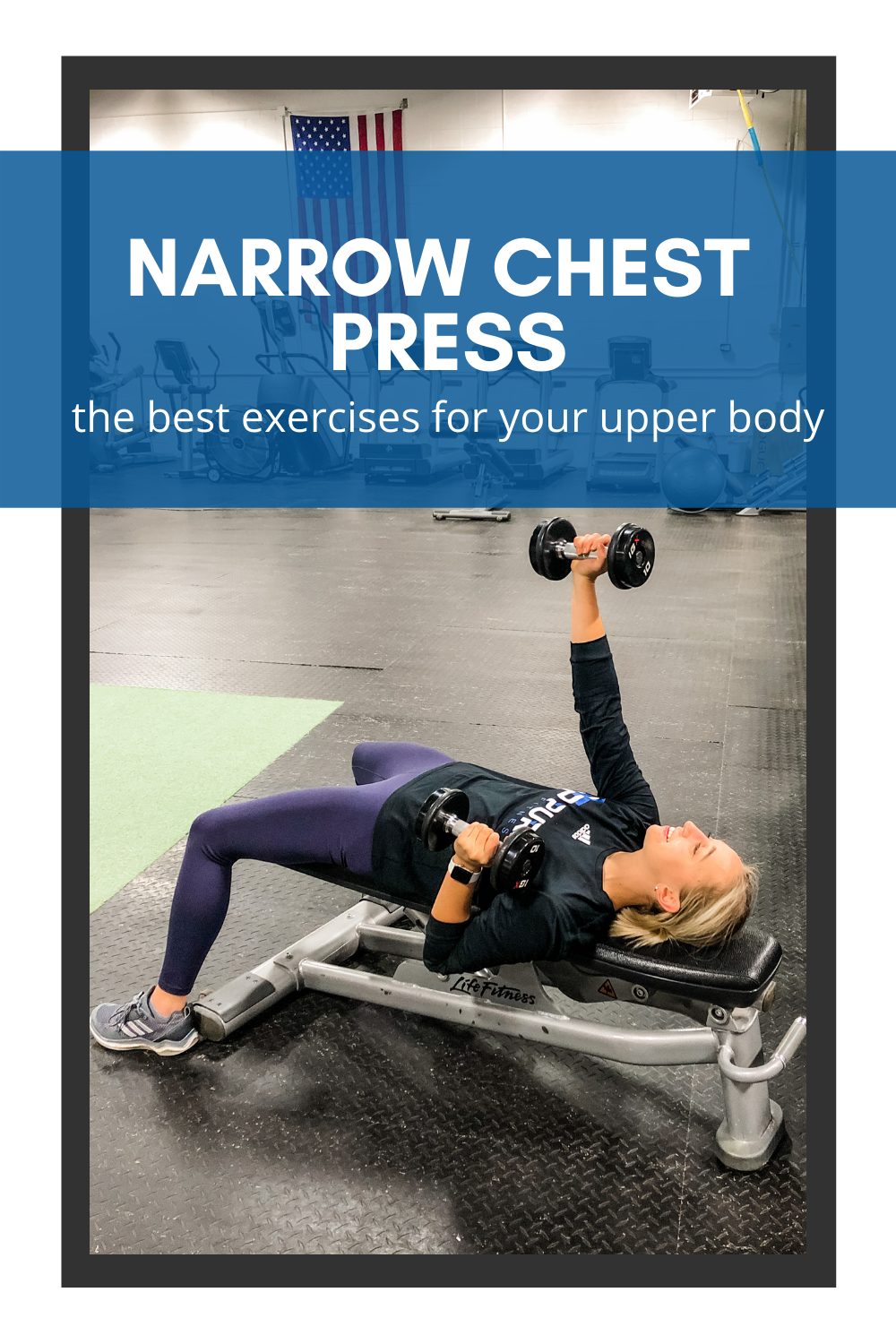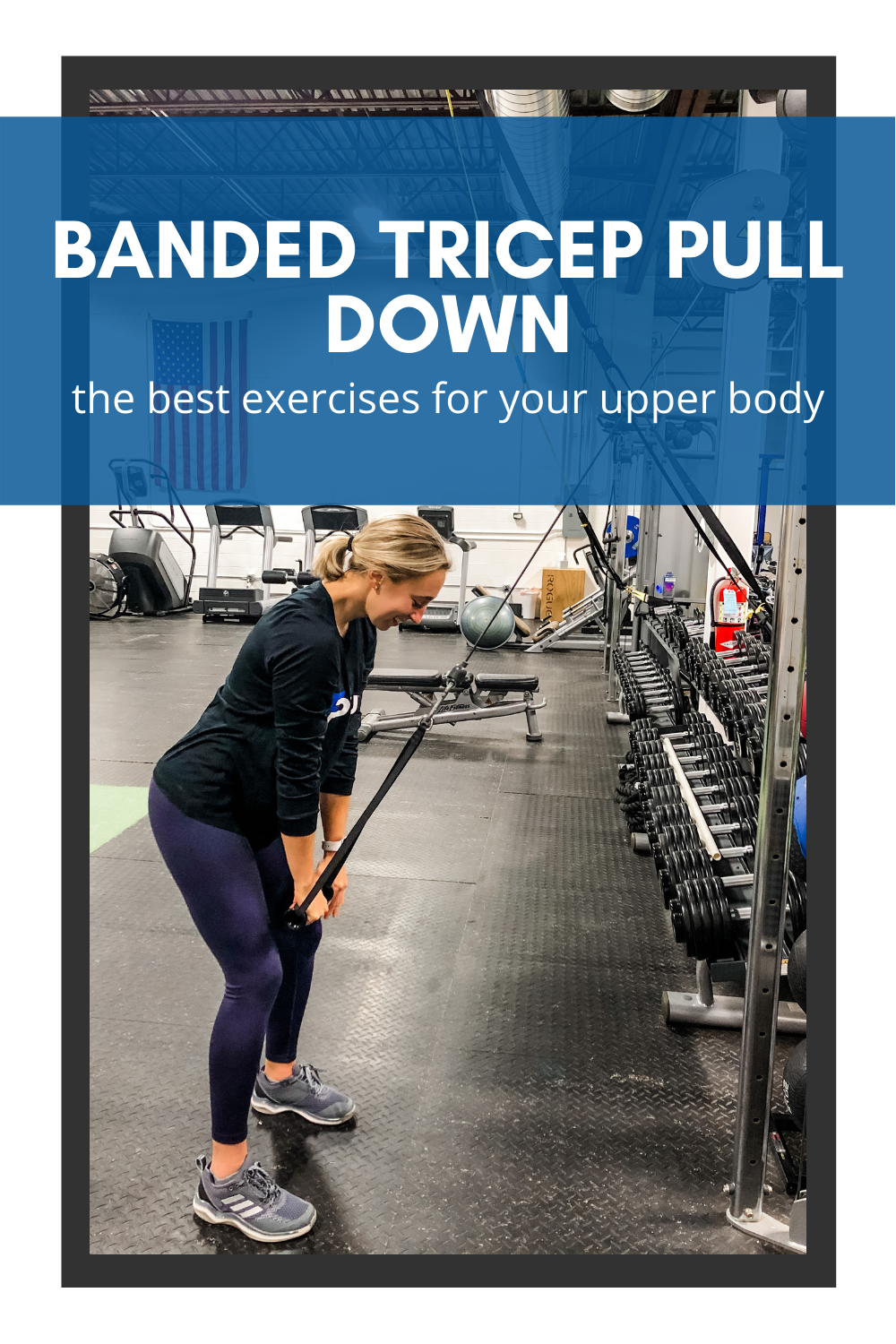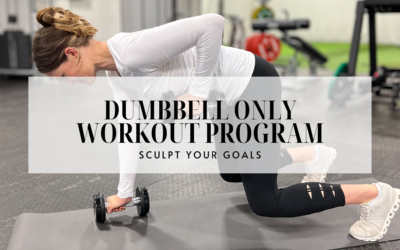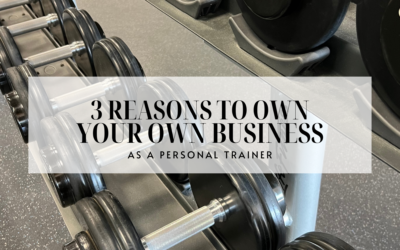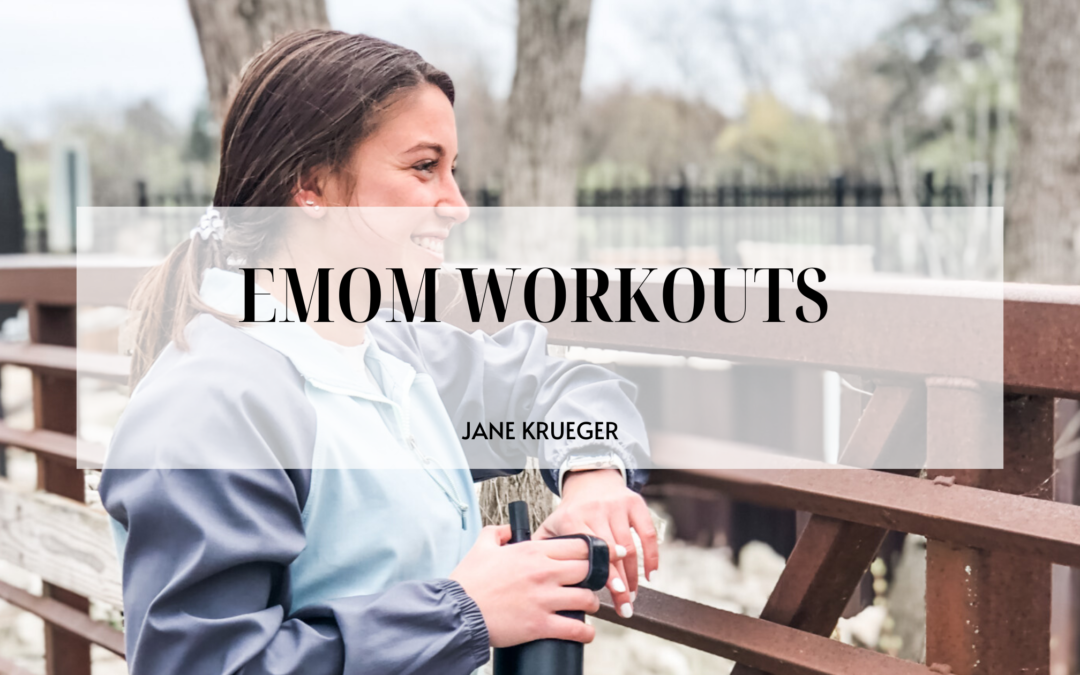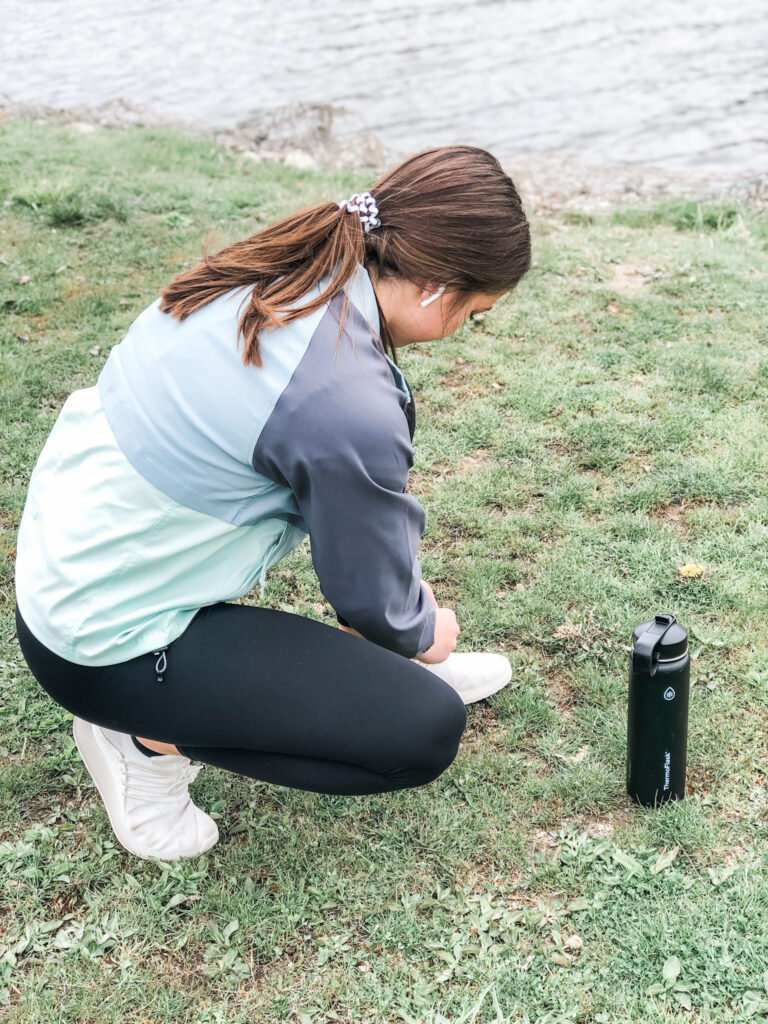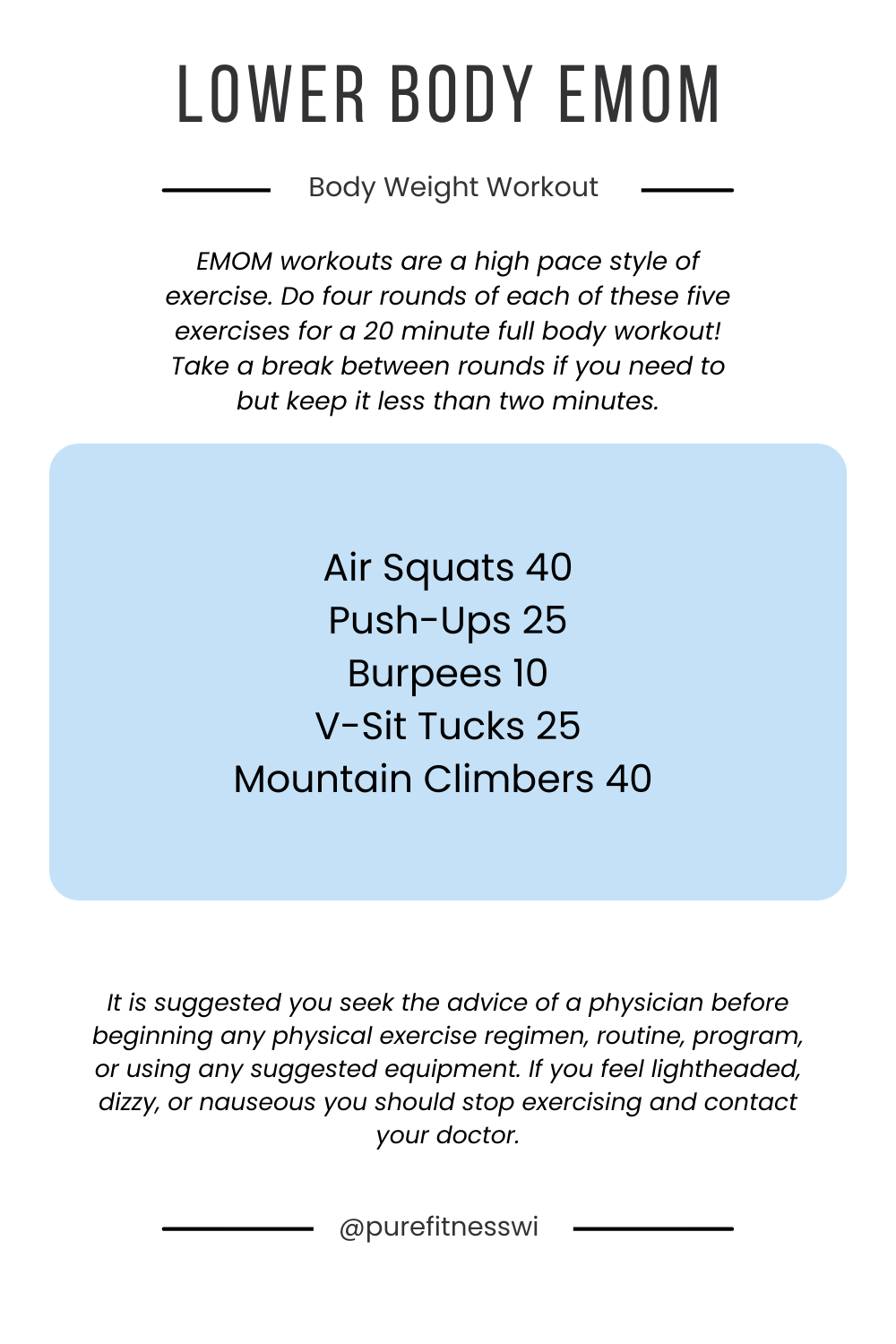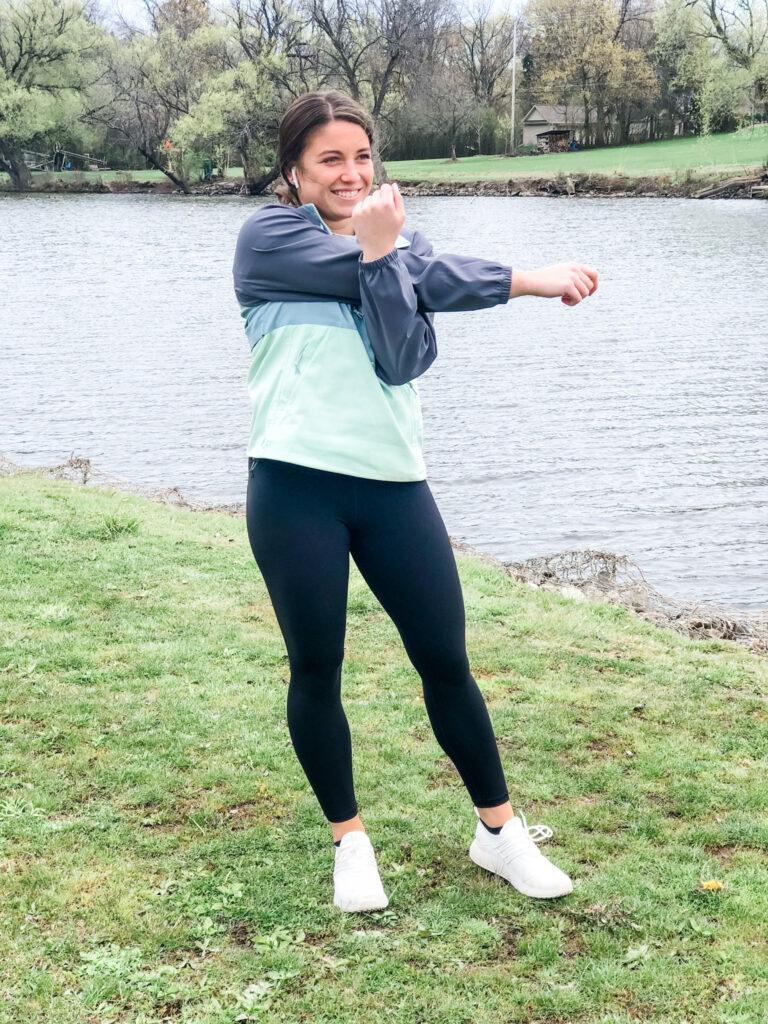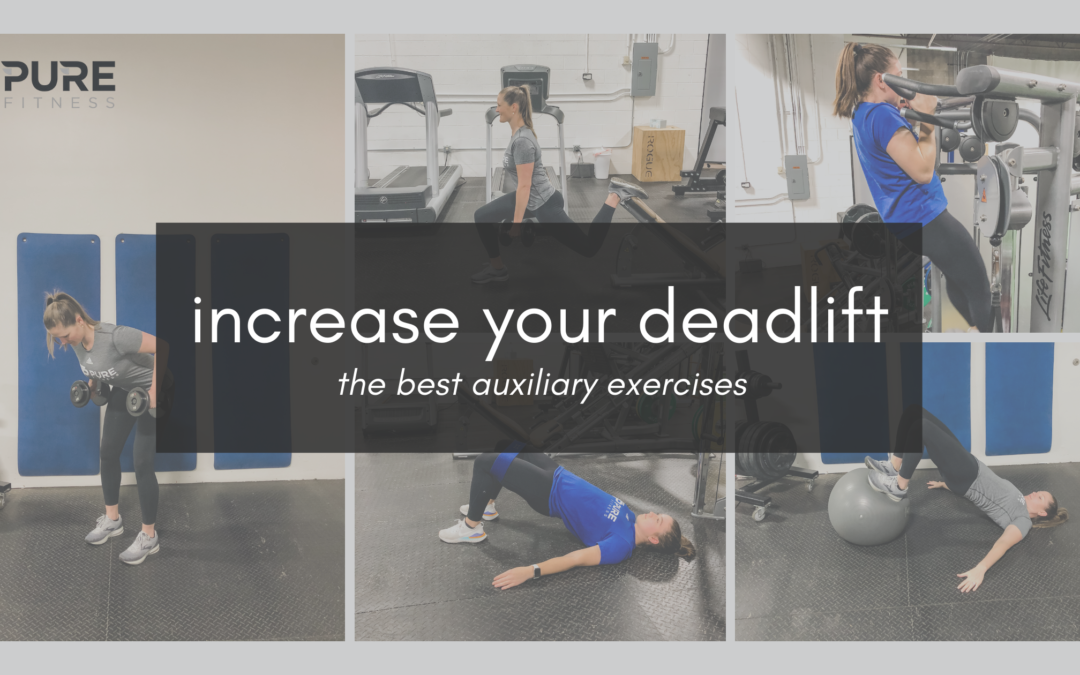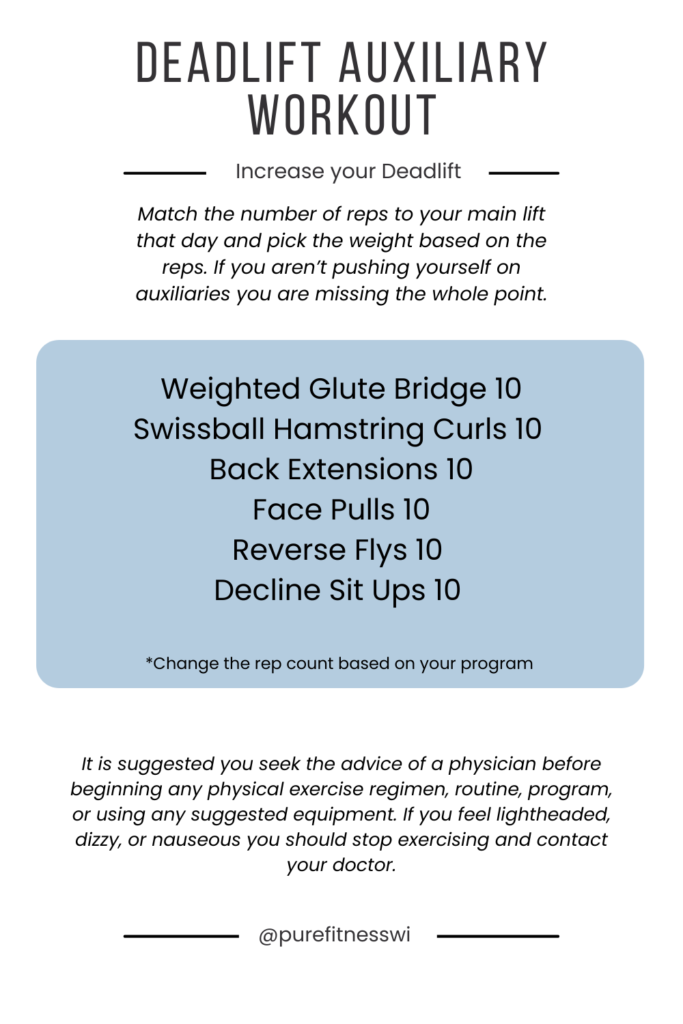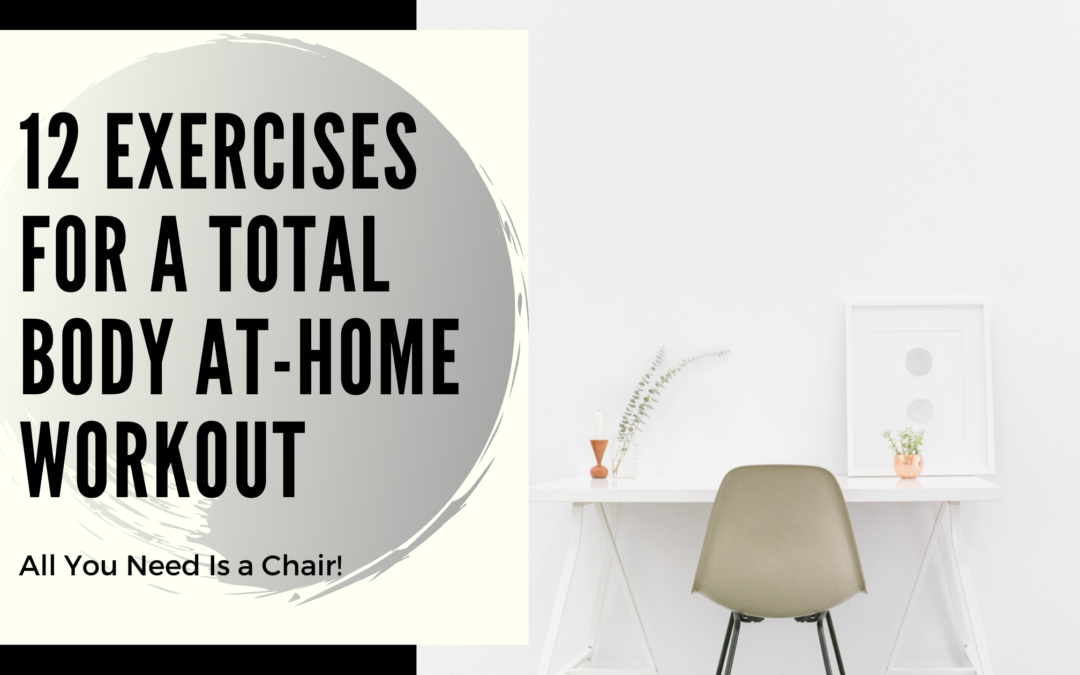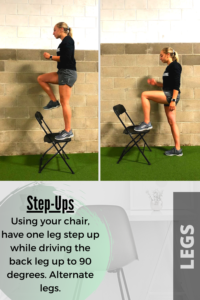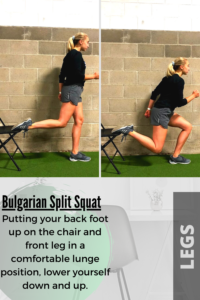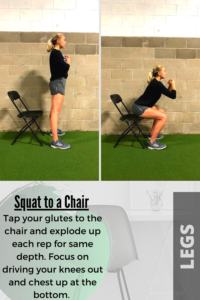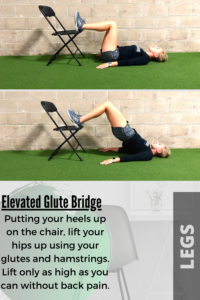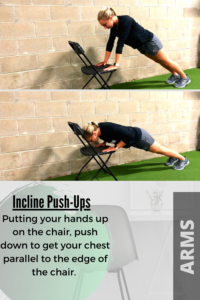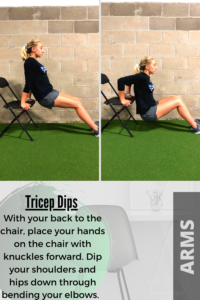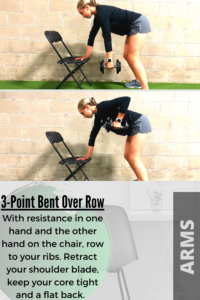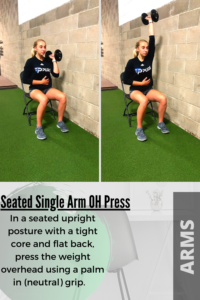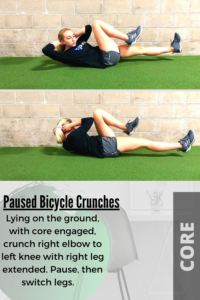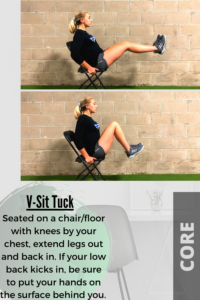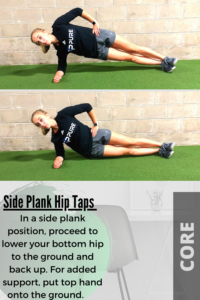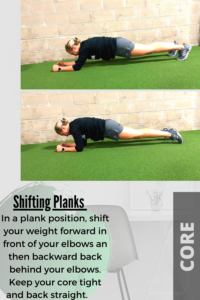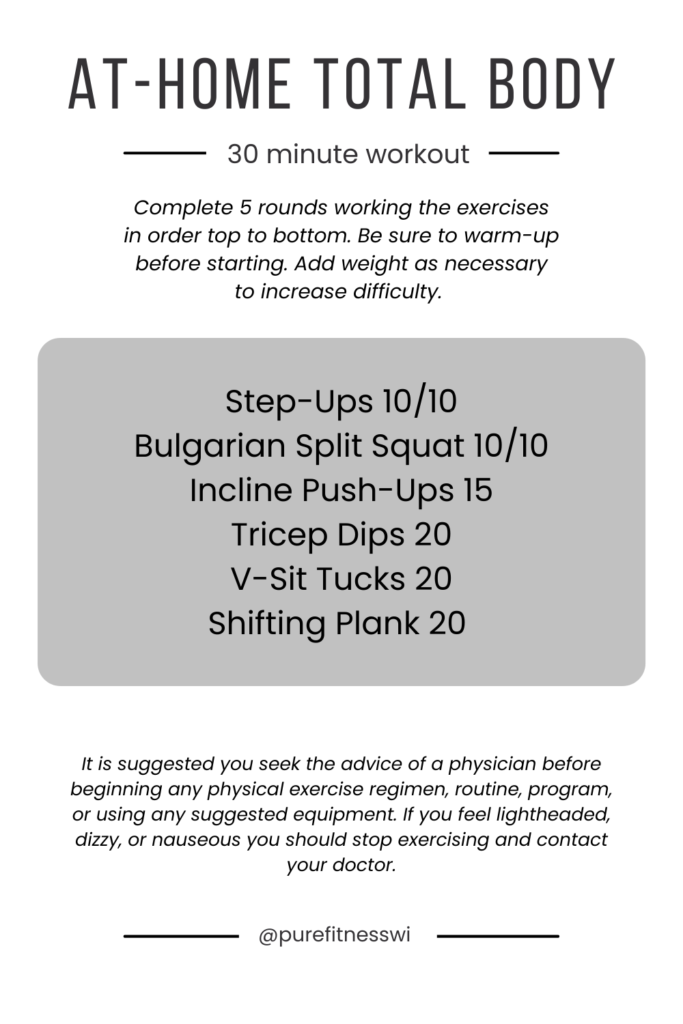Are you looking to transform your body, boost your fitness, and achieve your health goals without the need for expensive gym memberships or fancy equipment? Look no further! I have an amazing solution for you, my Bodyweight Workout Program. In today's fast-paced...
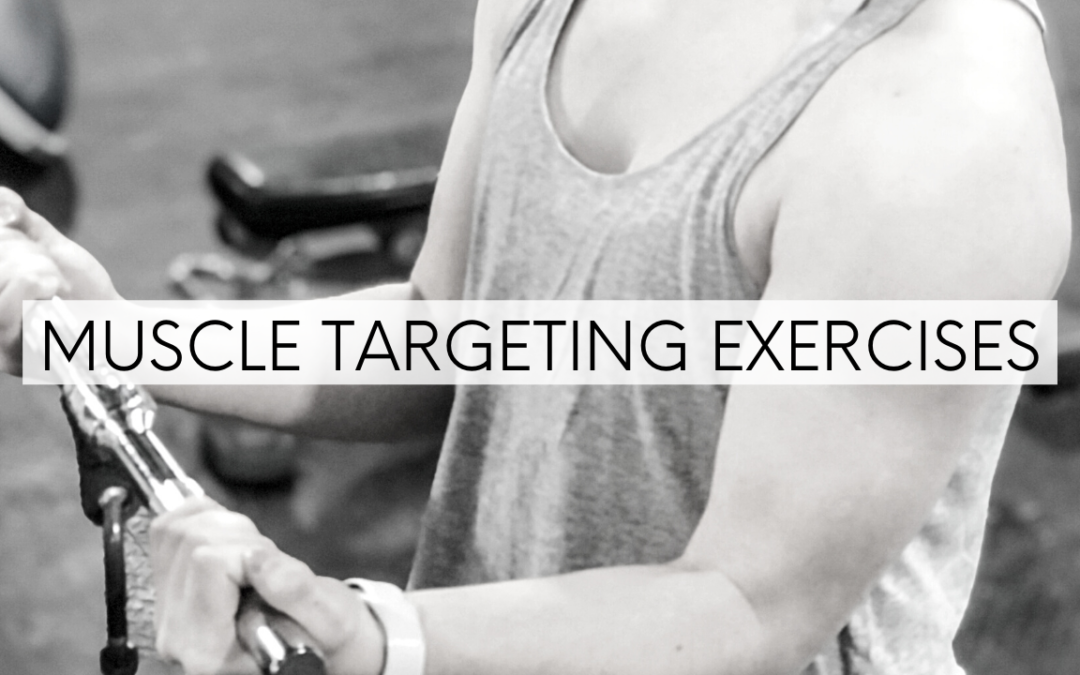
DISCOVER THE BEST MUSCLE TARGETING EXERCISES
Targeting a muscle group is part of any well designed program. Below is a list of 10 different muscles or areas of the body and some of the best exercises to target them. Keep in mind this is not an exhaustive list, but consists of very effective exercises that you can’t go wrong using.
The purpose of this post is not to encourage spot reduction, but to be able to effectively work the desired muscle group for the purpose of strengthening it.
Table of Contents
- Back Targeting Exercises
- Shoulder Targeting Exercises
- Bicep Targeting Exercises
- Tricep Targeting Exercises
- Glute Targeting Exercises
- Hamstring Targeting Exercises
- Quad Targeting Exercises
- Oblique Targeting Exercises
- Upper Abdominal Targeting Exercises
- Lower Abdominal Targeting Exercises
- Exercise Gallery
- Equipment
Back Targeting Exercises
The muscles of your back include your latissimus dorsi, deltoid, rhomboids, and teres major and minor to name a few. It is important to strengthen these muscles to open up the anterior of our shoulders. improve posture, and elongate the appearance of our body.
Swimmers
In a prone position, start with your hands overhead and thumbs together. Proceed by moving your hands out away from your body, keeping your elbows almost straight, and then bringing them back toward your glutes. This should work to engage and burn out those posterior shoulders!
Variations: Standing – on a bosu or on single leg, paused, one arm at a time.
Reverse Flys
The reverse fly is executed by holding two dumbbells out in front of you in a forward hinged position with a tight core. With a slight bend in the elbows and palms facing in, control the weights out to the side as you retract your shoulder blades. Be sure to really pinch those shoulder blades to effectively target the rhomboids.
Variations: Pause at the outer most point, stand with a single leg balance, rotate your palms to face up or down.
Bent Over Rows
Start by standing in a bent over (or hinged) position with your back flat and core engaged, and the weights hanging directly below your shoulders. With your palms facing inward, pull the weights up toward your ribcage by retracting your shoulders blades, allowing your elbows to pass your ribcage. Avoid any flexion or extension (bending) at your wrists.
Variations: Use an underhand grip, use an overhand grip, pause at the top, alternate sides per rep.
Single Arm Rear Deltoid Raise
Holding a dumbbell in one arm, have a slightly bent over position with your opposite hand resting on your knee and the weight hanging directly below your shoulder. With a straight arm, extend the weight back while keeping your chest forward to not activate the anterior shoulder. All the work should be in your posterior deltoid!
Variations: use a resistance band, eccentric work as you very slowly resist the force and control the return to starting position.
Banded Pull-Apart
Grabbing both sides of a long resistance band, grip the band according to the difficulty you would like with palms facing up. The closer your hands are together, the more difficult. In a smooth and controlled movement, pull the band apart with your hands while bringing your shoulder blades together for great posterior shoulder work.
Variations: Diagonally pull the band apart, elbows fully bent or fully extended.
Band Face Pulls
Looping the band around a pole, banister or anything stable you have available, grip the band with palms facing toward the floor. Pull the band toward your forehead to activate the deltoids for great back work. As always, keep the core engaged to prevent low back extension (arching).
Variations: Try the exercise in a hinges position for more core work and increased back load, single arm.
Shoulder Targeting Exercises
The shoulder joint is very dynamic, allowing for a wide range of movement, which means it needs a lot of stability to stay healthy. It also means it can be susceptible to injury and that not every exercise is right for every person.
Neutral Grip Press
Starting with the dumbbells at your shoulders and palms facing in, proceed to raise them up above your head. The keys here are not to let your lower back arch or let momentum take over. These can be prevented by keeping core tension and focusing on the movement in the shoulder.
Variations: Palms facing outward, use band instead of dumbbells, add a curl before the press, seated or standing, in an isometric lower body hold, single leg or on a bosu for balance.
Front Raise
Starting with the dumbbells at your side with palms facing in. Lift them up in front of your body until about shoulder height. The dumbbells should not be lifted higher than that. Your core should remain tight to not allow your back to arch at the top.
Variations: Palms facing toward the ground, seated or standing, use one weight instead of two, banded instead of dumbbells, in an isometric lower body hold, single leg or on a bosu for balance.
Lateral Raise
Similar to the front raise, a lateral raise is just going to go out to the side of your body instead of in front of it. For the lateral raise, your palms will be facing the front of your body. As always, core tension is important. Similar to the front raise, it is important not to raise the weights above shoulder height.
Variations: Palms facing toward your body, seated or standing, banded instead of dumbbells
Upper Body Mountain Climbers
Start in a push-up position with feet shoulder-width apart. Begin by lowering one elbow to the ground, then the other. Using the first arm, extend the elbow to go back to the push-up position. Then do the other arm. Start with the other hand the next rep. Be sure to keep a neutral spine and tight core during the reps.
Variations: To make the exercise easier elevate your arms off the ground using a bench or try it from your knees. To make it more challenging try using a bosu ball (round side up) at your elbows or feet, add a lower body movement between each rep, or place a weight on your upper back (don’t let it fall off!)
Bent Over Y’s
In a slightly bent over position, start with your arms between your legs and palms together. In a smooth and controlled motion, raise your arms above your head while keeping your thumbs toward the ceiling. At the top position your arms should form a Y with the rest of your body (hence the name)!
Variations: Add small weight (2.5s, 5s), Lay prone on the ground (start overhead and lift a couple inches off the ground), swimmers.
Arnold Press
Start with your palms facing your body and weights up in front of your face. The first step is rotating your arms from in front of your face to the side of your head so that your palms face outward. The next step is to push the weights up overhead with the palms still facing out. As you lower the weights down, repeat the same pattern in reverse. This creates some great rotational work in the shoulders.
Variations: This is an exercise done best without any variations because it keeps the load most heavily focused on the shoulders.
Bicep Targeting Exercises
The biceps are made up of the brachioradialis, brachialis, and the biceps brachii (long and short head). When people think of the biceps, they think of bulky muscles and definition in the arms. However, those biceps are more than just for looks. Our Biceps are one of the main muscle groups we use in our everyday life. From carrying in our grocery bags, lifting up the trash bags, and even having to do our hair for a long period of time.
Bicep Curls
This is one you see almost everyone doing in the gym. One of the most simplistic exercises for targeting those biceps. Start with the weights at your side with palms facing forward. Flexing at the elbow proceed to lift the weights up toward your shoulders while putting the load into your biceps. As always, keep core tension and limit momentum moving the weights.
Variations: take your arms to the outside of your hips and perform wide curls, stand on a bosu, single leg or in a split stance to challenge balance, use resistance bands or a cable to change the load.
Hammer Curls
This is going to be the same as your bicep curl, but switching your grip to have your palms facing each other. This is just going to target a different muscle head of your bicep to put the load into your bicep brachialis.
Variations: bring your arms in a crossbody pattern alternating hand towards opposite shoulder, stand on a bosu, single leg or in a split stance to challenge balance, use resistance bands or a cable to change the load.
TRX Bicep Curl
Starting with your palms facing up in the TRX bands, position your body to the level of difficulty you desire. The more parallel your body is with the ground, the more difficult it will be. Proceed to bend your elbows towards your chest to lift your body up. It is very important to keep core tension and limit low back arching.
Variations: change your palm positioning and try overhand (palms down) and neutral grip (palms in), try single arm or single leg and fit the rotation that gravity applies to you.
Isolation Work
This is not a specific exercise, but incorporating a single arm curl while the other hold the dumbbell with 90 degree flexion can be very effective in strengthening the biceps. This can also be done with an isometric hold during a pull-up. This just helps us work not only eccentric and concentric, but also isometric!
Variations: try a flexed hang from a pull-up bar or single arm bent over row with the non-rowing arm holding a (isometric) row position.
Eccentric Neutral Grip Pull-Up
By either climbing up or jumping up to have your chin over the handles, lower your body downward toward the bench or ground with a 3-5 count. This is going to work your biceps eccentrically. It is a more advanced exercise, but can be really effective in strengthening your biceps.
Variations: change your hand grip for an increased challenge – wide palms facing away is the hardest. Add a weight vest to increase the load
Tricep Targeting Exercises
Working our triceps can be tough. They are a small muscle group that can fatigue quickly. But working on our triceps is just as important as getting strong biceps. They can help increase numbers for a bench press, help get those toned arms people are always searching for, and just assist with every day activities.
Tricep Dips
A favorite among anyone who looks to work their triceps. This is a simple exercise in which you start with your hands behind you on the bench with knuckles forward. While being slow and controlled, lower your body to the ground to reach about 90 degrees of flexion at the elbows. The further away your legs are from you, the more difficult the intensity!
Variations: hold a weight on top of your legs, pause at the bottom, or add leg raise with toe touch at the top.
Tricep OH Extensions
Holding a dumbbell or resistance of your choice above your head with full extension at the elbows, lower the weight down behind your head. It is very important to resist the tendency to arch the low back. Prevent this by keeping core tension and letting your triceps do the work. Limit the work that your shoulder is doing and keep the focus on the triceps.
Variations: increase weight or reps, add a single or double leg lower to get the core active, or add a skull crusher between each rep.
Tricep Push-Ups
Set up in a high plank position with your hands directly below your shoulders. As any other push-up, lower yourself toward the ground and push back up while maintaining a flat back and tight core. The narrow position of your hands will allow for the load to go into your triceps. This can be done on your knees or on an incline as well.
Variations: elevate the legs, single leg, weight on the back, pause at the bottom, or hold a plank after completing your last rep.
Narrow Bench Press
Lying supine on a bench or on the ground, start with the dumbbells above your chest. Lower the weights down toward your chest while keeping your elbows in tight to get the work into your triceps. Your grip should be neutral, having your palms face each other.
Variations: increase weight or reps, put your feet on the bench, or lower the weights on a 5 count loading the eccentric phase.
Banded Tricep Pull-Down
Attaching the band higher up on a banister, pole, or anything you have (or use a cable as seen in the picture), place hands about shoulder width apart on the band to start. Extend your elbows to bring the band down toward your hips. Be sure to keep core tension to not let the work go into your low back. This can also be done with a cable machine using the handles or rope attachment.
Variations: single arm pull-downs, hand on top of hand pull-down, or standing on top of a bosu.
SKLZ Single Arm extensions
Using your SKLZ sliders, a towel on a hardwood surface, or a Tupperware lid on carpet put one underneath one of your hands in a kneeling position. As you extend the hand with the SKLZ, the other arm goes into elbow flexion, keeping the arm close to your body. This creates a single arm tricep push-up in the arm off of the SKLZ.
Variations: this is an advanced movement, you may need to regress and perform tricep push-ups and the ab wheel separately to build enough strength and stability. You can make this harder by going from your toes and even harder by elevating your feet or putting them on a bosu.
Glute Targeting Exercises
Posterior chain training, which includes your glutes, is so important to your overall health. Lack of proper glute activation and engagement can lead to pain (back, hip, knee), and many other issues throughout the kinetic chain. Learning how to focus and use this muscle will change not only your workout, but the way your body feels!
Banded Step-Outs
With the band right above the knee, start with your knees slightly bent. Step out to the side with one leg, then switch to have the other one step out while still standing in the right spot. Be sure to think about squeezing your glutes to prevent your hip from doing the work.
Variations: Make it a band walk by stepping out and together for about 10 yard and back! Put the band below your knees to make it harder.
Glute Bridges
Lay on your back with your knees bent and feet on the ground. Proceed by lifting your hips up toward the ceiling and engaging your glutes. What we want to prevent here is a low back arch and pain. The goal is to be able to have a straight line between your head, hips, and knees. However, this should not come at the expense of low back pain and using the wrong muscles.
Variations: Elevate your heels on a bench, put a band above your knees, pulse at the top, add a weight on your hips, or try them on single leg.
Plank Leg Lifts
In an elbow plank position, start with your feet about shoulder width apart. Lift one leg up no higher than the hips, so that you just use your glute to extend your hip. Alternate and do the same thing on the other leg. This should all be done while keeping your core engaged and a flat back. Tip: squeeze your glute before your foot leaves the ground.
Variations: Add a band above your knees, move to a high plank, have your elbows or hands plank on a bosu.
Clam Shells
Lay on your side with your knees bent at 90 degrees with a band just above them. Think about your heels being in line with your glutes. Your arms can be in whatever position is most comfortable. Squeeze your glutes to lift the top leg against the resistance of the band. Again, this should only be done in the range of motion that only engages your glutes, and not your hips. Control your legs as they lower back down to the starting position.
Variations: This one can be done without a band as well, in a side plank from your elbow or with your butt against the wall to control any torso rotation isolating the work to your glutes.
Reverse Hyper
This is not a piece of equipment most would have at home, but at your gym go find this machine! It is one of the most effective exercises for targeting your glutes. Lying on your stomach with hands on the bars, start with your legs hanging toward the ground. Begin by lifting your legs up through your glutes. Similar to the plank leg lifts, be sure to prevent low back arch by not extending higher than your hips.
Variations: If you do not have this equipment, you could replace it with a banded hip extension or backward band walk
Squat
Although the squats hit pretty much every muscle in the lower body, it can be great for our glutes. If you don’t feel your glutes working during the squat try using one of the above exercises before squatting to “wake them up”. Super setting squats with a glute isolated exercise can provide a great glute burn.
Hamstring Targeting Exercises
Training our hamstrings involves a lot of hip hinging or flexion at the knee. The more you teach your hips to hinge properly, the better off you will be in real life. Hamstrings are very active as you bend down to pick things up or do other everyday tasks (laundry, gardening, stairs, etc.).
Bonus! Training your hamstrings effectively will make you faster if you are an athlete. This is due to their role as a hip extensor which also helps in your ability to decelerate and change direction.
Single Leg RDL
This is one of my personal favorites, and not just because it does a great job of targeting your hamstring. Start balancing on one leg with a slight bend in the knee. Proceed by hinging at your hips, pushing your butt back while keeping your core tight and back flat. The leg not on the ground will extend back while your hips and shoulders stay square to the ground. Reach for mid-shin with your hands or to the length that your hamstring and good form allow. Return back to the upright position, tapping the other foot down when needed.
Variations: Add weights in each hand, only one weight in one hand, perform on a bosu, use a cable as resistance, use a swiss ball under the back foot.
Double Leg RDL
Very similar to the single leg RDL, the double leg starts with a slight bend in the knees and a hip hinge back. Lower the weight to below the knee, again only as low as your great form allows. Return back to neutral by standing up tall and squeezing your glutes at the top. This is a great bilateral alternative to the single leg RDL.
Variations: Use a barbell instead of dumbbells, perform on a bosu, use a single weight, use a cable, or make it a complex with other exercises.
Hamstring Curls on Swiss Ball
With your back flat on the ground and your knees bent at 90 degrees, put your feet up on the stability ball. Lift your hips up as if your were doing a glute bridge. Extend your legs out while keeping the stability ball underneath your feet. Pull the stability ball back in using your hamstrings and maintaining core tension so that the work is not felt in your low back.
Variations: Put your feet in TRX straps, try single leg curls, or place your feet on the SKLZ sliders
Hamstring Walk-Outs
Begin with shoulders and feet on the ground with your hips up in a glute bridge position. Begin by stepping out with your heels alternating right and left. Step out 2-3 steps each side, then walk back in to the original position.
Variations: add a band above your knees to increase glute engagement, squeeze a medicine ball to work your inner thighs also, hold a weight on your hips.
Kettle Bell Swings
With a little bit of knee bend and holding the weight between your legs, start with the same hip hinge back as your would with a double leg RDL. Proceed by bringing the weight forward in a swinging motion by pushing your hips back to neutral and squeezing your glutes. Do not use your arms to bring the weight higher or let momentum do the work.
Variations: Use dumbbells as your resistance, use a band to pull through your legs
Eccentric Hamstring Curl
While on your knees, your feet can either be pinned down by a partner, or have them in a machine in the gym. Slowly lower your chest toward the ground until you cannot anymore. Either drop to the ground or use a stick as assistance to lift yourself back to the original kneeling position.
Variations: If you are crazy you could try this single leg 😜 otherwise you could use a hamstring curl machine focusing on slow extension to get an eccentric load.
Quad Targeting Exercises
These are mass muscle movements. This means that in the list below I am not giving you quad isolated movements. Rather movements where the quads are active and prime movers. When these exercises are used consistently and properly you will benefit from stronger quads. Work them routinely on a weekly basis to see your work pay off.
If you have any lower body joint issues or chronic pain I suggest you find an experienced and educated fitness professional to help you get started. And remember if you are light headed or dizzy you should stop exercising,
Goblet Squat
Standing in an upright position, hold a dumbbell at your chest. Proceed by bending you knees and squatting down. Keys are to not let the weight bring your chest toward the ground, but instead keep good posture. This does not mean arching your back, instead keep good core tension. When coming out of the bottom of the squat, use your quads to help push your body back up to neutral.
Variations: Swiss ball on the back against the wall, standing on a bosu ball.
Wall Sit
Although this is a fairly common exercise, it can often be done incorrectly. Sit against a wall as you would sit in a chair with your feet shoulder width apart. Be sure to keep your upper body in contact with the wall. Do not let the weight get too far on your toes or heels. Aim to sit as close to 90 degrees at your hips as you can.
Variations: Use a Hip Circle band and pulse your knees out, put a med ball between your legs.
Leg Press
Seated in the chair place your legs on the platform at a comfortable position as you would with a squat. Push the platform up and release the safety bars using the handles. Proceed to bring your knees toward your chest, going only as close as your hip mobility and strength allow. Push back up to the original position without locking out your knees. Once you complete the reps return the safety bars to their original position.
Variations: Single leg, toes out with a sumo stance.
Split Squat
Start with one leg out in front of you with the weight mid-foot to heel and the other one behind you on the ball of your foot. Lower your body down by bending both of your knees but keeping your posture upright and your core tight. The goal is to reach 90 degrees in both knees while still keeping great form. Return to top position and repeat.
Variations: Swiss ball on the back, front foot on Bosu, back foot on bosu.
TRX Single Leg Squat
Using the TRX straps, go as far back as you can while keeping your elbows bent comfortably at your side lift one leg up out in front of you. Sit back as if you were doing a normal squat, while letting the leg not on the ground stay out in front of you. Be careful not to lean too much into the bottom leg or let your chest fall toward the ground. Push up through the ground to lift yourself up and squeeze your glute at the top.
Variations: Foot on Bosu, without TRX for advancement.
Bulgarian Split Squat
Similar to the split squat, the Bulgarian elevates your back foot onto a bench. The weight should still be mid-foot to heel on the front foot. The back should be either on the ball of your foot or rest the top of it on the bench. Proceed to lower yourself keeping the same upright posture and knee staying in line with your front toe. Push off of the ground to bring yourself back to the top.
Variations: Add weights, add a rotation for stability.
Oblique Targeting Exercises
The obliques serve a great purpose as the muscles that support the sides of our core. They assist in the deep exhalation in our breathing routine. They help us with rotation, anti-rotational stability and overall strength in the core. Training your obliques should be a part of your program.
Side Plank Hip Taps
Start in a side plank position with your bottom elbow directly below your shoulder. The other hand can be on your top hip, extended toward the ceiling on the floor for some balance. One leg should be stacked on top of the other. Begin by lowering your body to the ground so that your bottom hip taps the ground. Do not do this at the expense of your form. Make sure your knees, hips, and shoulders all stay in line.
Variations: Bottom knee bent on the ground to decrease load, elbow on stability pad or bosu ball, hold a weight in your top hand.
Plank Hip Dips
In an elbow plank position with tension in your core, be sure not to have your hips too high or your low back arch with hips too low. Proceed by trying to tap one hip to the side and then switch over to the other. It is not essential to tap each completely to the ground if it means your feet are coming off the ground. This one crushes my obliques!
Variations: Elbows or feet on the soft side of a Bosu Ball or stability pad.
Side Plank Crunch
Start in the same position as the side plank hip taps above. Begin by bending your top knee and top elbow. Have that elbow and knee meet in the middle as you crunch through your top oblique and your bottom one stabilizes isometrically. Return to the original position and repeat.
Variations: Bottom knee on the ground, elbow or bottom foot on a stability pad or bosu ball.
Pallof Press
Using a band or a cable machine, stand so that your side is facing the machine (perpendicular). Have your inside hand on the bottom and outside had overtop. Bring the cable handle or band to the middle of your chest at your sternum. Keeping a tight core, press straight out with the handle/band, then return to the chest. Be sure to control the band or cable keeping your hands moving in a straight, consistent line.
Variations: add a rotation in before you press, use a split stance, or incorporate a bosu ball at your feet.
Woodchoppers
Hold a weight in your hands (dumbbell, weight plate, med ball) and start in a loaded position with the weight at your shins on one side of your body. Using your core to rotate, bring the weight back up across your body to about shoulder height on the other side. Continue by diagonally chopping the weight down on the outside of your body near mid-shin where you started and repeat.
Variations: bring the weight all the way over head at top.
V-Sit Twists
Start by sitting in a v position with your pelvis tucked under so that your core is thoroughly engaged (if you cannot do this without back pain, use a different exercise). Holding a weighted resistance in both hands, move it front one side of your hip to the other in a twisting motion.
Variations: add a press, tuck, single leg tuck, flutter kick or scissor kick after the twist.
Upper Abdominals Targeting Exercises
Targeting the upper abdominals can be tough because working this area of our core often times means a lot of crunches. These usually bore people, give them neck pain, and even when done improperly can lead to some lower back discomfort. Here are 6 variations of a regular crunch that give you better targeting of your upper abdominals.
Straight Leg Sit-Up
Begin by lying flat on the ground, with your arms overhead and your legs straight out. Ensuring that your core is properly engaged by tucking your hips under, proceed to do a sit up while keeping your hands above your head and your legs out straight. Come up only so that you are in a seated position. Then lower yourself back down without letting your back take over the work.
Variations: Hold light weight with one hand, both hands or a weight in each hand.
Flatback Bicycle
Lay flat on the ground with your legs bent at 90 degrees with feet in the air and your hands behind your head. Proceed to crunch your opposite elbow and knee together as your head rotates with it. Extending the opposite leg straight. Repeat the other direction, as the other elbow comes to the other knee.
Variations: Pause at the end of each crunch, perform in a v-sit.
Toe Touches
Lying on your back, put both feet up in the air. The straightness of your legs is going to depend heavily on your flexibility in the hamstrings. Only hold them at the range of motion you have, pain free. Have both hands up in the air, similar to the beginning stages of a deadbug. Using only your core and not the momentum from your arms, reach for your toes by crunching through those upper abdominals and lifting your shoulders off the ground.
Variations: Add a weight, hold one leg up in the air and do a single leg.
OH Extension to Crunch
Start with your back flat to the ground, your knees bent and feet on the ground, and holding a weight in your hands up in the air above your chest. Extend the weight over your head while ensuring your back does not arch off the mat as you do so. How far back the weight goes will depend on the range of motion you have in your shoulders and your ability to maintain core contraction (keeping your back flat to the ground). Return back to the original position of your weight. Proceed to crunch your upper abdominals while keeping your arms extended. Be careful to not go too far forward or the load will enter your back.
Variations: Perform with a weight in single arm to work shoulder stability and unilateral load, change the overhead extension to a skull crusher, change the crunch to a toe touch.
Penguins
Start with your back is flat to the ground, your knees are bent, your feet on the ground, and your arms are at your side. Crunch up slightly so that your head up and shoulders are peeled off the ground. Proceed to reach along the ground for your foot with the hand that is on the same side as the foot you’re reaching for. Creating a side crunch motion. Then go to the other foot and repeat, alternating each rep. This will create a rocking motion back and forth (similar to a waddling penguin). If you have any neck pain (very common) in this exercise, you can support your head with your hands and just create the same motion.
Variations: Reach to both sides then relax back to the ground, pause an hold for a 2 count on each side.
Crunch w/ Extension
Lying on the ground, bend one knee and place your foot on the ground while the other is extended straight out in the air. Have your hands at your head and proceed to crunch with your upper abdominals while the leg stays extended. Do the reps all on one leg, then switch which leg is extended. Height of the extended leg will depend on your ability to keep your core contracted, back neutral and pain free.
Variations: Adjust height of leg to increase or decrease difficulty, extend both legs to increase difficulty.
Lower Abdominals Targeting Exercises
Having strong lower abdominals can help reduce back pain, improve overall balance, and just like all core can help improve your posture. Your rectus abdominus has this lower and upper split and many people only target the upper abdominals with many crunch variations. The lower abdominals are often tougher to work and therefore get pushed aside.
REVERSE CRUNCH FOR LOWER ABDOMINALS
Lying on the ground with your knees bent at 90 degrees suspended above the mat. With your entire upper body staying grounded to the mat, lift your hips up as your knees come toward your head. Using your abdominals, crunch your knees toward your head. While still controlling through your core, return back to the original position and repeat.
Variations: Hanging from a pull-up bar, holding on to the handle of a decline bench.
V-SIT HOLD FOR LOWER ABDOMINALS
Begin seated with your knees bent and feet off of the floor. Be sure to have your core engaged by tucking your pelvis under. Place your hands directly out in front of you or holding them together above your stomach. It is important not to try and sit too upright. This is a mistake many people make that causes the load to go into their low backs.
Variations: Add a curl and press, Add a twist, do an overhead extension with it.
KICK OUT, KICK UP FOR LOWER ABDOMINALS
Lying on a bench or a mat, start with your knees tucked to your chest. You can place your hands underneath you or behind your head holding on to the bench if that is where you are doing the exercise. Begin the movement by extending your legs out so that your body is as straight as possible while still having your back maintain contact with the mat/bench. Proceed to bring your knees back toward your chest. Then, kick your legs up in air by lifting your hips off of the mat.
Variations: Perform the same actions on a decline bench.
FLUTTER KICKS FOR LOWER ABDOMINALS
Lying on a bench or a mat, extend your legs out so you are as straight as possible and feet are off of the ground. Only do this to the height where you are able to keep your back flat. Trying to get lower with your legs by arching your back will only lead to a pain in your lower back and your core not firing as it should. This kind of compromise defeats the purpose of the exercise and does you no good! With this in mind, proceed to the exercise by alternating which leg is lifted higher and which is lowered. Keep switching back and forth while maintaining good form.
Variations: Speed up your kicks and go for time or a higher rep count, slow down and control each kick with a pause and each end.
LEG RAISE FOR LOWER ABDOMINALS
Start lying flat on the ground or on a bench. Place your legs directly in the air as close to your body making an L shape as you can. This is largely going to depend on your hamstring flexibility. You can place your hands underneath you for support, hold on to the bench, or even hold on to a beam behind your head. This will help maintain core tension. With keeping your back flat to the mat, lower your legs down to as close to parallel as you can get while keeping the load in your core and not your lower back. Keeping your core braced, raise your legs back up to the starting position. This can be difficult for those who have tight hips and will sometimes cause some discomfort because of that.
Variations: Hanging from a pull up bar, single leg lower.
SCISSOR KICKS FOR LOWER ABDOMINALS
Similar to the flutter kicks, start by lying flat on a mat with your legs extended out in the air. Again, it is important to keep your back completely flat. Instead of kicking alternating your legs up and down, you are going to instead do it side to side. This is going to create a “scissor” like motion with your legs. It is also important to remember that compromising to lower your legs by arching your back does not do you any good!
Variations: Speed up your kicks and go for time or a higher rep count, slow down and control each kick with a pause and each end.
EXERCISES
EXERCISE DISCLAIMER
Before starting an exercise routine make sure that you are prepared for exercise and consult a medical professional if you have any concerns. If you are recovering from an injury be sure to have clearance to exercise from your doctor and listen to your body. Results will come from consistent work. Injuring yourself will only further delay your results.
If you feel dizzy or lightheaded you should stop exercising immediately and seek help. Pain or joint discomfort should not be ignored. If you can’t exercise without pain or discomfort you should seek out a trusted fitness professional to guide you. They will be able to adjust your form & technique, programming & volume to manage your discomfort. Make sure that you search for an educated and reputable fitness professional who will support your needs.
Unlock Your Full Potential: The Bodyweight Workout Program
Sculpt Your Goals: Dumbbell Only Workout Program
Are you ready to start a new workout program that focuses on building strength in a simple and effective manner? Then you are in the right place! My Dumbbell Only Workout Program is your answer to achieving your fitness goals. Let's explore why my program is the...
3 Reasons to Own Your Own Training Business
Owning your own training business can be an exciting and yet overwhelming thought. But ask yourself... Are you committed to the long term? Does passion and knowledge fuel your desire to work with clients everyday? Are you looking for more career advancement...


